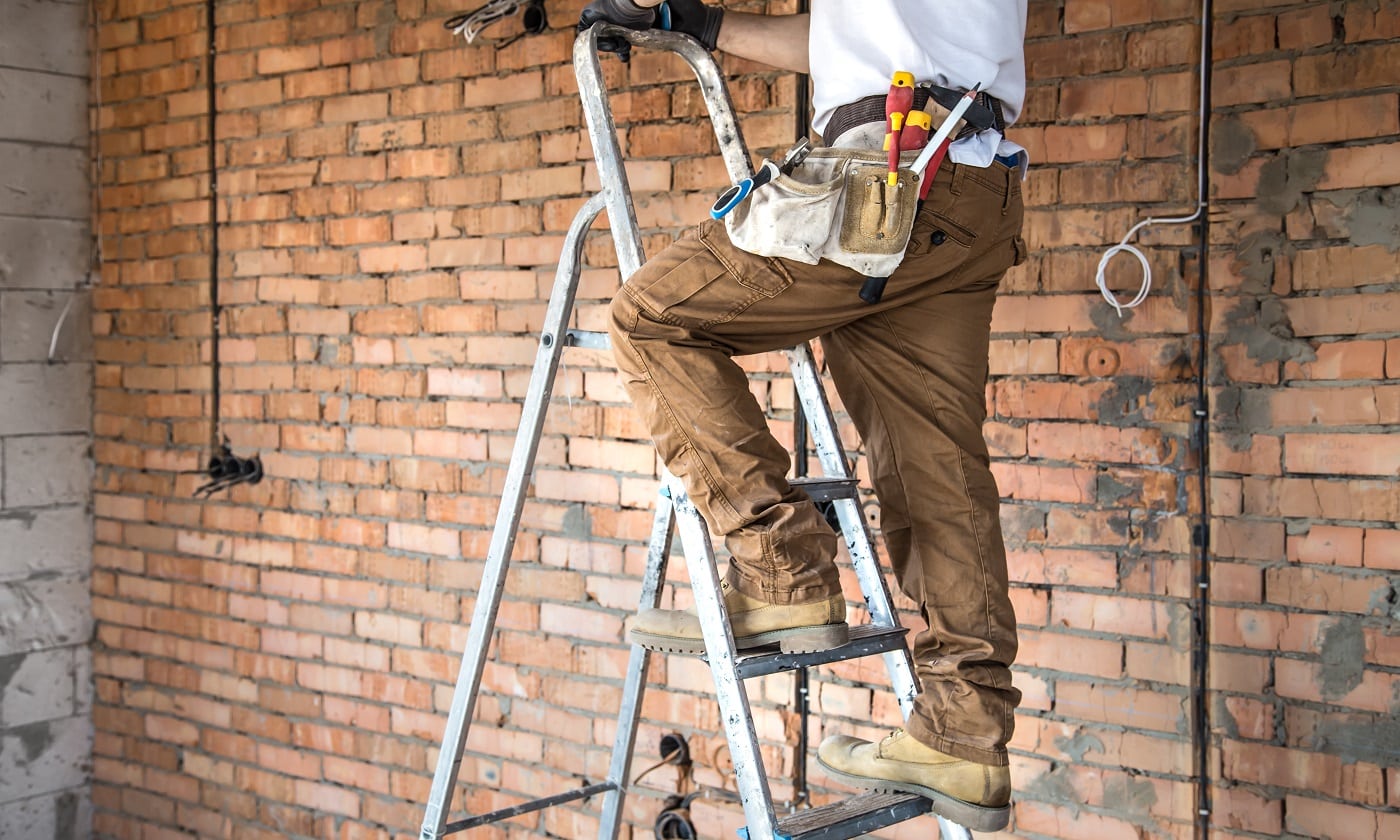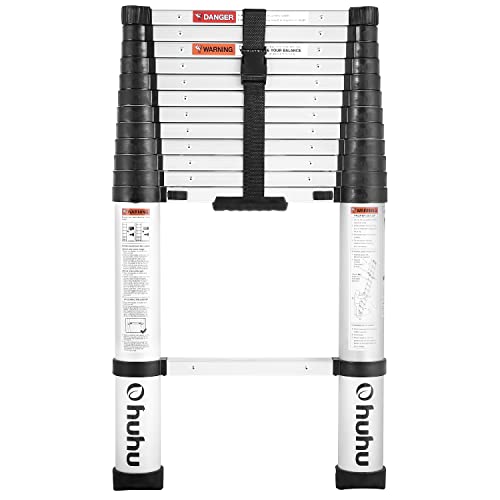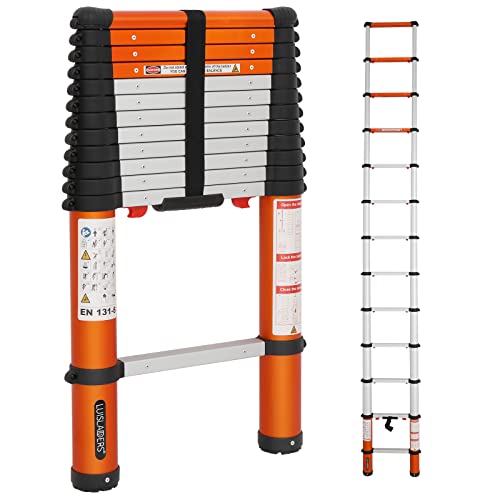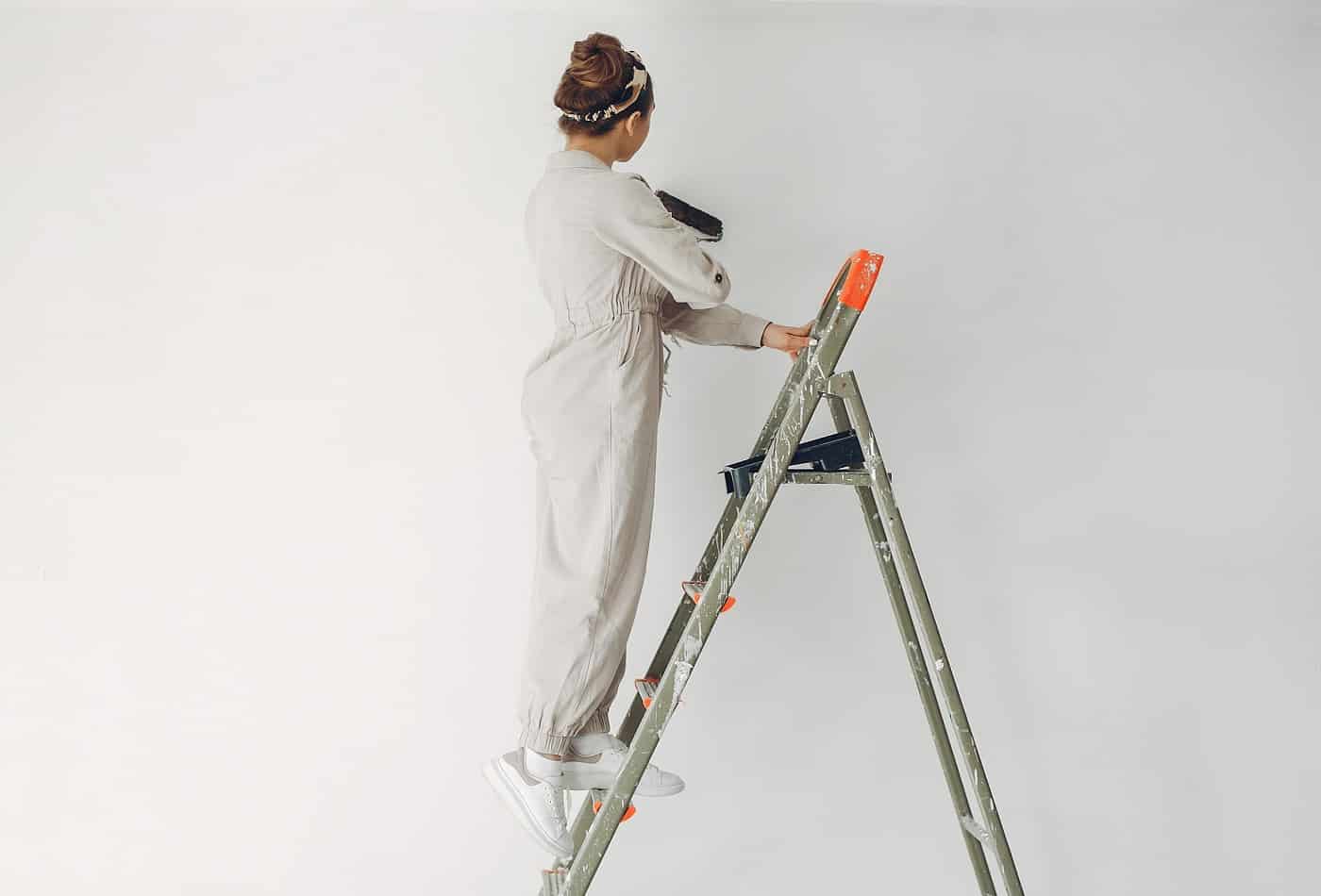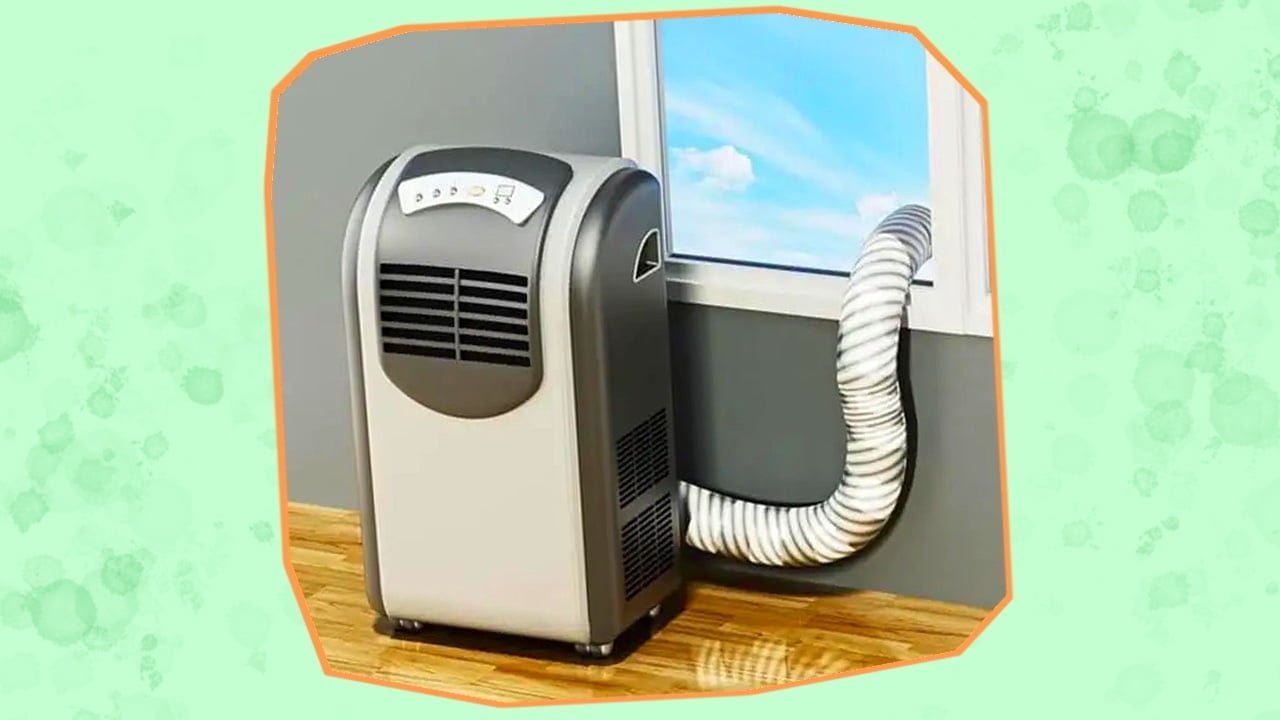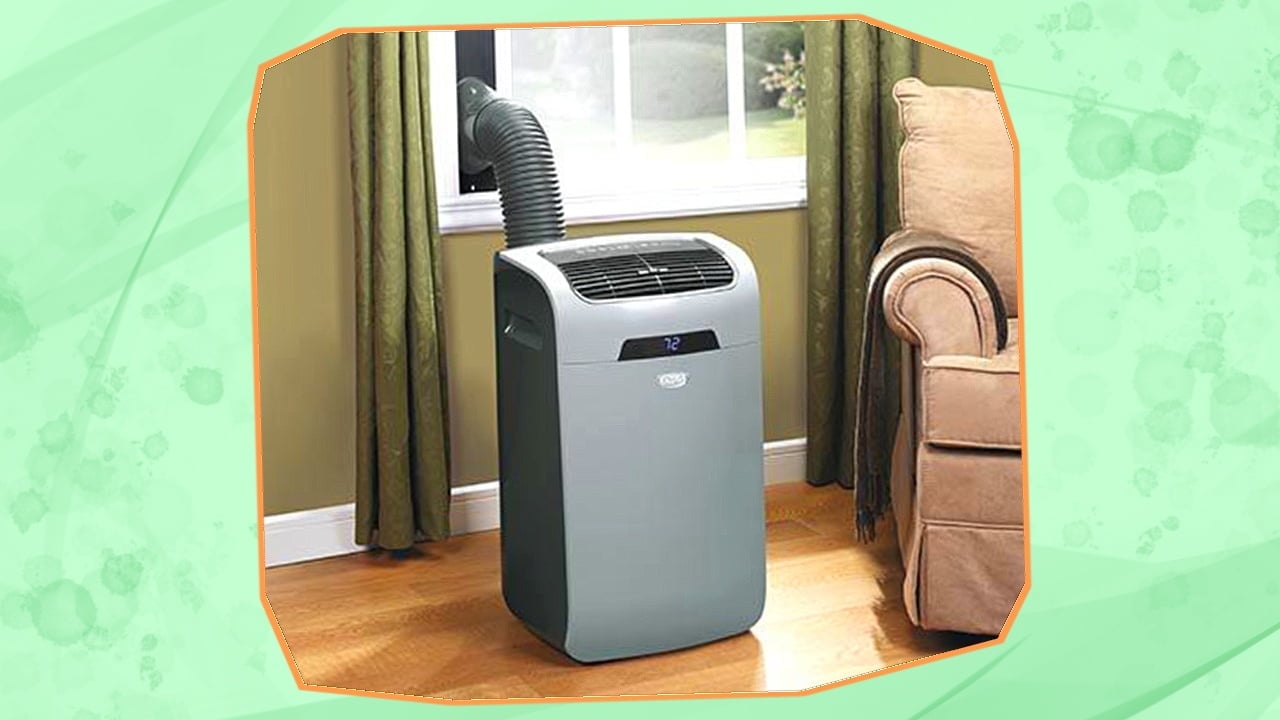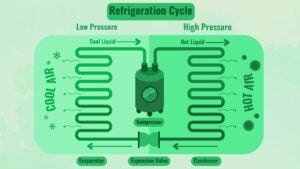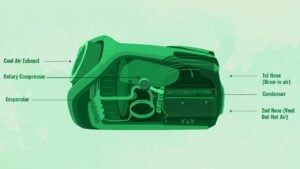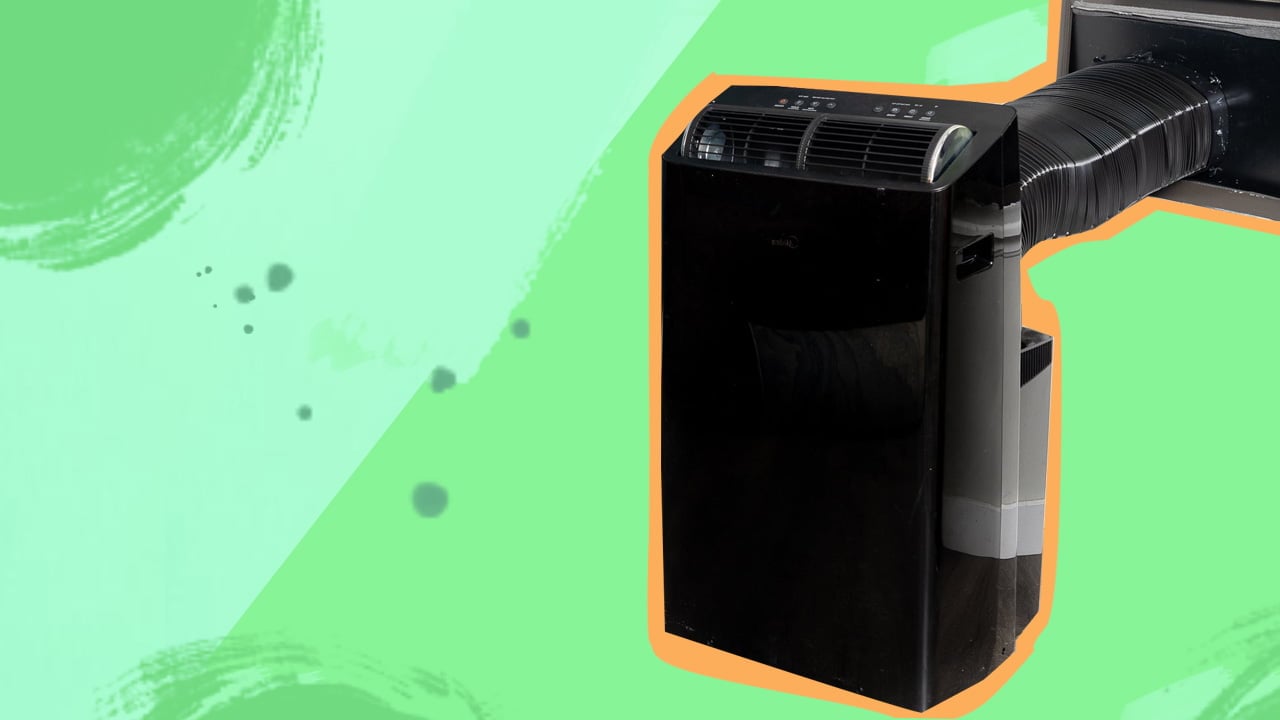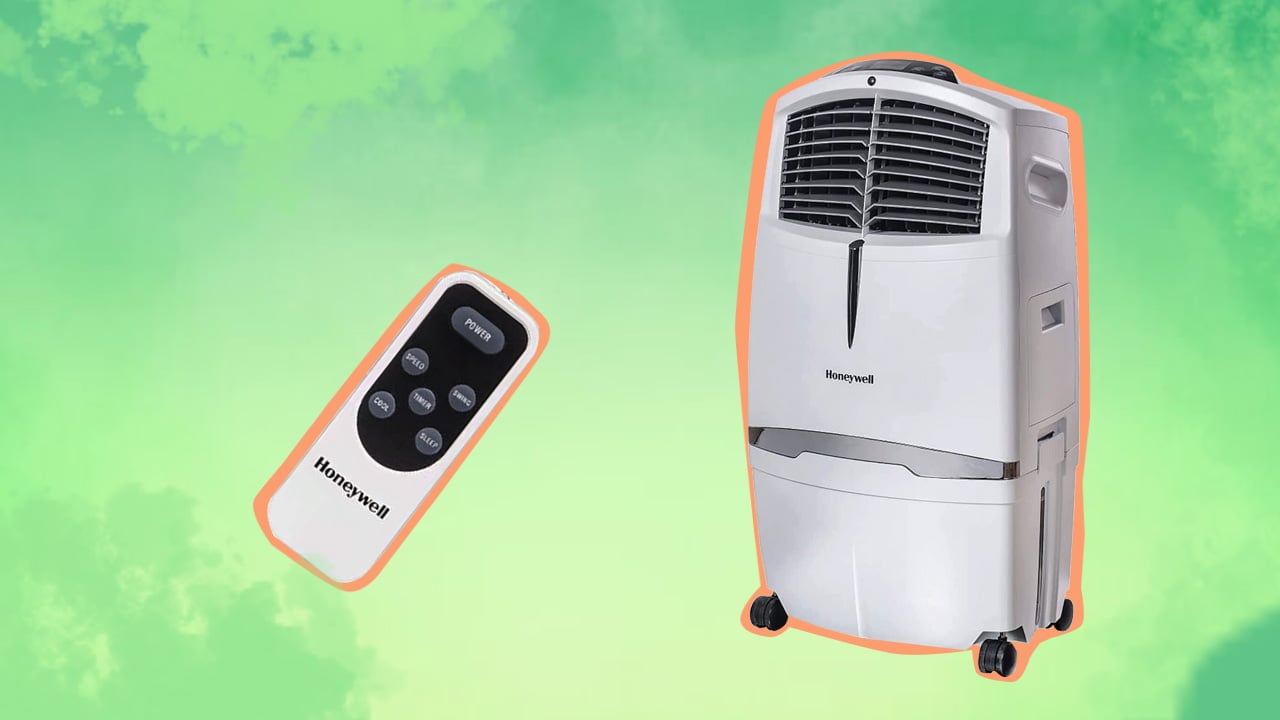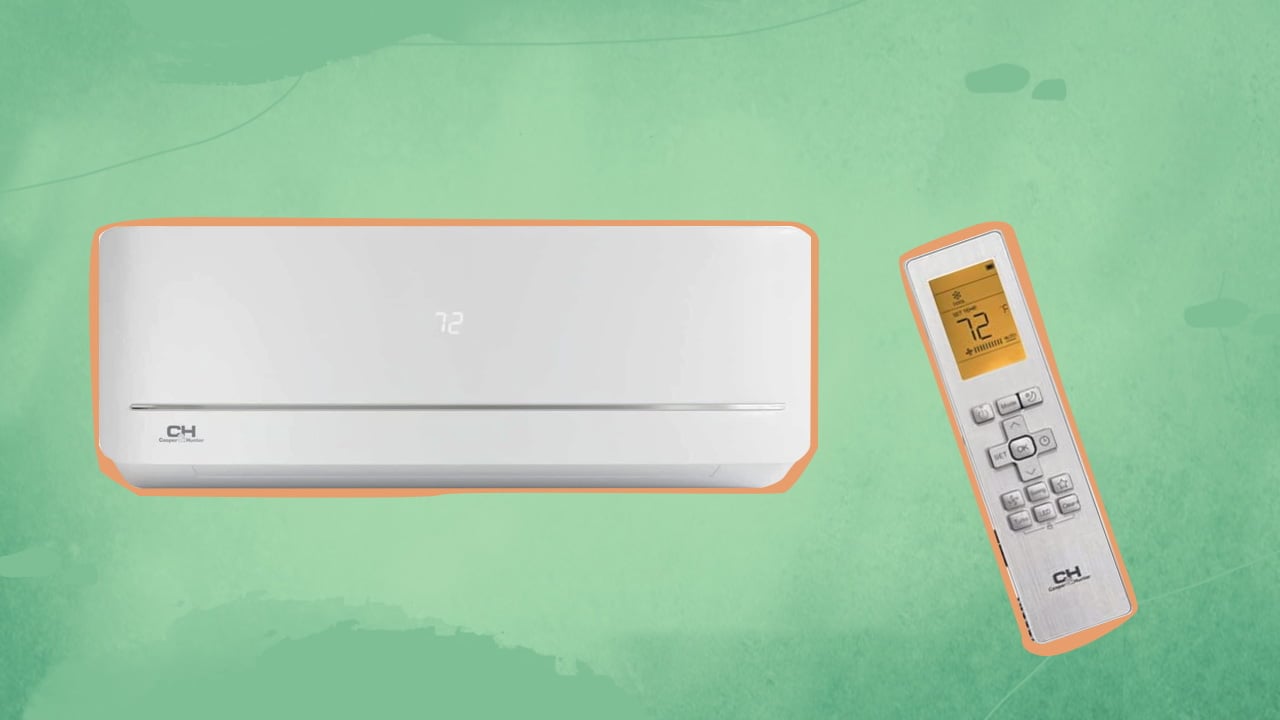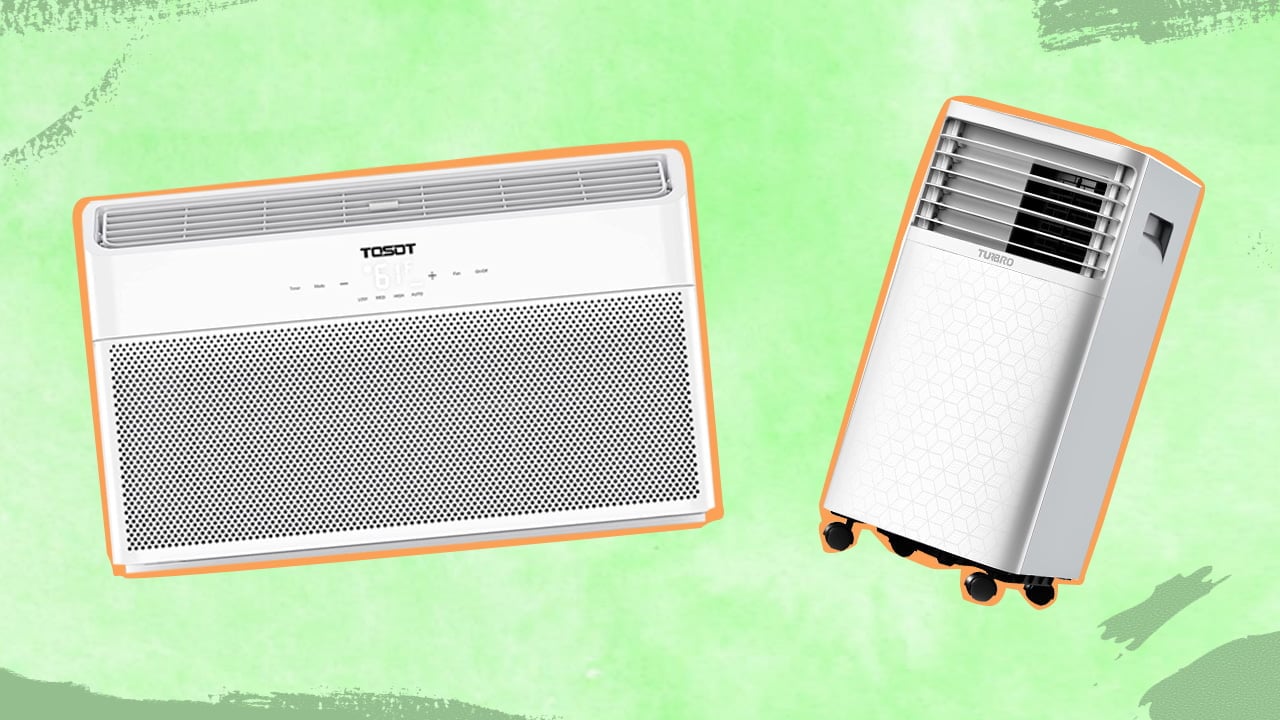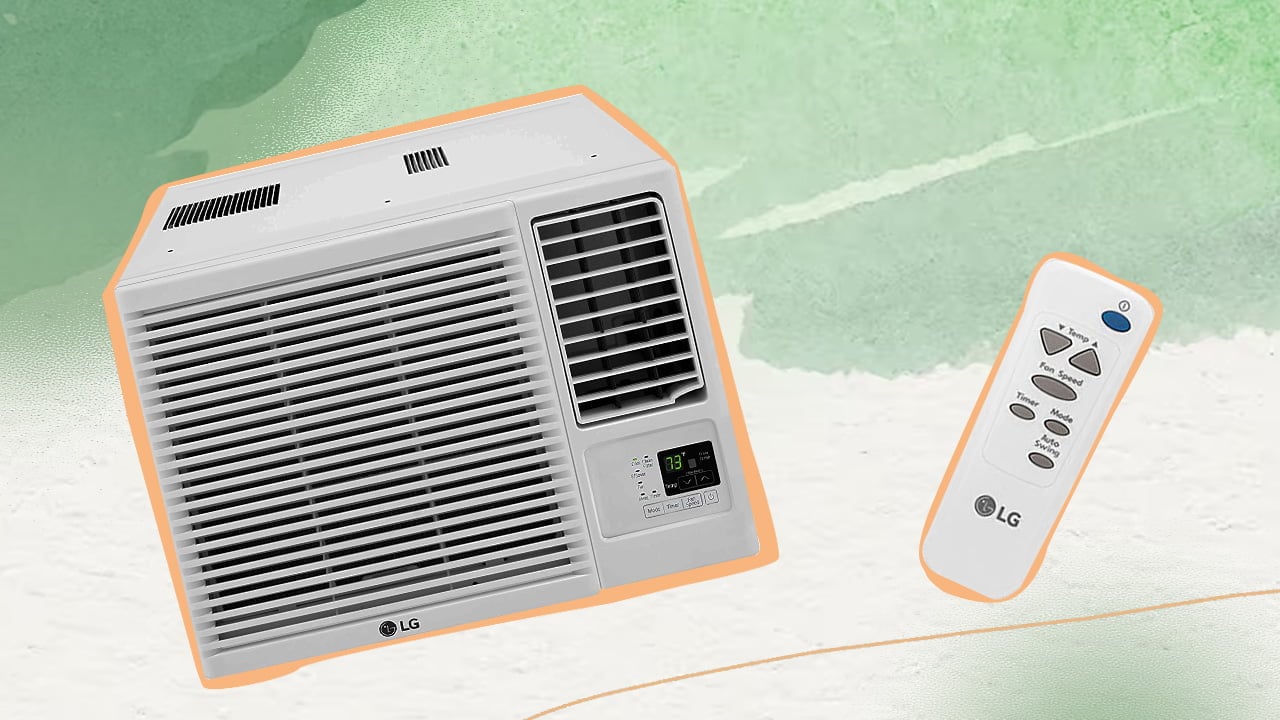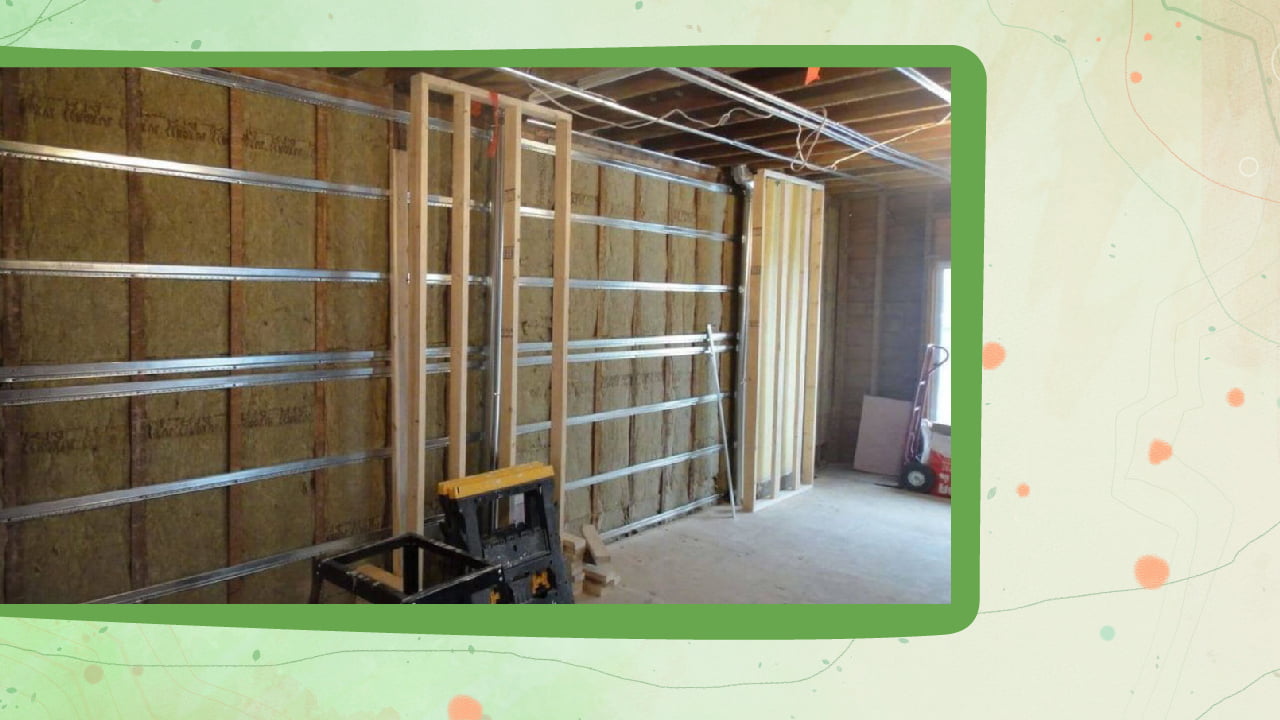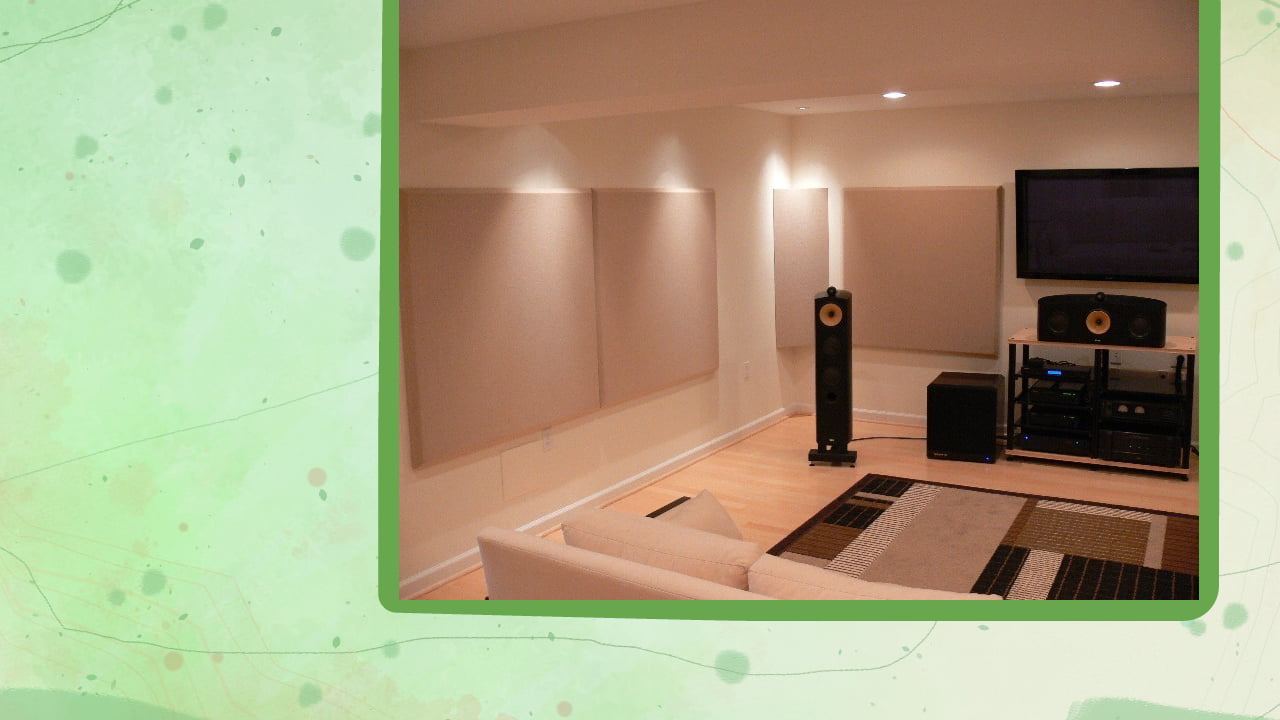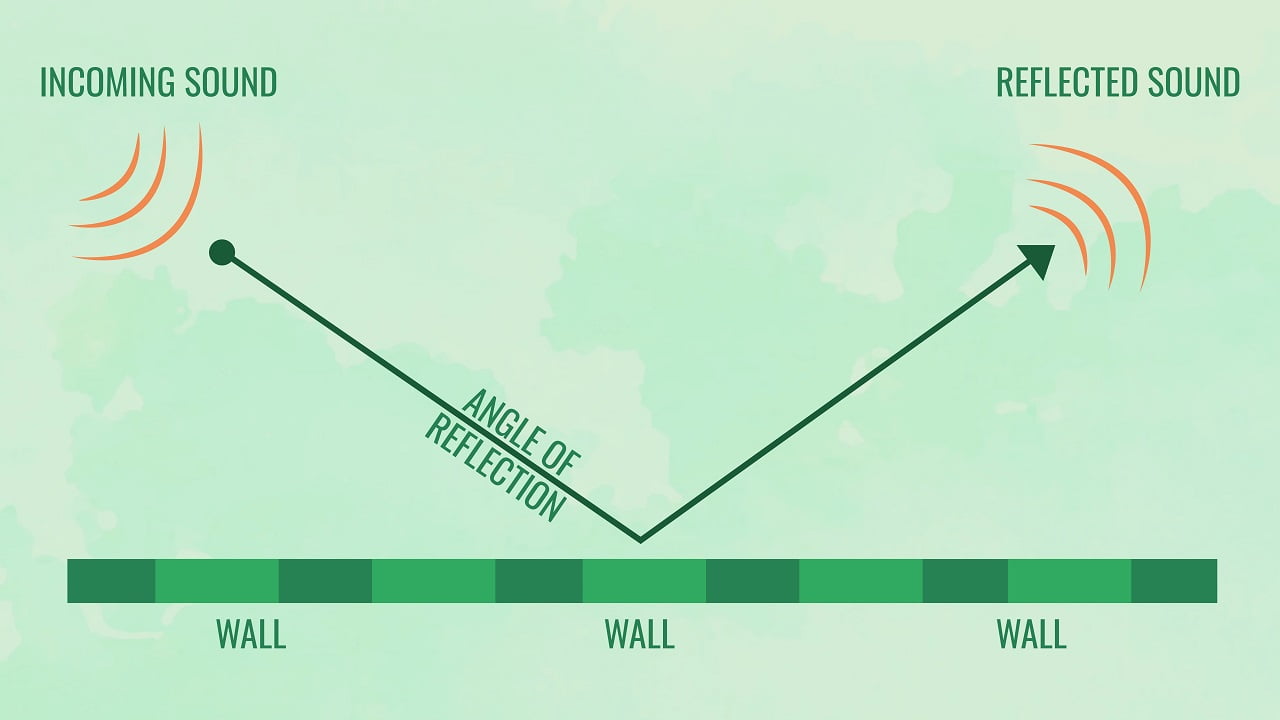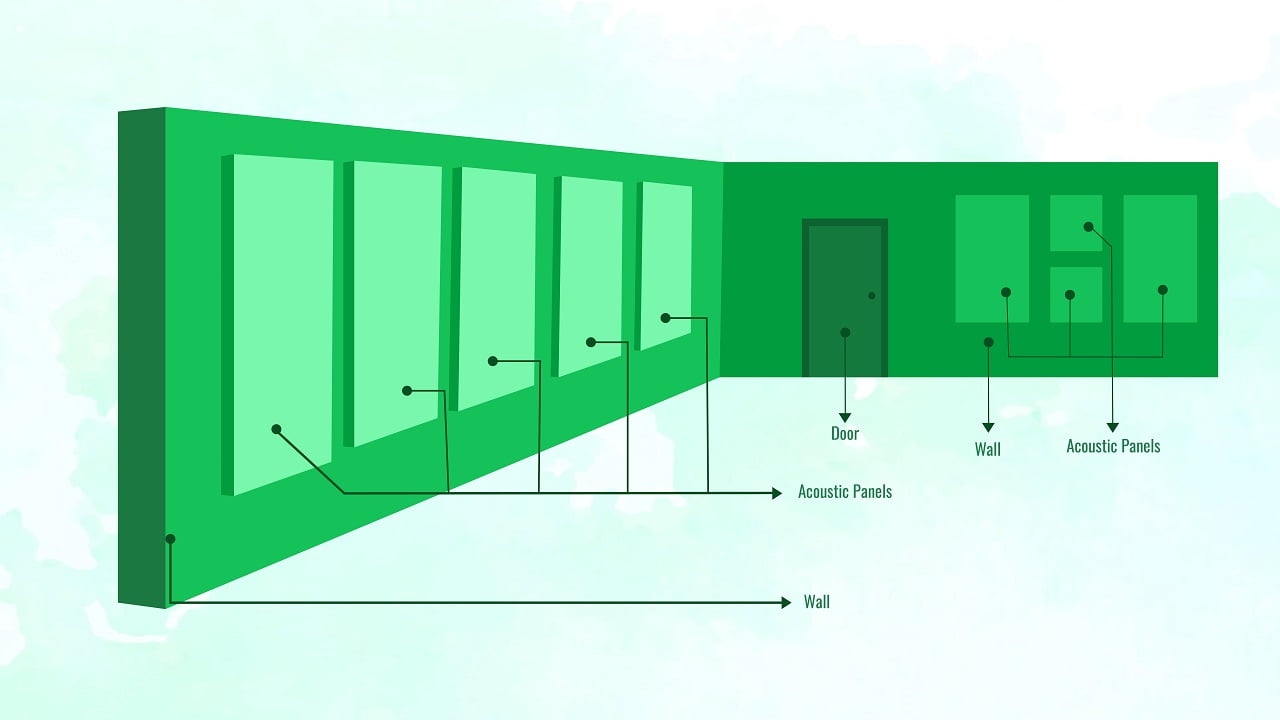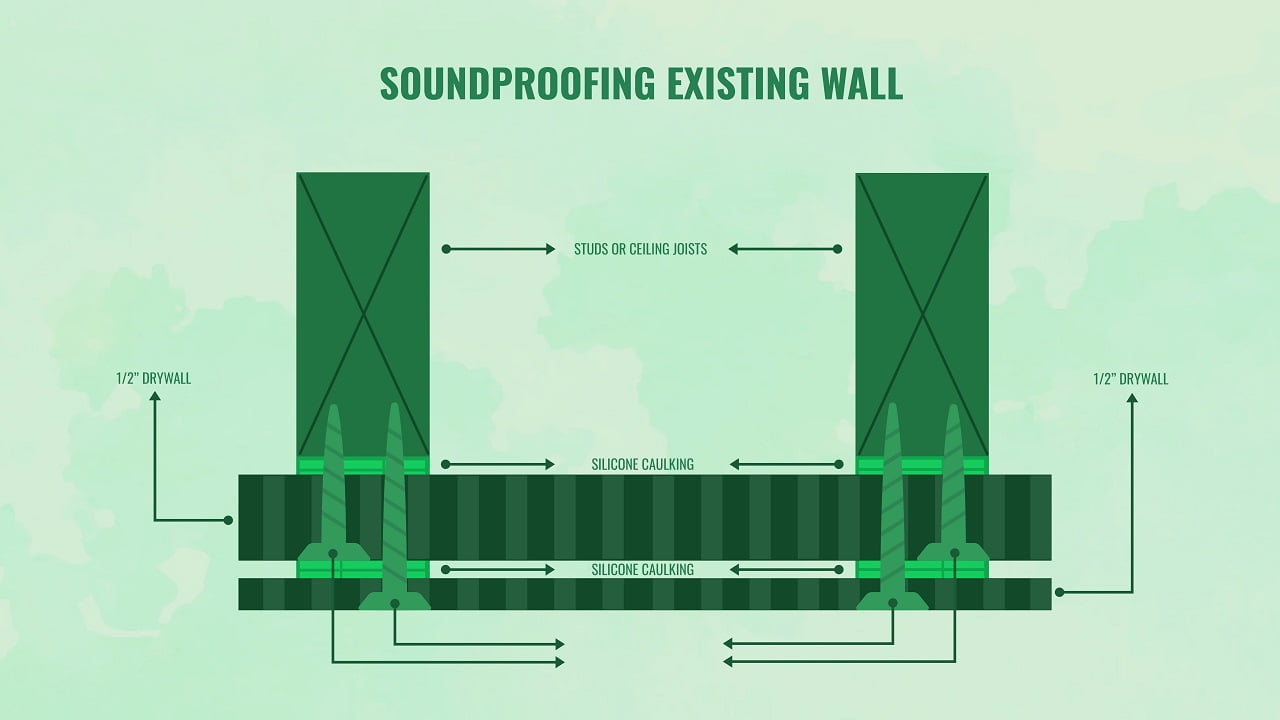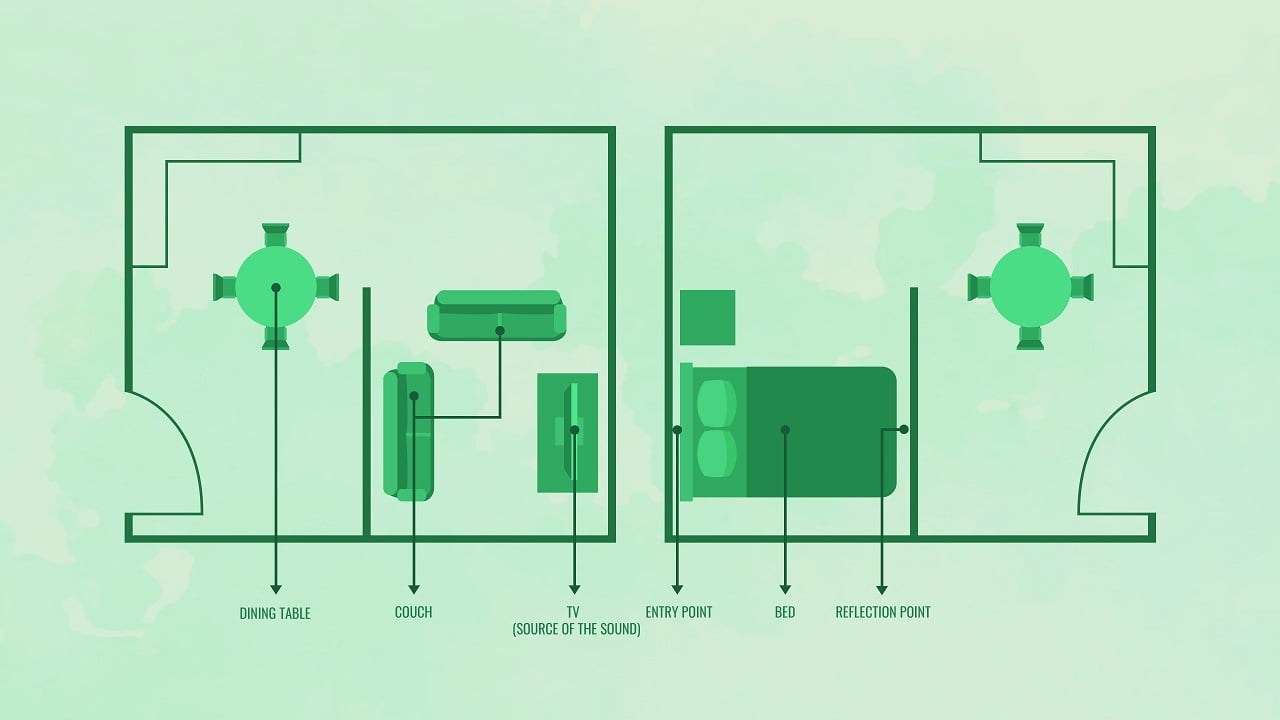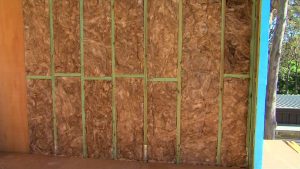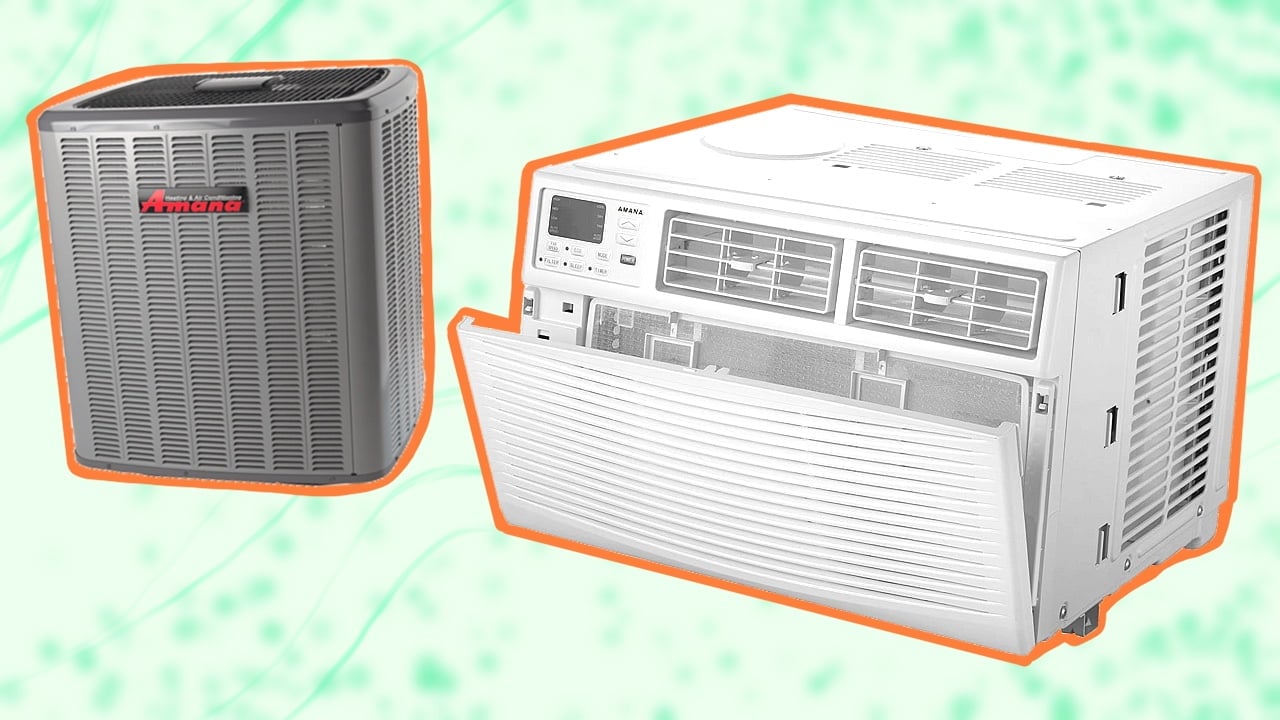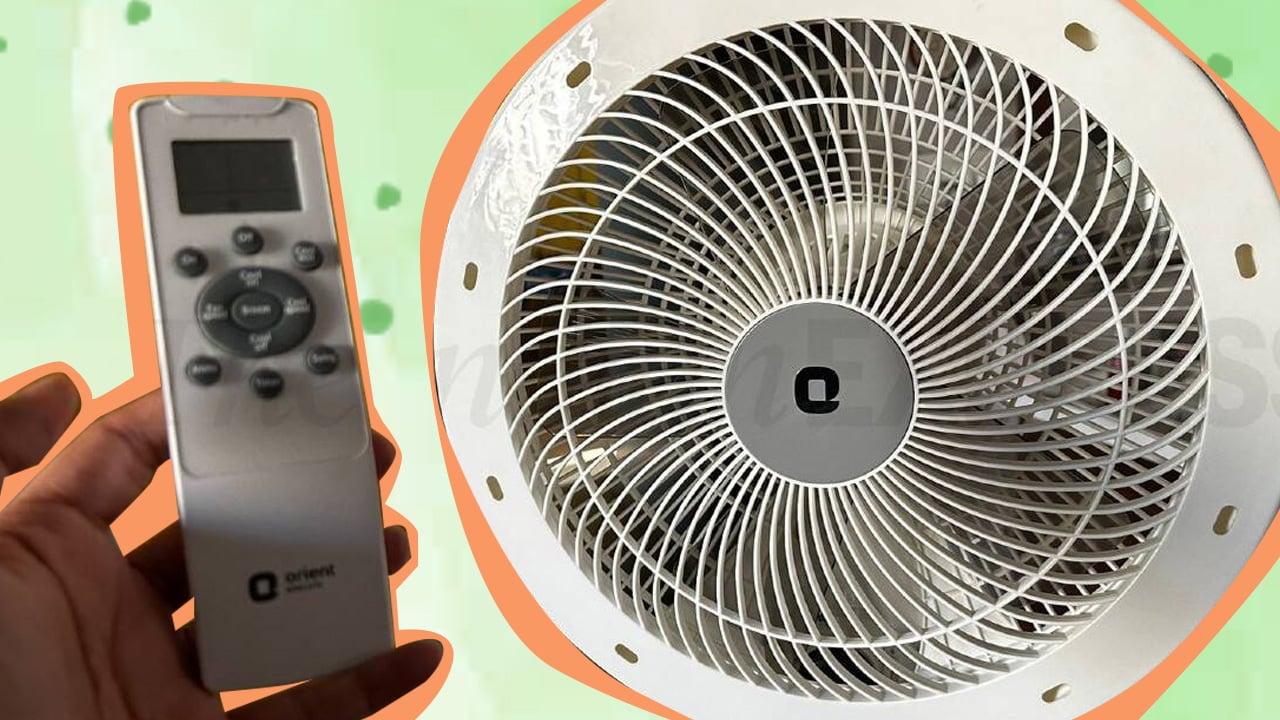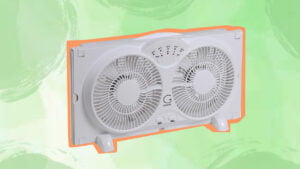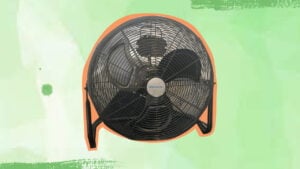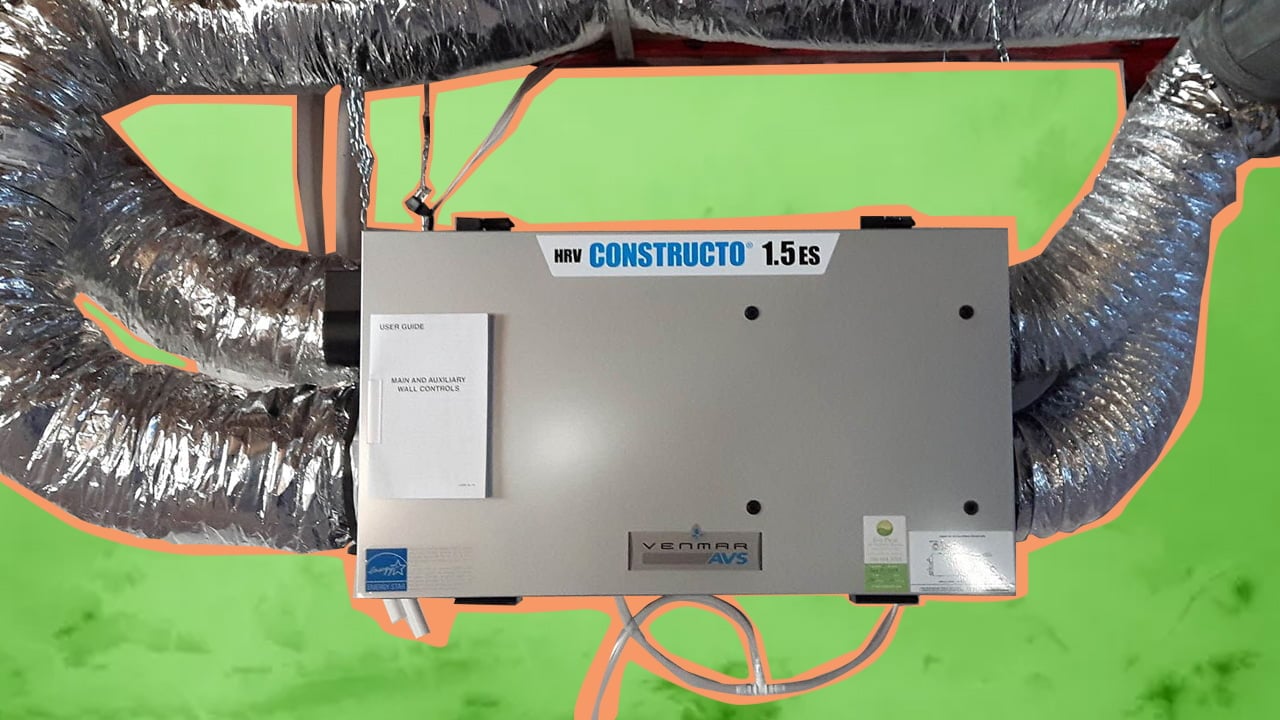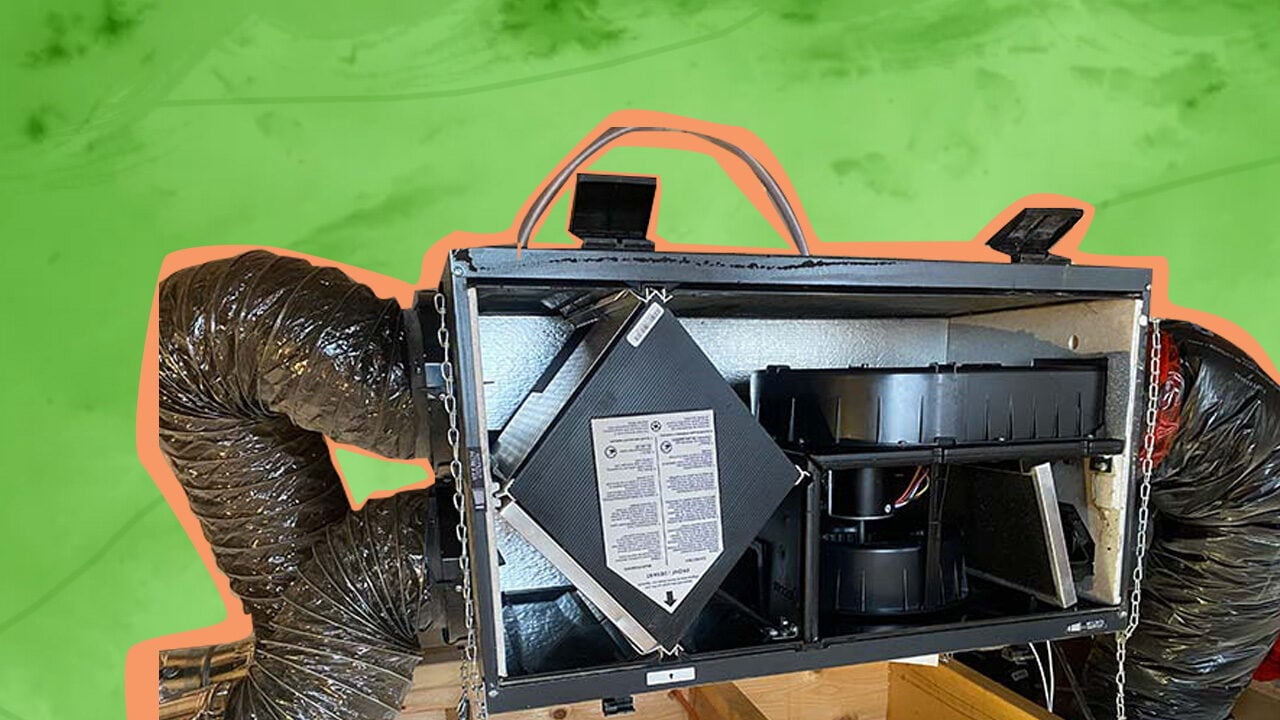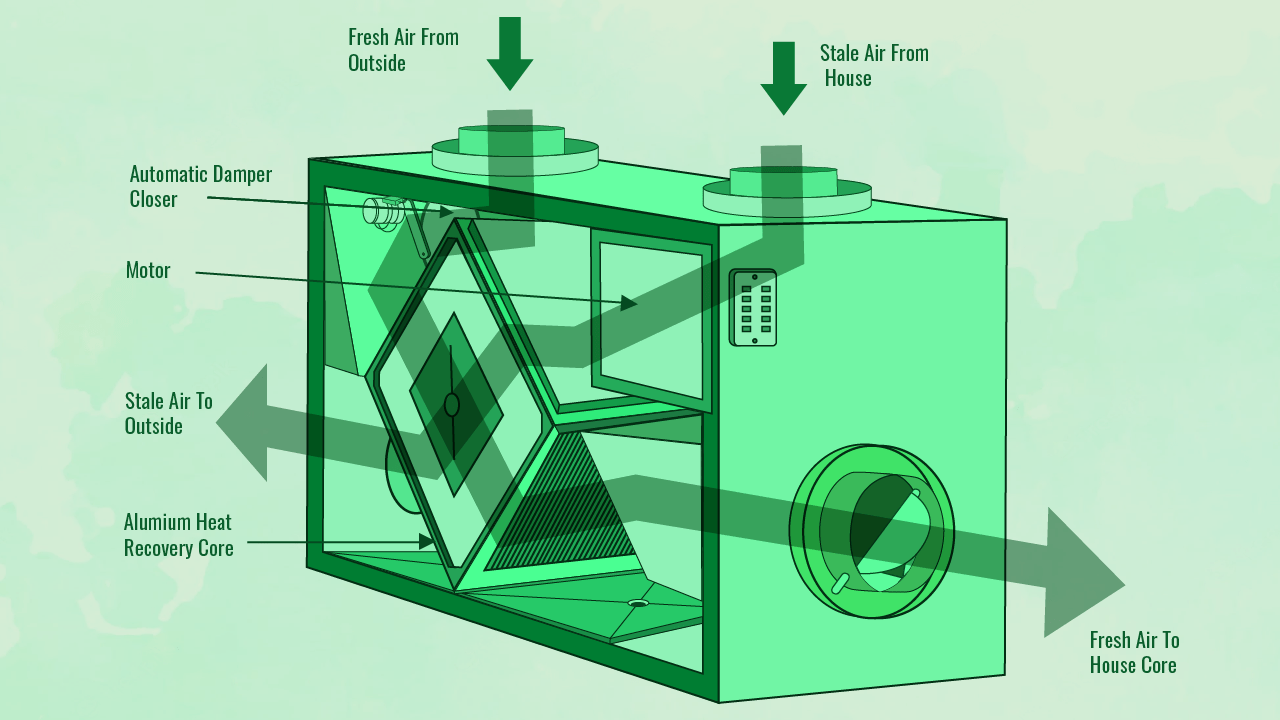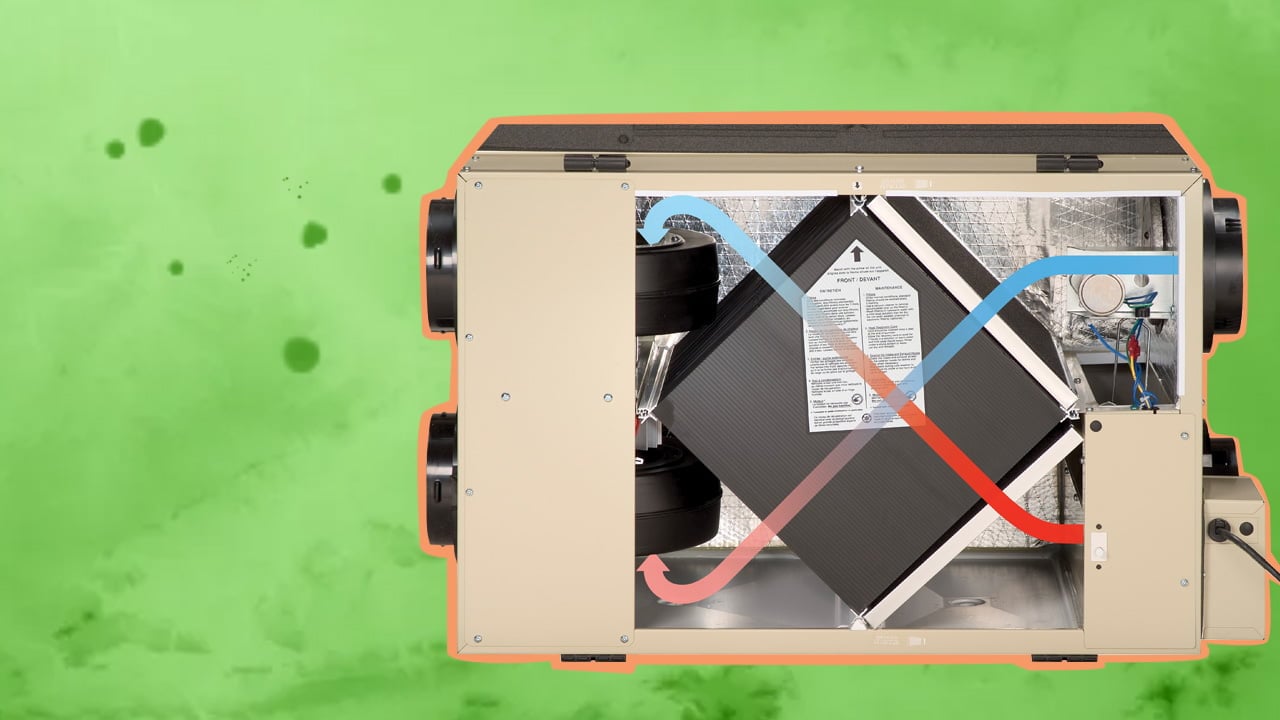So, it’s a no-brainer that if you are a painter who is serious about your art then you should be looking for brushes that can help you bring your ideas to life without any hassle.
Especially, for acrylic painting brushes have to be of impeccable quality because acrylic paint on its own is a very harsh medium and if the brushes are not suited for it then they won’t last long.
For that reason, we have gathered some of the best brushes that we think are great to be used with acrylic paint and tested them out in a 3 days painting session!
And just to help you out a little more, we have also added a small guide about how to care for your brushes at the end.
So, let’s get on with the best acrylic paintbrushes, shall we?
Best Acrylic Paint Brushes

To help you navigate the world of paintbrushes, we've put together a list of the 9 best acrylic paintbrushes. Whether you're a beginner or a professional artist, these brushes are sure to enhance your painting experience and help you achieve the perfect brushstrokes.
1. Grumbacher Goldenedge Acrylic Paint Brush - Best For Durability And Budget-Friendliness
Grumbacher is one of the most famous brands when it comes to art supplies. Many of their other products have impressed our artists and these acrylic paint brushes are no slouch either. Goldenedge paint brushes are made out of synthetic fiber which is great for acrylic painting as they last really long and perform fantastically.

Experience
Goldenedge paintbrushes are available in 9 different sizes and all of them give a quality painting experience while still being budget-friendly - especially for students.
The synthetic fiber used in its making is of top-notch quality and it can withstand the harsh treatment of acrylic paint without any problem.
Don’t be afraid to repeatedly wash it with water because even after soaking it several times, in our testing, the bristles stayed intact and performed flawlessly.
Its durability is also aided by its quality brass ferrule which holds the bristles tight together and doesn’t let them wither away easily.
The brass ferrule is also very comfortable to use and didn’t cause any sort of fatigue for us in our long acrylic painting sessions.
Even if these brushes are affordable and geared more towards beginner and intermediate artists, we recommend them for professional to professionals as well because they perform really well and will last you ages if maintained properly, we could not be happier with them after painting with them an entire day!
- Performs really well with acrylic paint, the paint holds well and the finish is really smooth and even
- Synthetic fibers are super durable and they give an excellent spring to it, it can be washed repeatedly without any signs of wear and tear
- The brass ferrule is of incredible quality and holds the bristles really well together. It is also very comfortable to use
- Size option is very limiting as it only has 9 different sizes
2. Princeton Acrylic Paint Brush - Best For Variety And Performance
This offering from Princeton has enough merits to please any acrylic painter - even professionals. With great hog fiber bristles that are also synthetic, these brushes perform more than just fine for acrylic as well as oil painting. Available in a huge variety of shapes, if you decide to vouch for these brushes you’ll never need another one.
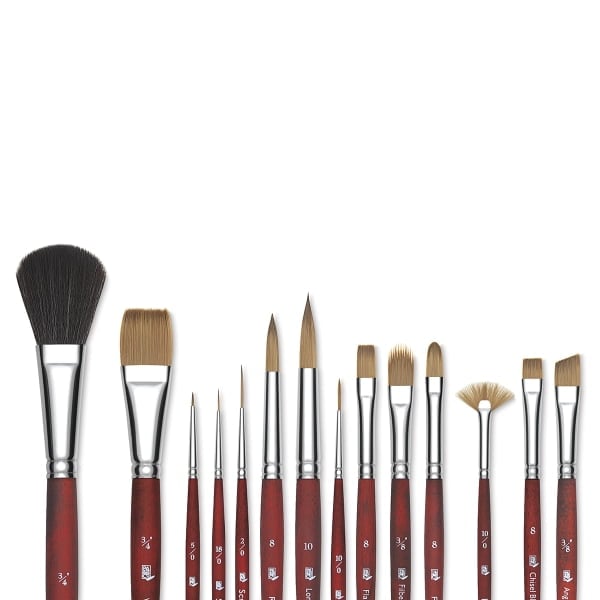
Experience
The hog fiber bristles have multiple splits at the end of each bristle, making them way more color than other bristles and giving a more smooth and even coat of paint.
And the bristles are also very durable as they are synthetic and even after soaking them several times, there was no sign of any kind of wear and tear.
Apart from that the brushes also come in various sizes and kinds - Round, Flat, Filbert, Bright, Fan, and Angle Bright - so, if you love these brushes then you’ll have to never go for anything else if you don’t want to.
And it is possible because not only these brushes are durable and perform really well, but they also are very comfortable to use for longer sessions of work.
After trying it in various situations we can honestly say it performs better than most other brands and we recommend it for intermediate and professional artistry.
But you’ll have to shell out a few extra dollars to get all of these merits.
- Has a plethora of sizes and shapes to provide every need
- Great quality hog bristles that perform really well
- The synthetic form makes the bristles extra durable and wear and tear proof
- The handle is incredibly comfortable to use
- It is kind of expensive
3. Mont Marte Gallery Series Acrylic Paint Brush Set - Best For Beginners
If you are an absolute beginner and looking for a brush set to just get started then the Mont Marte Gallery series Acrylic Paint Brush Set is our top recommendation for you. In the kit, you get two round, two flat, and two Filbert brushes that is good enough for getting started with acrylic painting.
- 6 synthetic hair paint brushes included: 1 x round 6, 1 x...
- Professional quality: brushes are made with taklon bristles
Experience
The Taklon synthetic bristles used in the making of these brushes are extremely durable and with proper maintenance, they will last you years of use.
They don’t frail or wither with repeated washing and soaking in water.
The bristles also give a nice spring to the brush and hold acrylic paint fantastically providing a smooth and seamless acrylic painting experience.
In the box, you get 2 Round (#6 and #16), 2 Flat (#8 and #10), and 2 Filbert (#8 and #10) brushes that are great for getting started with painting.
The brushes look very sleek and beautiful as well with their gunmetal ferrule. It holds the bristles extremely tightly while giving a comfortable painting experience.
Our hands-on review showed that it’s a great starting kit for beginner of painting but we don’t recommend this to any intermediate or professional artists because the brushes are only available in sets. And there’s not enough variety of sizes.
- Has great synthetic bristles that are very durable and hold paint well
- Ferrule is also very comfortable to use and keeps the brush intact
- Kit comes with a convenient set of brushes to get started with painting
- The brushes look very sleek and gorgeous
- Not meant for professional use because of the lack of variety and no individual availability
4. Royal & Langnickel Short Handle Acrylic Paint Brushes
Royal & Langnickel is a well-established art product manufacturer that has been in business since the 1950s. These short-handle brushes are great for detailing and in general, a smaller scale of work. The set has 10 round brushes of various sizes - all meant for minute details - and a shader brush.
- Classed as our highest quality available.
- Synthetic, Multi-Diameter Hair
Experience
For detailing with acrylic paint, this brush set is our top recommendation.
The brushes have short handles because this set is designed for detail work but the overall body is girthy giving a comfortable experience while having a long work session.
The ferrule is made from a black coated brass right which gives it a sleek and elegant look while providing ample grip to the bristles. They also resist rust and any other form of depreciation really well.
Talking about the bristles, they are very stiff which is great for detailed work. They are also extremely durable due to their synthetic make and we didn’t notice any significant wear and tear even after washing them repeatedly.
Drawing from experience, the small round brushes are meant for detailing and the durability of the bristles is even more important than regular brushes, we are glad to say that these bristles are plenty durable and after painting with them in various angles, with different paints, they performed flawlessly.
- Synthetic bristles are very durable and incredibly stiff which is great for minute details
- The handle is extremely comfortable and causes no fatigue while working for longer sessions
- The brass ferrule is really durable and gives these brushes a distinctly sleek and elegant look
- Brushes are only meant for working with minute details
5. Jerry Q Acrylic Paint Brushes
For the people who want to save a few bucks but still get a good quality set of brushes, Jerry Q is our recommendation. With nylon bristles and 12 different brushes in a single set, these brushes are good enough for beginners and new art students. Apart from performing decently with the acrylic medium, these brushes can also be used for watercolors.
- High Quality Golden Synthetic Hair, No Shedding, Highly...
- Short Wooden Handles, Variety of 12 Brushes for Fine Details
Experience
The best part about this brush set is its cheap price tag and the performance it can manage to deliver even after being so inexpensive.
With a sub $10 price for the set, you are only paying about $0.75 for each brush. And the quality of the brush makes it an amazing bargain.
The variety of brushes is actually pretty decent. As a beginner, you’ll easily be able to work on details as well as large blocks. The brushes have long handles that are comfortable to use for long work sessions.
The bristles are decent. They are made out of nylon and are very durable. Repeated washing showed no signs of damage and the color grip is decent.
Don’t expect too much from these brushes and you shall enjoy them. These are nylon and we have discovered while painting with them that they lack a certain finesse, that is the main reason why we are not recommending it to professionals who have really honed their skills and need something very particular to work with.
- In the set, you get 12 different brushes with a good variety
- Extremely affordable, about #0.75 for each brush
- The brushes have long handles and are very comfortable to use
- Nylon brushes are very durable and have a decent grip on acrylic paint
- These are not meant for professionals
6. Winsor & Newton Monarch Acrylic Paint Brushes
Winsor & Newton is a beloved manufacturer in the art community because of their quality products and reasonable pricing. And Monarch Acrylic Paint Brushes live quite well to that reputation. The brushes have stiff bristles and long handles, and come in a variety of shapes and sizes to choose from.
![]()
Experience
The bristles are a little stiff because they are designed for acrylic paint. But they are not very hard, rather they have a live bounce and give good feedback while painting.
They showed no signs of withering in our tests and worked perfectly every time.
The long handles are comfortable to use for long sessions and if you usually do large-scale acrylic painting then you’ll love these even more.
These brushes are sold individually, so, you have the liberty to expand your arsenal the way you want to with these brushes. And the fact that these brushes come in a variety of shapes and sizes adds to that modularity even more.
After spending some time with these brushes and enjoying their strokes, the thing we love the most about them is that we can recommend them to everyone. These brushes are well-suited for beginners and professionals alike. The brushes are moderately priced and have a good value for money but they perform well above their price point, a thing which can't be said for many products these days.
- Bristles are great, they have a nice spring and give good feedback while painting
- Sold individually which gives a great amount of liberty when it comes to personalizing your kit
- Brushes have long handles that are very comfortable to use
- A little more expensive than starter sets but the quality is worth it for many people
7. Blick Master Bristle Brushes
When it comes to quality and premium experience, there’s hardly any other brand that can top Blick. With Master Bristle Brushes you get a lifetime guarantee and if anywhere down the road your brush gives in and you order the same one again, it’ll give exactly (and we can’t stress this enough) the same experience.

Experience
Blick brushes are made with master molds. Hence, each brush of a specific character set is manufactured completely ditto to another. There’s nothing that can top its consistency.
As for its endurance, each bristle of the brush is patiently planted inside the ferrule by hand. This provides immense durability and the brushes never even show a hint of shedding - which is very common with machine-made brushes.
After closely examining the brush and painting for hours we noticed the handle is also crafted with extreme care and they are immensely comfortable to use.
On the other hand, Blick also has one of the widest - if not the widest - selection of brushes. So, however specific your desired brush may be, we are sure that you can find one from Blick.
Blick provides professional artists around the globe with the utmost satisfaction and if you are a professional and you aren’t satisfied with your current brush set, try Blick (or da Vinci). You’ll love it!
- Impeccable quality and consistency with these brushes
- Performance is outstanding and many professional artists vouch for these brushes
- Brushes come with a lifetime guarantee
- The selection range is one of the widest we have ever seen
- Of course, these brushes are also super expensive
8. da Vinci Acrylic Paint Brushes
Da Vinci is one of the most respected art companies in the world. It’s been established for over 110 years at this point and its products have been faithful to many professionals around the world. All their products have impeccable quality and their brushes have been professionals’ favorites for many years - including these acrylic brushes.
- Grigio: another breakthrough in synthetic brushes from da...
- 4 brush set - Rounds - Series 7795 sizes 1, 2, 4 & 6
Experience
Unlike Da Vinci’s oil paint brushes which are made from Kolinsky sable fibers, these acrylic brushes have synthetic bristles. This reduces the price drastically as an acrylic paint brush set of 3 will cost you only $40 in comparison to $300 for a single oil paint brush.
But the choice of synthetic brushes is a good one not only in terms of price but also in terms of durability. Natural fibers can withstand the harshness of acrylic paint.
The performance of the brush is nothing but flawless. The slight bounce of the bristles gives good control of the brush as well as makes it easy to wash.
The body of the brush has a comfortable grip and is made from sustainable wood that has the least possible ecological impact.
Da Vinci has one of the widest selections of brushes. There’s nothing better than Da Vinci for professional artists. It is only second-bested by Blick in our opinion.
- Bristles that have a good bounce and smooth application
- The body is comfortable to hold and is made from sustainable wood
- One of the most reputed brands in the art industry
- Widest selection of brushes and are sold individually
- Slightly expensive but totally worth the price, especially, for professionals
9. LorDac Acrylic Paint Brushes
LorDac Acrylic Paint Brush Set is a great affordable option for artists on the go. The brushes are well made and the performance is pretty decent. In the set, you get 7 different brushes in total - 3 rounds, 2 Flat, 1 Filbert, and 1 Angular.
- PREMIUM DESIGN FEATURES — Benefits of Taklon synthetic...
- EXCELLENT VARIETY FOR MULTIPLE EFFECTS — 7 professional...
Experience
The synthetic bristles are decent enough. They have a nice spring and give a smooth finish while acrylic painting.
They are also plenty durable and we saw no signs of damage after repeated washes. The ferrule is also good. It gives a nice grip and holds the acrylic brushes very well - no apparent shedding even after extensive use.
The brush set also comes with a cool traveling case. It’s a great option for artists on the go and students who have to travel a lot around with their equipment. An intelligent design choice allows the travel case to be reconfigured into a brush holder.
Ultimately, the set comes at a very reasonable price and performs pretty great for the money. It’s a great bargain for beginners and hence, makes it on our recommendation list.
- Bristles are pretty decent, they are durable and perform really well
- The brush set is extremely affordable, a great bargain for beginners
- Comes with a travel case that can be transformed into a brush holder
- The set comes with a healthy variety of brushes
- The acrylic brushes are not sold individually
Best Acrylic Paintbrushes Comparison Table
| Product | Bristle Type | Shape | Handle Type | Size Range |
|---|---|---|---|---|
| Grumbacher Goldenedge Acrylic Paint Brush | Synthetic Golden Taklon | Round, Flat, Filbert | Long, Glossy, Yellow | 0-20 |
| Princeton Acrylic Paint Brush | Synthetic Sable | Round, Flat, Filbert | Short, Matte, Black | 0-20 |
| Mont Marte Gallery Series Acrylic Paint Brush Set | Synthetic Taklon | Round, Flat, Filbert | Long, Matte, Black | 0-16 |
| Royal & Langnickel Short Handle Acrylic Paint Brushes | Synthetic Bristle | Round, Flat, Filbert | Short, Matte, Black | 0-12 |
| Jerry Q Acrylic Paint Brushes | Synthetic Nylon | Round, Flat, Filbert | Long, Glossy, Clear | 0-16 |
| Winsor & Newton Monarch Acrylic Paint Brushes | Synthetic Bristle | Round, Flat, Filbert | Long, Matte, Black | 0-20 |
| Blick Master Bristle Brushes | Natural Chungking Bristle | Round, Flat, Filbert | Long, Glossy, Natural | 0-20 |
| da Vinci Acrylic Paint Brushes | Synthetic, Natural Blend | Round, Flat, Filbert | Short, Matte, Green | 0-30 |
| LorDac Acrylic Paint Brushes | Synthetic Bristle | Round, Flat, Filbert | Long, Matte, Black | 0-20 |
Buying Guide For The Best Acrylic Paint Brushes
If you're an artist or an aspiring one, a quality set of acrylic paint brushes is crucial for your painting journey. In this comprehensive buying guide, you'll find helpful tips on choosing the best acrylic paint brushes for your unique needs.
-
Bristle Type
- Natural Bristle Brushes: Made from animal hair, these brushes hold paint well and can produce a nice smooth finish. However, they may not be as durable or resilient as synthetic bristles, especially with acrylic paints.
- Synthetic Bristle Brushes: Made of polyester or nylon, these brushes tend to be sturdier and maintain their shape better, making them more suitable for acrylic paints.
-
Bristle Shape
- Round: Ideal for detail work, lines, and small areas.
- Flat: Suitable for layering colors, filling large areas, and creating sharp edges.
- Filbert: Oval-shaped, offering versatility for blending, strokes, and detail work.
- Angle: Great for lines, edges, and curves, as well as reaching into tight corners.
- Fan: Useful for blending, smoothing, and creating textures.
-
Handle Length
- Short Handles: Good choice for detail work and working close to the painting surface.
- Long Handles: Provide a more comfortable grip and better control when painting on larger canvases or easels.
-
Ferrule Material
- Brass: Strong and durable, but more expensive.
- Aluminum: Lightweight and affordable, but may become loose over time.
- Plastic: Less durable, prone to breaking, and may not provide a secure grip on the bristles.
-
Price & Quality
- Consider purchasing a brush set within your budget, but remember that pricier options may provide better performance, comfort, and durability in the long run.
-
Cleaning & Maintenance
- Proper cleaning and maintenance are essential for prolonging the life of your brushes. Look for brushes that are easy to clean and have a reputation for retaining their shape.
Essential Tips for Choosing the Best Acrylic Paint Brushes
Remember that the right brush depends on your personal preferences and painting style. Test different shapes and bristle types to discover what works best for you.
Trying out brushes in person, when possible, can be invaluable. Handle the brushes, test their weight, and observe their balance and materials to ensure a comfortable painting experience.
Additional Tip
Always clean your brushes thoroughly after painting and store them flat or upright with the bristles pointing up to maintain their shape and avoid damage.
By considering the factors mentioned in this guide, you'll be able to confidently select the best acrylic paint brushes for your artistic journey. Happy painting!
Acrylic Brushes Care Guide
Now that you have got your favorite acrylic paint brushes, here are some tips and tricks regarding washing and storing the acrylic brushes that should help you keep them in healthy shape for as long as possible.
Acrylic paint is extremely harsh on brushes and you’ll have to take good care of them if you want to keep using them for a long time.
Washing
The key takeaway from here is to remember to never let the paint dry on the brushes. Acrylic paint when left unwashed will seriously damage the brush no matter what is used to clean them afterward.
The task can be a little tedious and annoying given how fast acrylic paint dries. But to wash them properly we advise you to use the double wash system.
It’s actually pretty simple. You’ll just have to keep two jars of solvents to properly clean the brushes.
The first jar should just have clean water to wash the initial pigments off the brush. This will make sure that the paint won’t quickly dry and damage the bristle.
The second jar should have some soapy mixture of water - or a brush cleaner solution - for a deeper rinse of the brush.
After washing, let the brushes dry up for a while, or use a soft fabric to soak the remaining water from the bristles.
Storing
Drawing from experience, apart from washing, proper storage of your acrylic brushes is also important for their good health.
It’s really not that hard. You’ll just have to be careful when storing them. Ensure you’re storing the acrylic brushes with the tip facing upwards.
That way the bristles won’t be broken or bent when stored for a long time. Use a jar or a brush stand to store the brushes and make sure they are properly washed and dry before storing.
Don’t buy natural brushes for acrylic paint
We all love acrylic brushes with animal hair fibers because they give a very smooth, elegant, and satisfactory experience.
Even though they are a bit pricey, we do recommend animal hair fibers for oil paint and watercolors. But when it comes to acrylic paint, stay away from natural hair fibers.
Always buy synthetic fibers if you are planning to paint with acrylic paint. Apart from being way cheaper, there are other two good reasons for that.
First, natural fibers can’t withstand the abuse of acrylic paint. They will get severely damaged and will start to fall out even with careful washing and good storage practices.
And second, natural fibers don’t have a nice spring. When painting with acrylic paint, you’d want a good bounce from the bristles for smooth and accurate finishing. While synthetic fibers have that kind of spring, natural ones are just soft and smooth with no bounce.
Through our trial and error, we discovered that f you want brushes for acrylic paint that last a good amount of time and perform well, go for synthetic brushes. And as a bonus, you’ll also have to pay less for them.
Natural bristles, such as hog or sable hair, are made from animal hair and are best suited for oil painting. On the other hand, synthetic bristles are made from man-made materials such as nylon, polyester, or taklon, and are better suited for acrylic painting. Synthetic bristles are also more affordable and easier to maintain than natural bristles. The size of the brush you should use for acrylic painting depends on the size of your canvas and the level of detail you wish to achieve. For large areas, use larger brushes and for details and lines, use smaller brushes. It is recommended to have a range of brush sizes available. While watercolor brushes can be used for acrylic painting, they are not ideal due to their soft bristles which may not work well with the thicker consistency of acrylic paint. It is recommended to use brushes specifically designed for acrylic painting. To clean acrylic paintbrushes, rinse them with warm water and gently rub the bristles with soap or brush cleaner until the water runs clear. Avoid using hot water as it can damage the brush hairs. After cleaning, reshape the brush and allow it to air dry. This depends on your personal preference and budget. Buying a set of brushes can be more cost-effective and provide a range of brush sizes, while buying individual brushes allows for more customization and control over your brush collection. The best shape of brush for acrylic painting depends on the technique and style of painting you will be using. Flat and bright brushes are best for large areas and washes, while round and filbert brushes are better for detail work and blending.Acrylic Paintbrushes FAQ's
Conclusion
Thank you so much for reading our article on the best acrylic paintbrushes. We're thrilled you took the time to explore these options with us. We know how important it is to find the perfect paintbrush for your creative projects, so we tested each product in various situations to give you the most accurate reviews possible. Let's take a look at our top three recommendations for different factors and preferences.
Out of these 9 best acrylic paintbrushes, here are our top three recommendations:
- Best for durability and budget-friendliness: The Grumbacher Goldenedge Acrylic Paint Brush is an ideal option. Its synthetic fibers last really long, and the brass ferrule ensures the bristles stay intact even after repeated use. Moreover, these brushes are available at a reasonable price, which is great news for students who are just starting their creative journey.
- Best for variety and performance: The Princeton Acrylic Paint Brush is a good option. With their quality hog fiber bristles and synthetic durability, these brushes perform exceptionally well for a smooth and even coat of paint. They're also available in numerous shapes and sizes, catering to different painting styles and requirements.
- Best for beginners: The Mont Marte Gallery Series Acrylic Paint Brush Set is the right choice. This set has six brushes made from sturdy Taklon synthetic bristles with a nice spring to hold acrylic paint well. The selection of brush shapes is perfect for those just starting with acrylic painting, and the gunmetal ferrule ensures a comfortable painting experience.
As you pick the best acrylic paintbrushes for yourself, always prioritize your personal preferences, budget, and skill level. We hope our reviews and recommendations have made your selection process faster and simpler. Remember, investing in a quality paintbrush can make all the difference in your art journey. Happy painting!
Read More on Acrylic Painting
5 of The Best Paint for Canvas
Painting Surfaces For Acrylics | Acrylic Prepping 101
Painting on Paper with Acrylics & 5 Paper-Like Surfaces
Acrylic Pour Painting [All You Need To Know]
20 Oil And Acrylic Painting Ideas For Enthusiastic Beginners
Learn The Basic Acrylic Painting Techniques for Beginners
22+ Delicate Beautiful Acrylic Painting Ideas To Try
Learn How to Use Acrylic Paint as Fabric Paint
Learn How to Thicken Acrylic Paint Correctly
Learn How to Clean Acrylic Paint Brushes Brilliantly
Learn How to Make Acrylic Paint in Your Studio
Learn How To Get Dried Acrylic Paint Out Of Brushes Successfully
Acrylic Painting Materials That You Really Need In The Studio
Learn How To Make An Acrylic Painting Waterproof
Acrylic Paint Thinner 101 | How to Thin Your Acrylic Paints Correctly
Best Cheap Acrylic Paints – Strength and Weakness of Brands
8 Best Palettes For Acrylic Paint & How to Choose What You Need
Best Canvas for Acrylic Painting | Student & Artist Grade
13 Best Acrylic Paints for Beginners & Professionals

















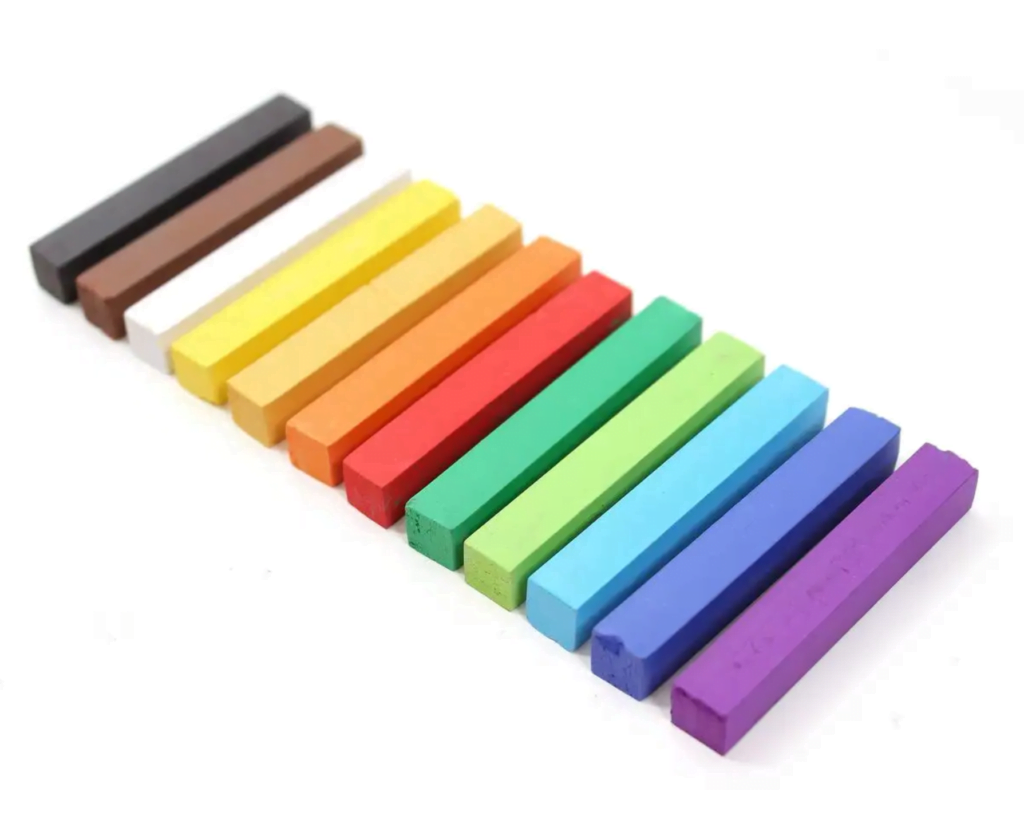







![6 Best Soft Pastels of 2023 [Students & Professionals Gear] 6 Best Soft Pastels of 2023 [Students & Professionals Gear]](https://homesthetics.net/wp-content/uploads/2019/05/Best-Soft-Pastels-1.jpg)





















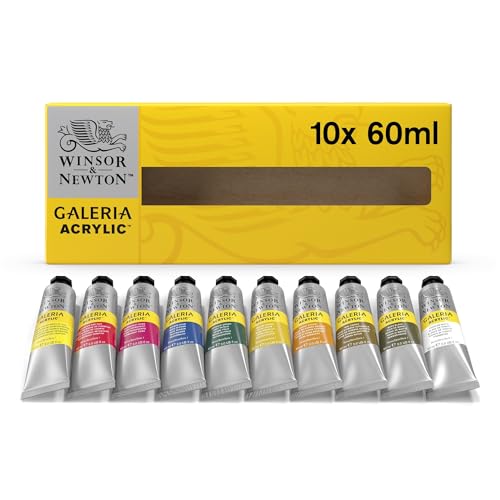















![The Art of Throwing [Paperback] by McErlain, Alex](https://m.media-amazon.com/images/I/31ggZaGjXjL.jpg)

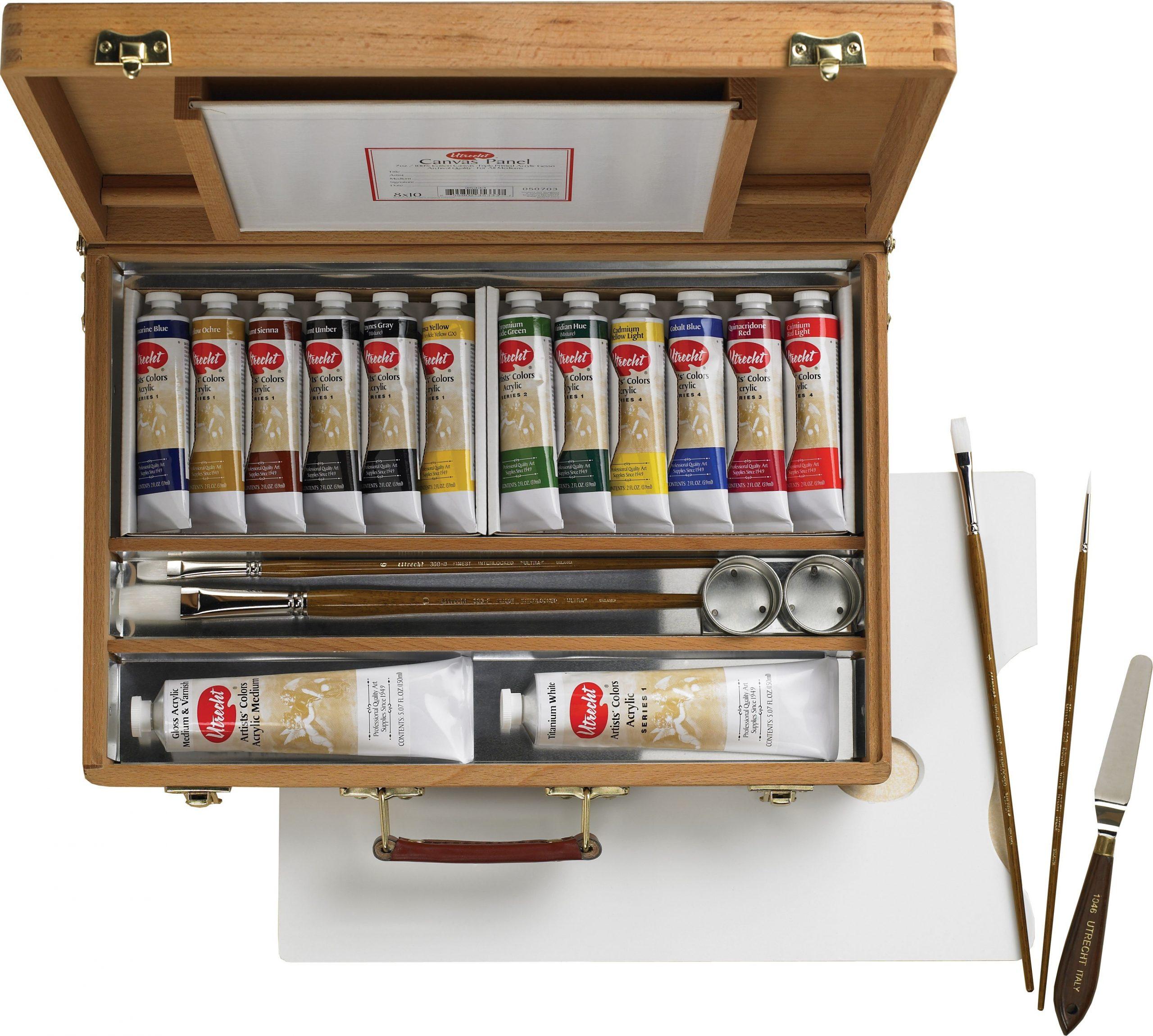





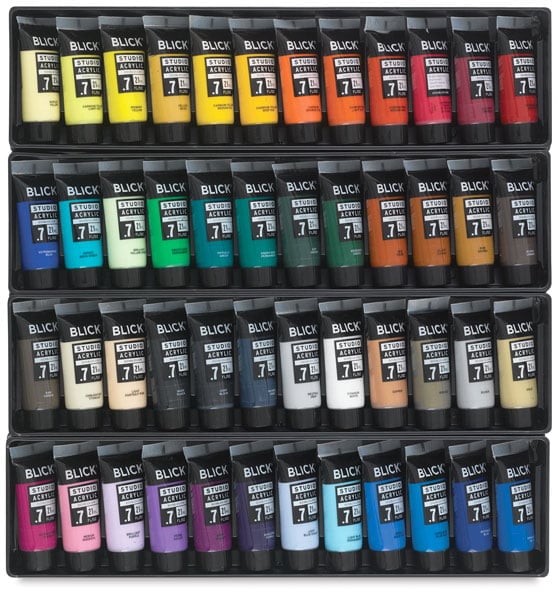



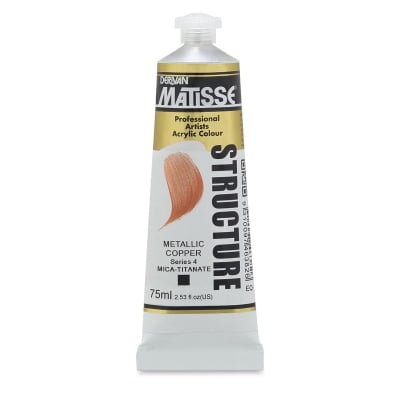







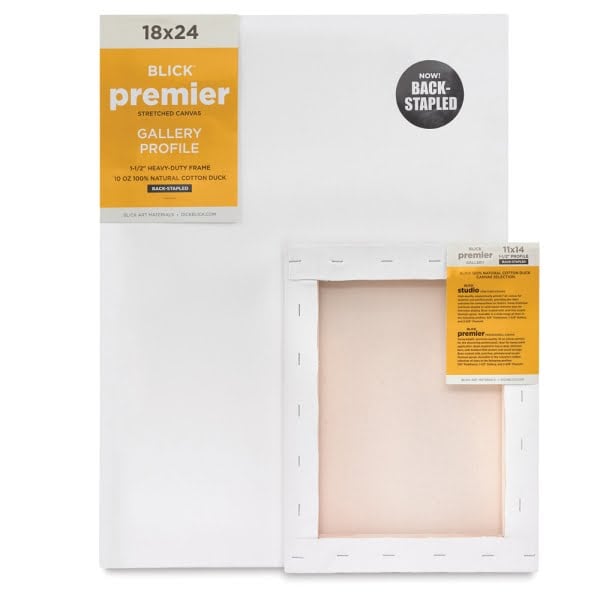










![8 Best Paper For Acrylic Paint in 2023 [Artist & Beginner Grade] 8 Best Paper For Acrylic Paint in 2023 [Artist & Beginner Grade]](https://homesthetics.net/wp-content/uploads/2019/03/Best-Paper-for-Acrylic-Paint-in-2019-Artist-and-Beginner-Grade.jpg)

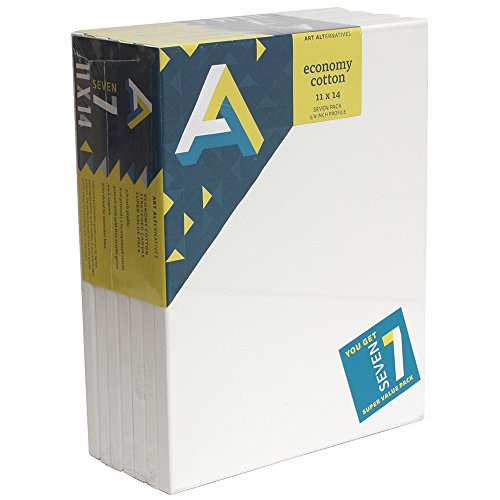






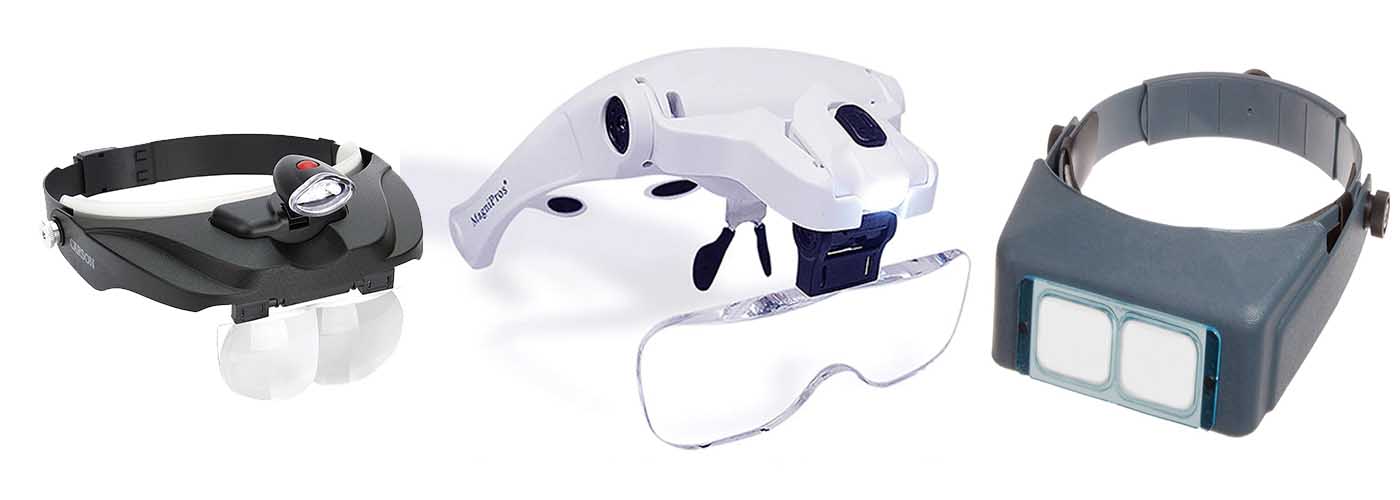























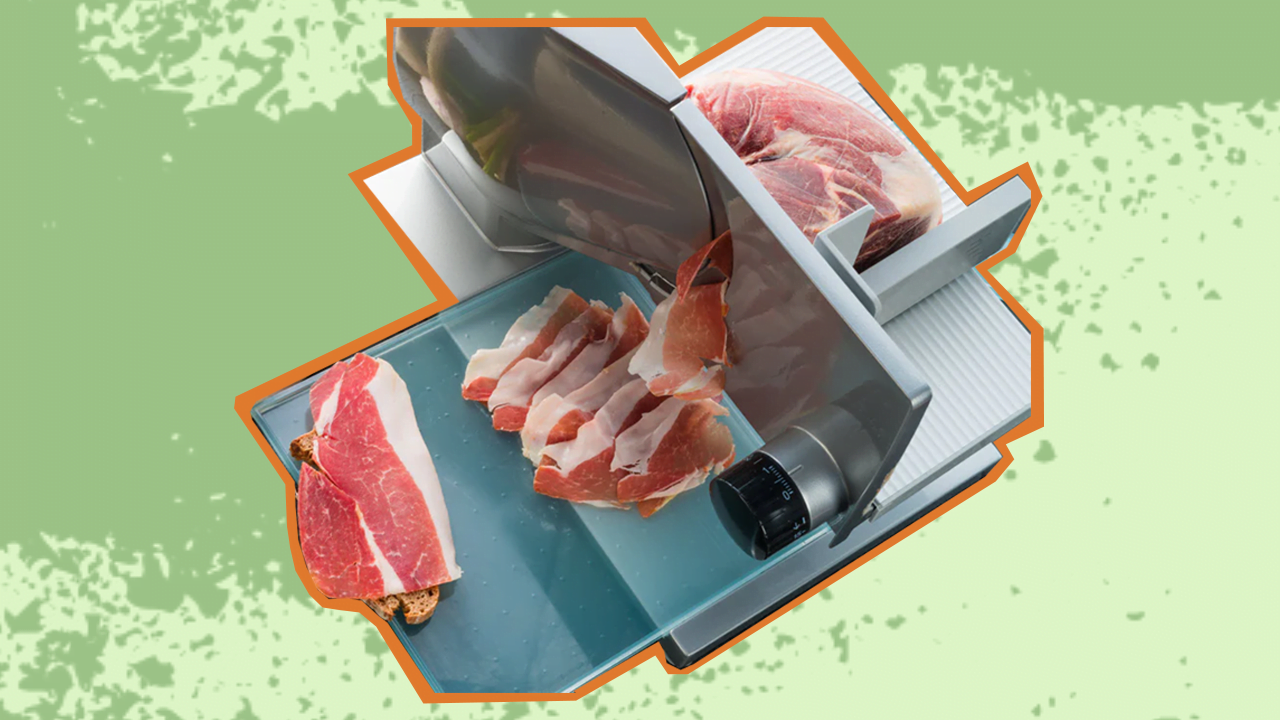

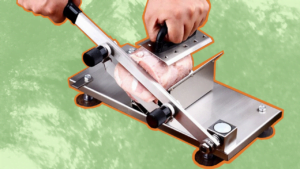
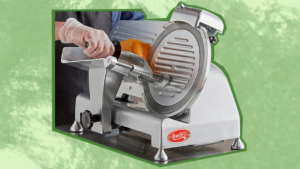
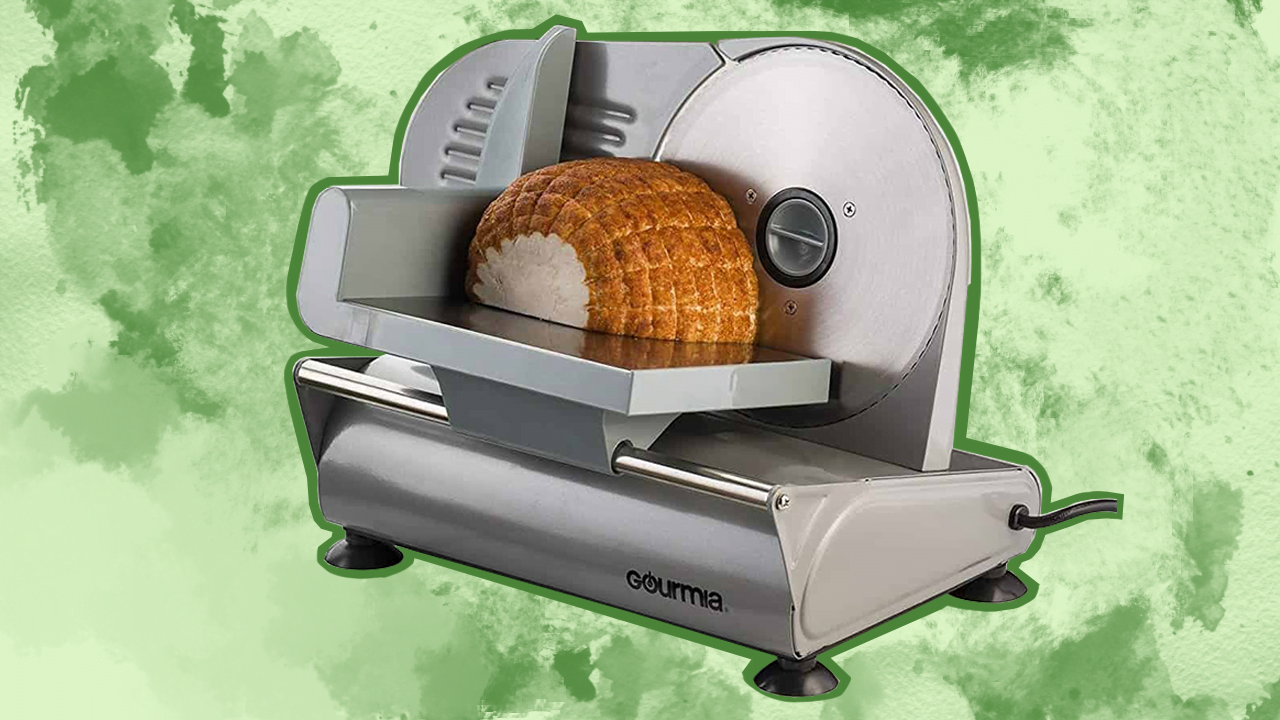










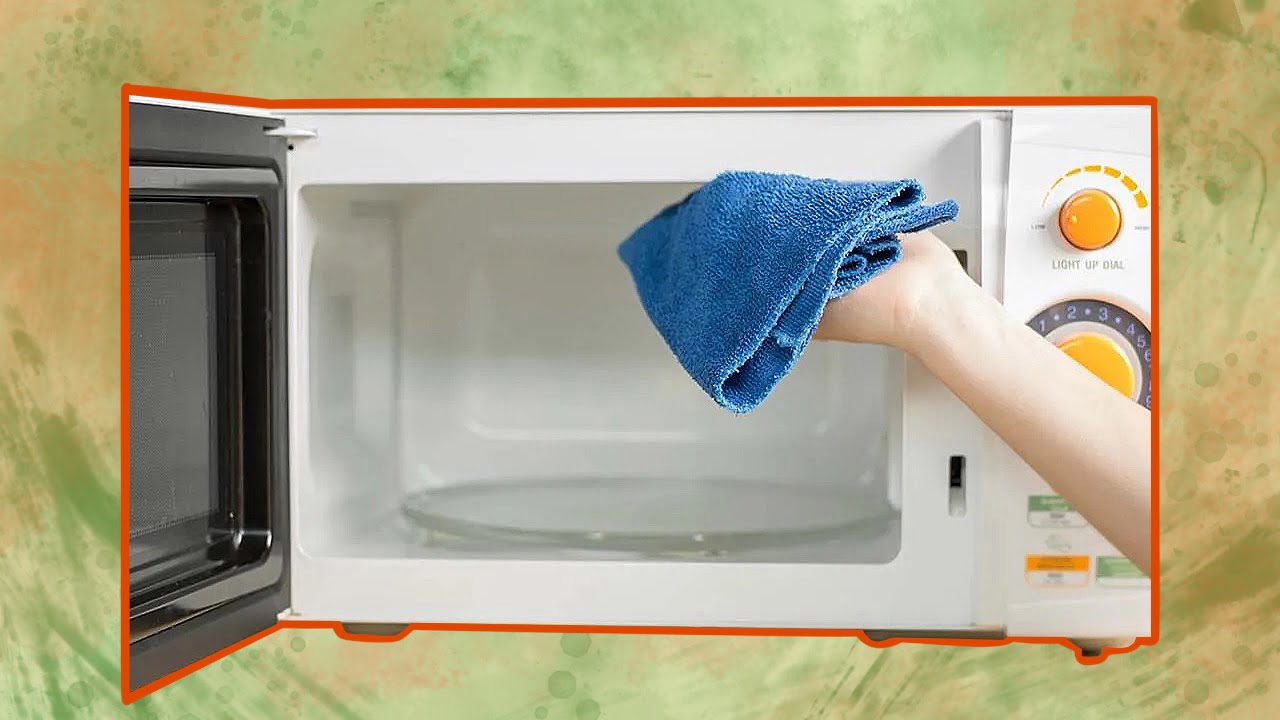


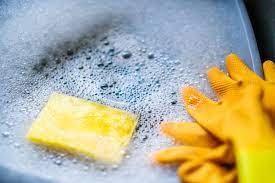
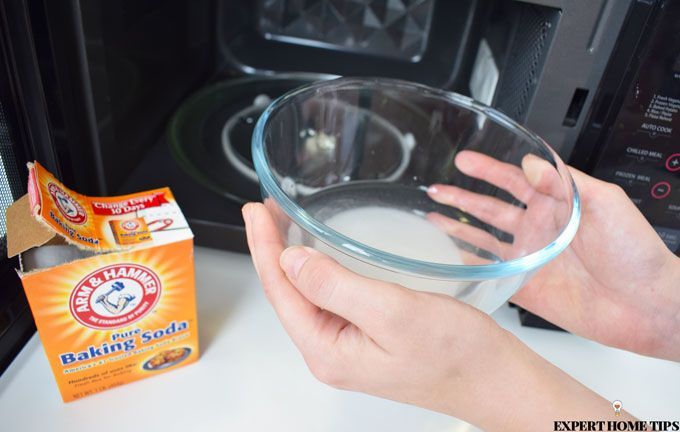

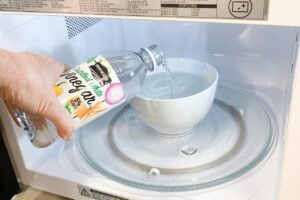

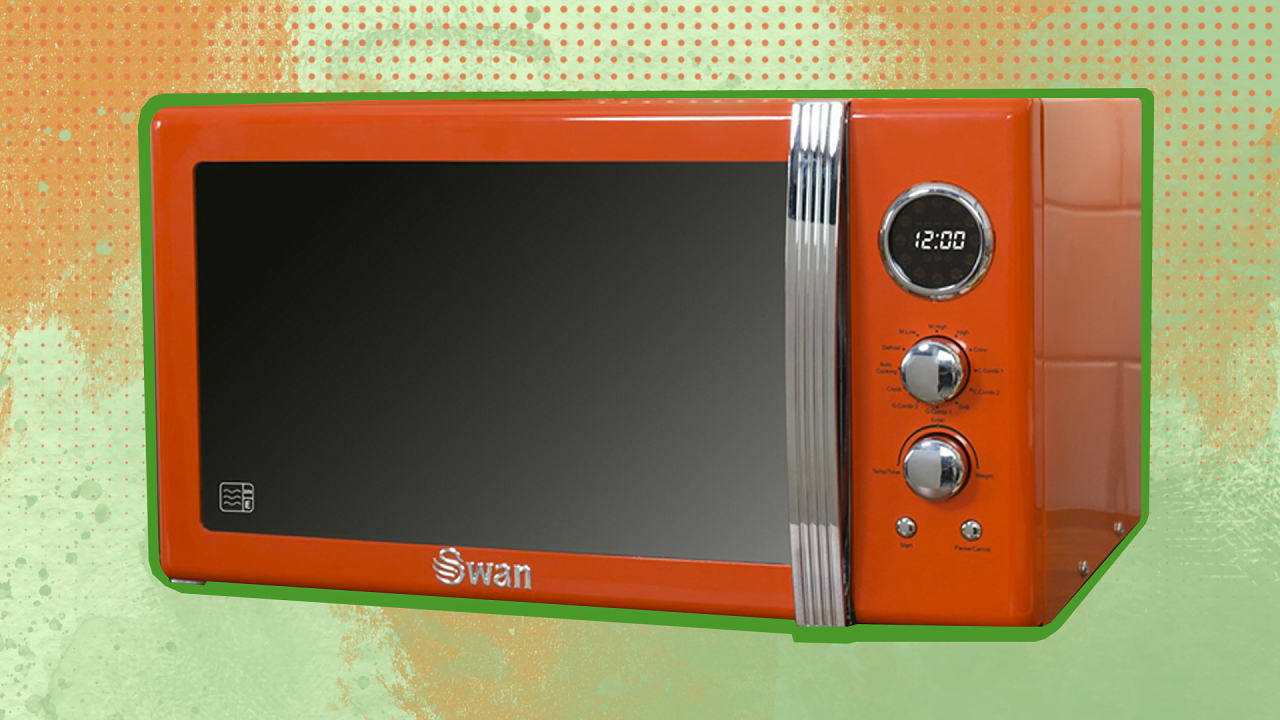


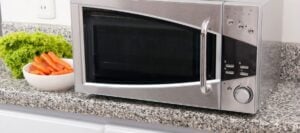

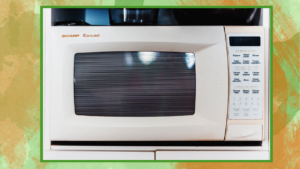
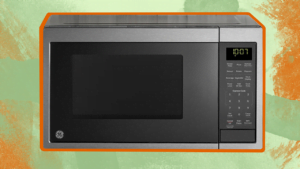













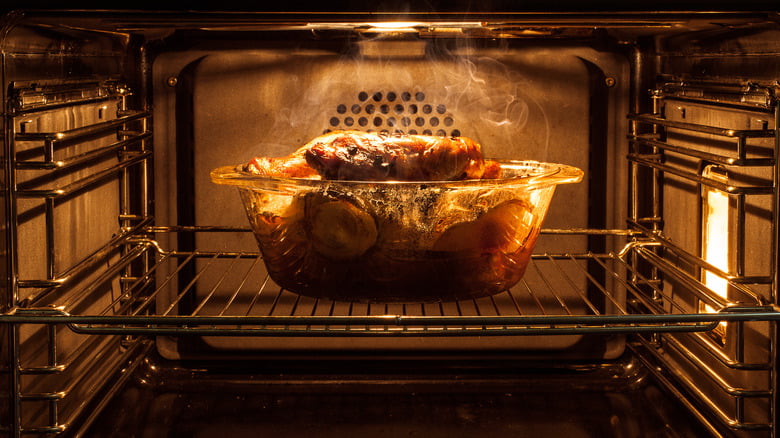
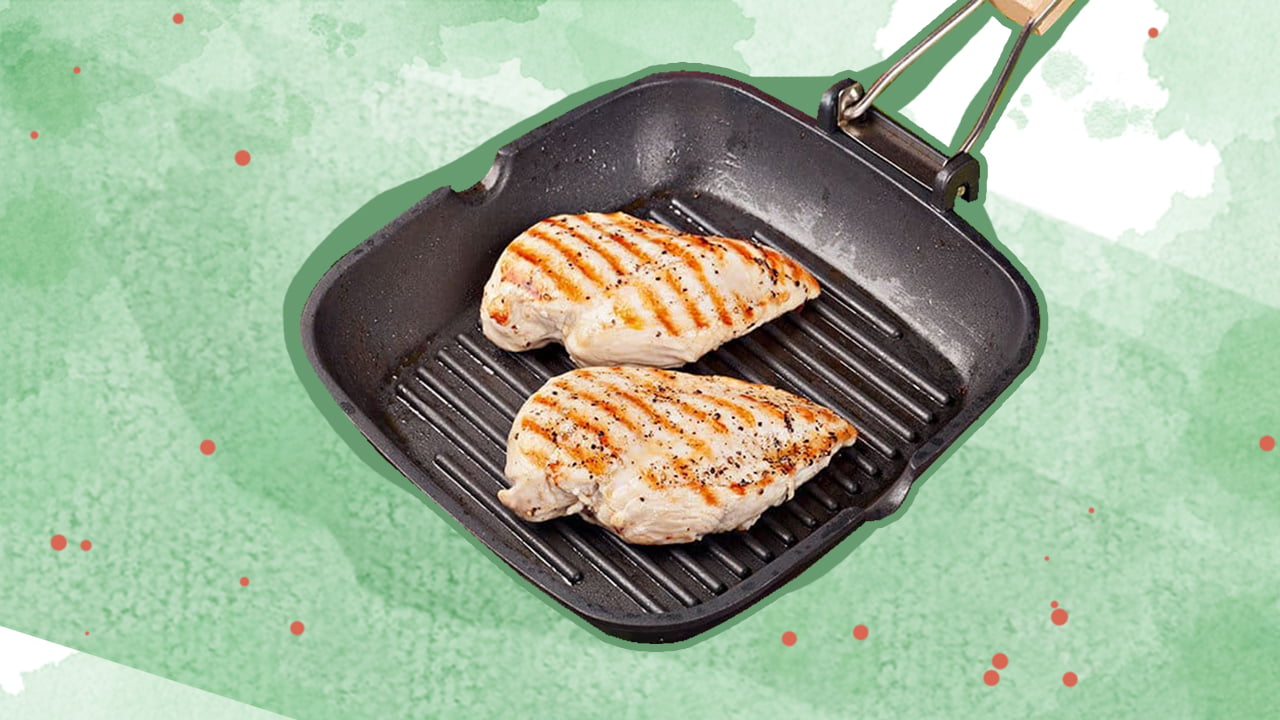

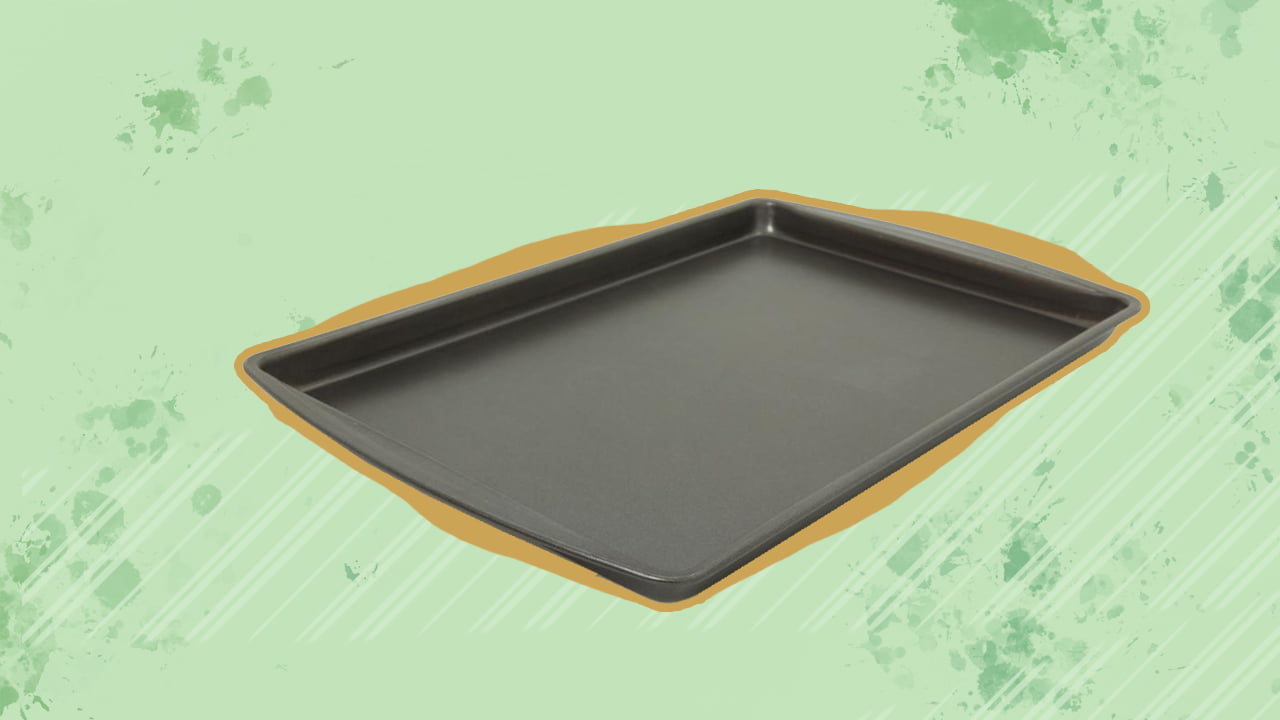



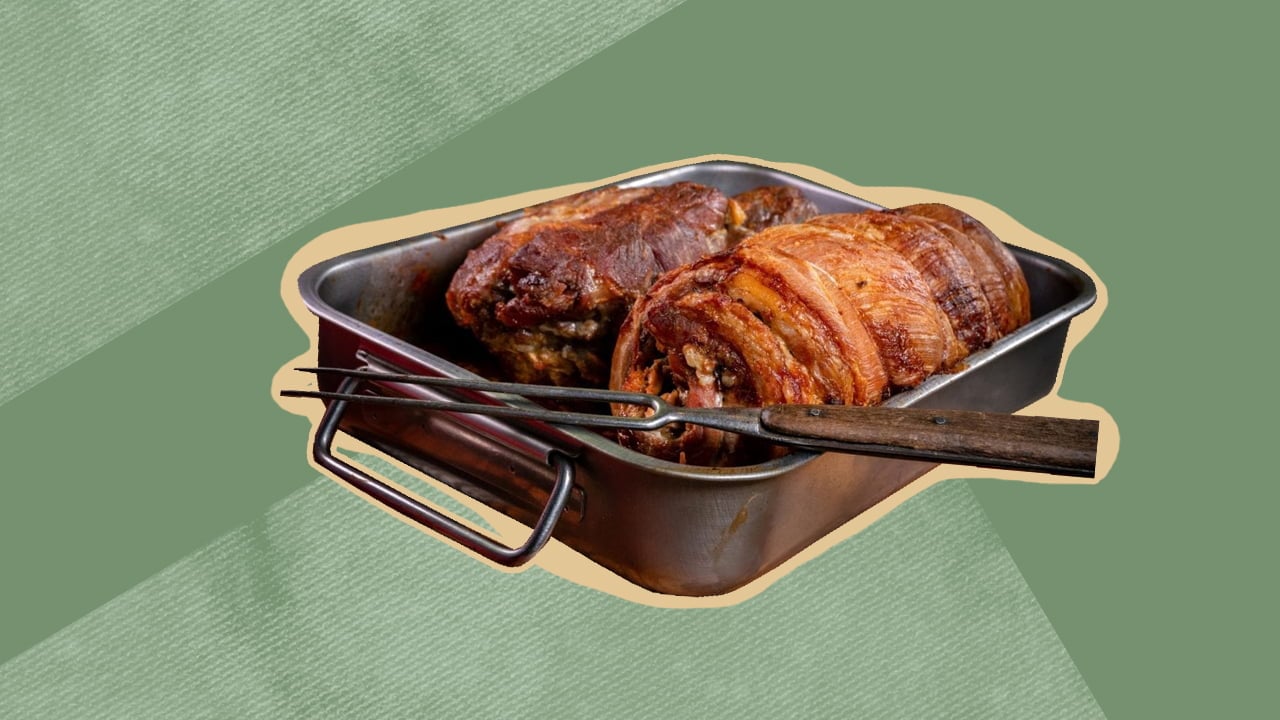
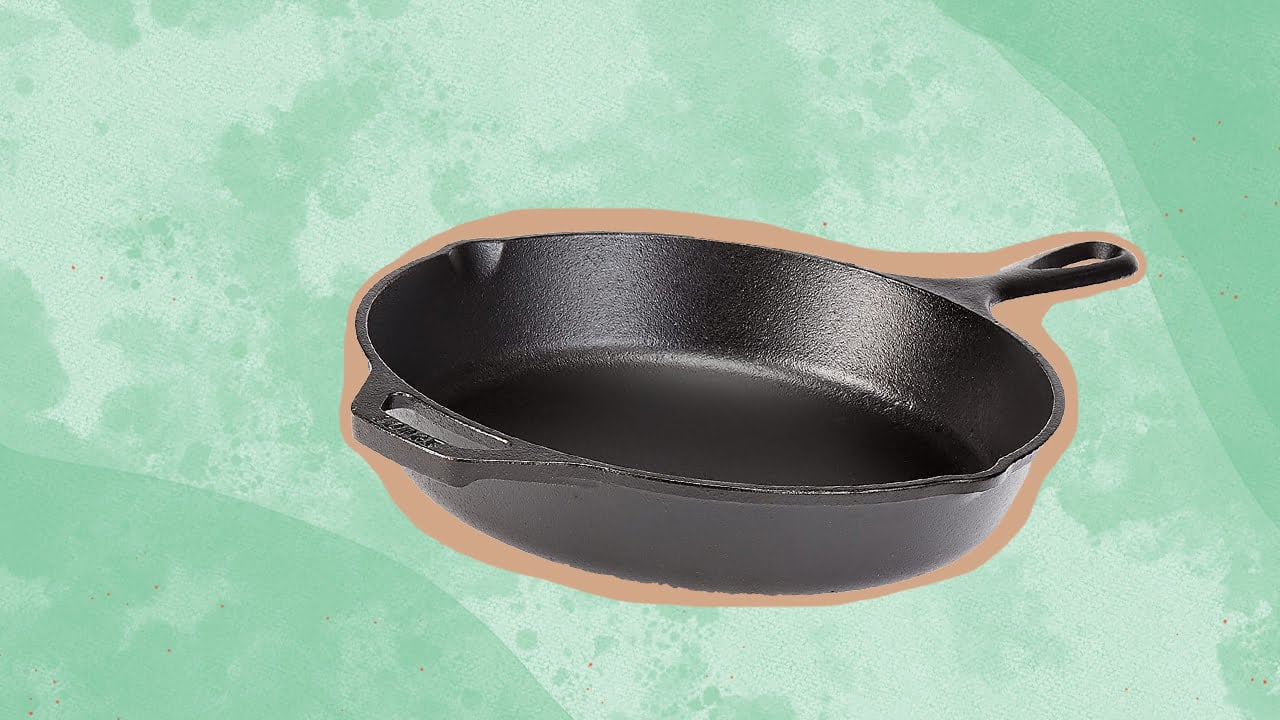



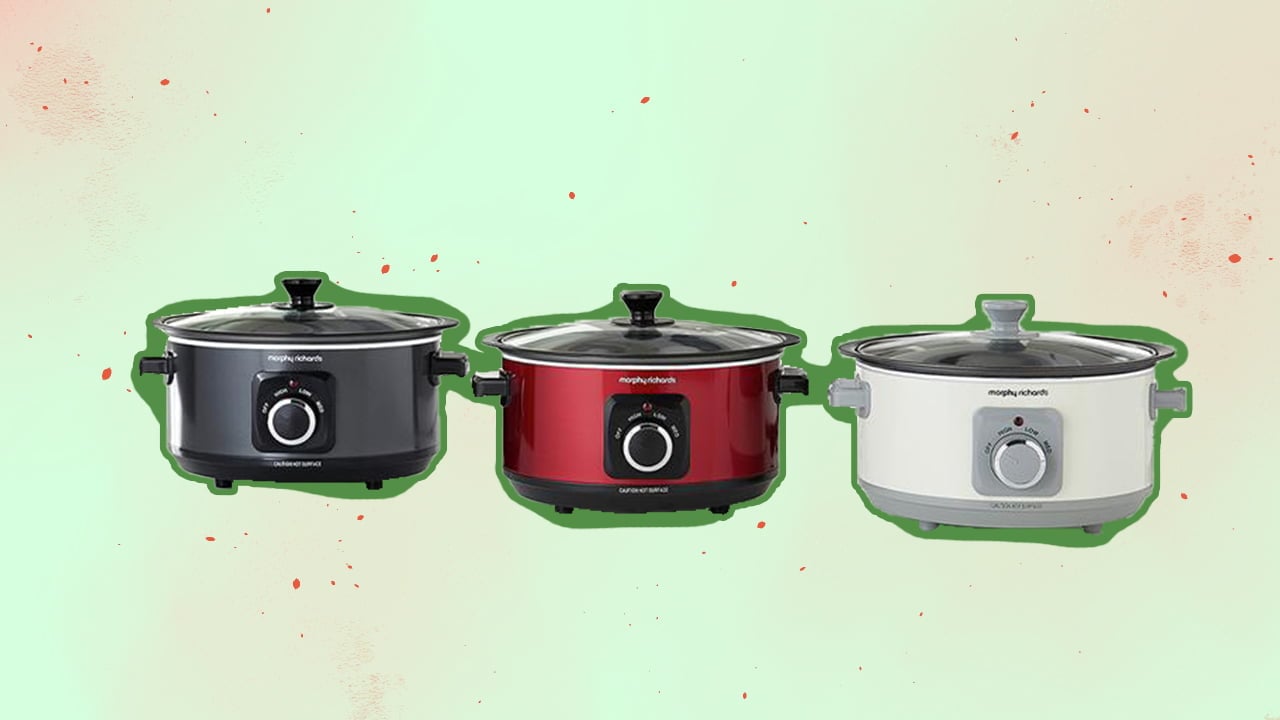
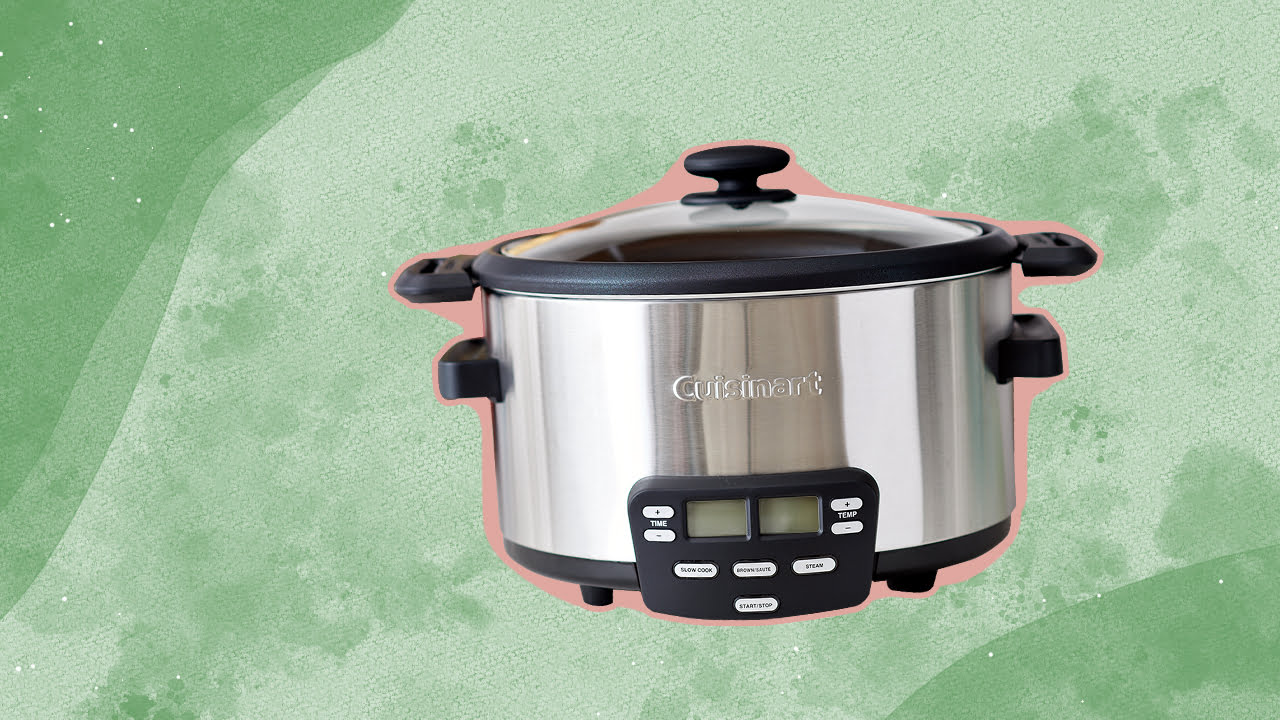
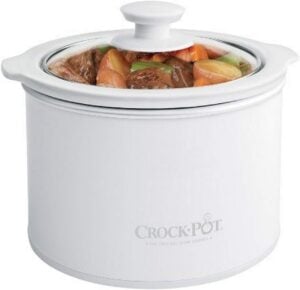
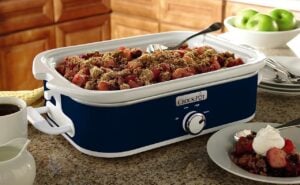
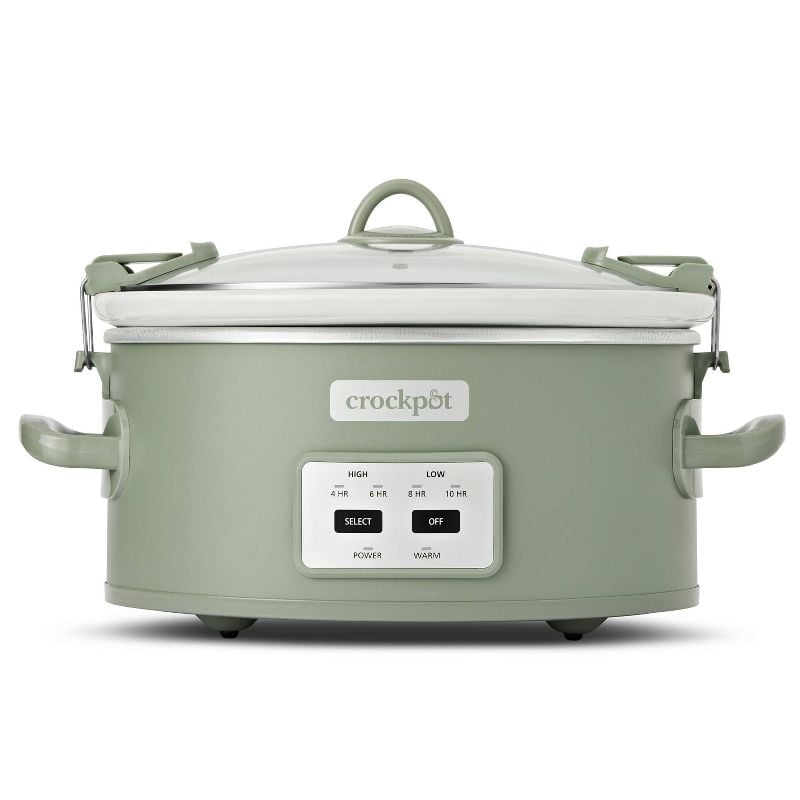
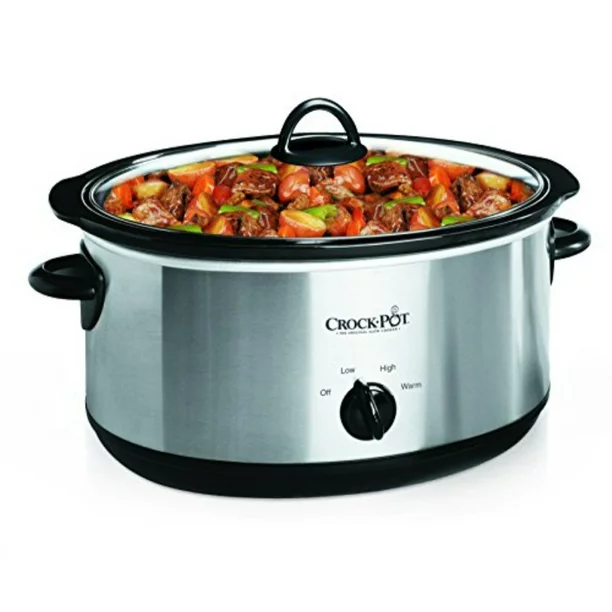
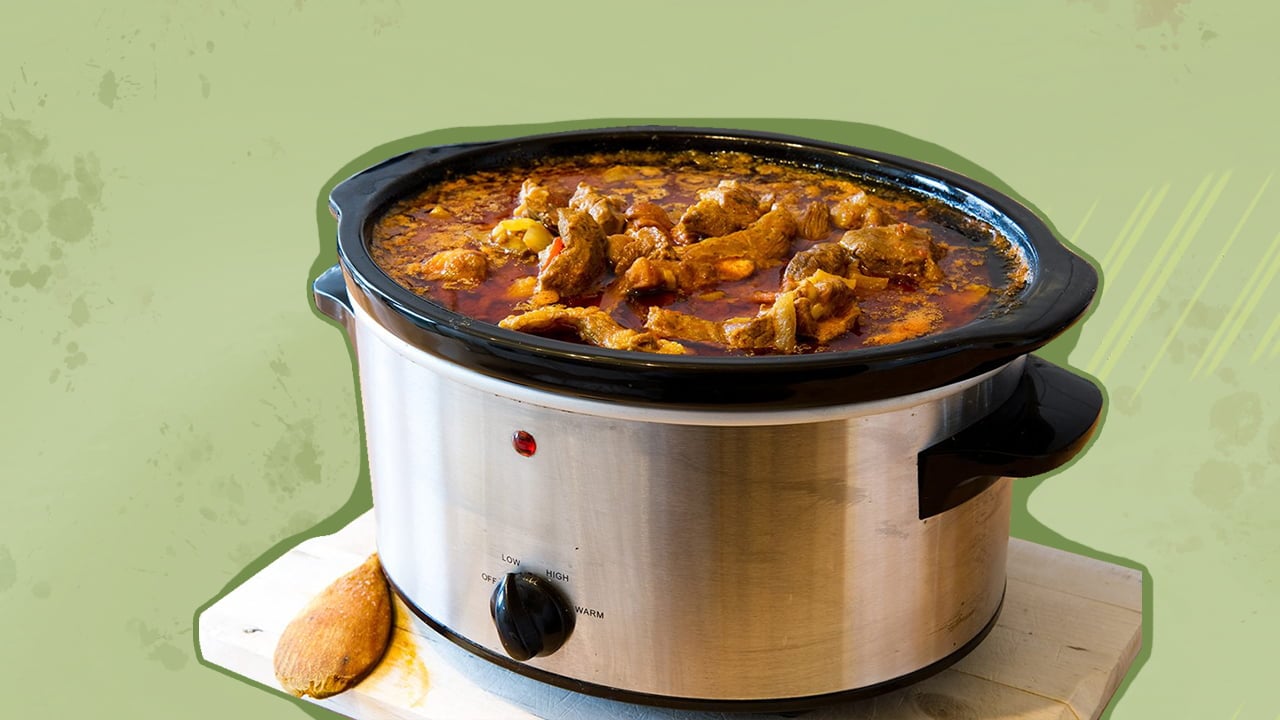

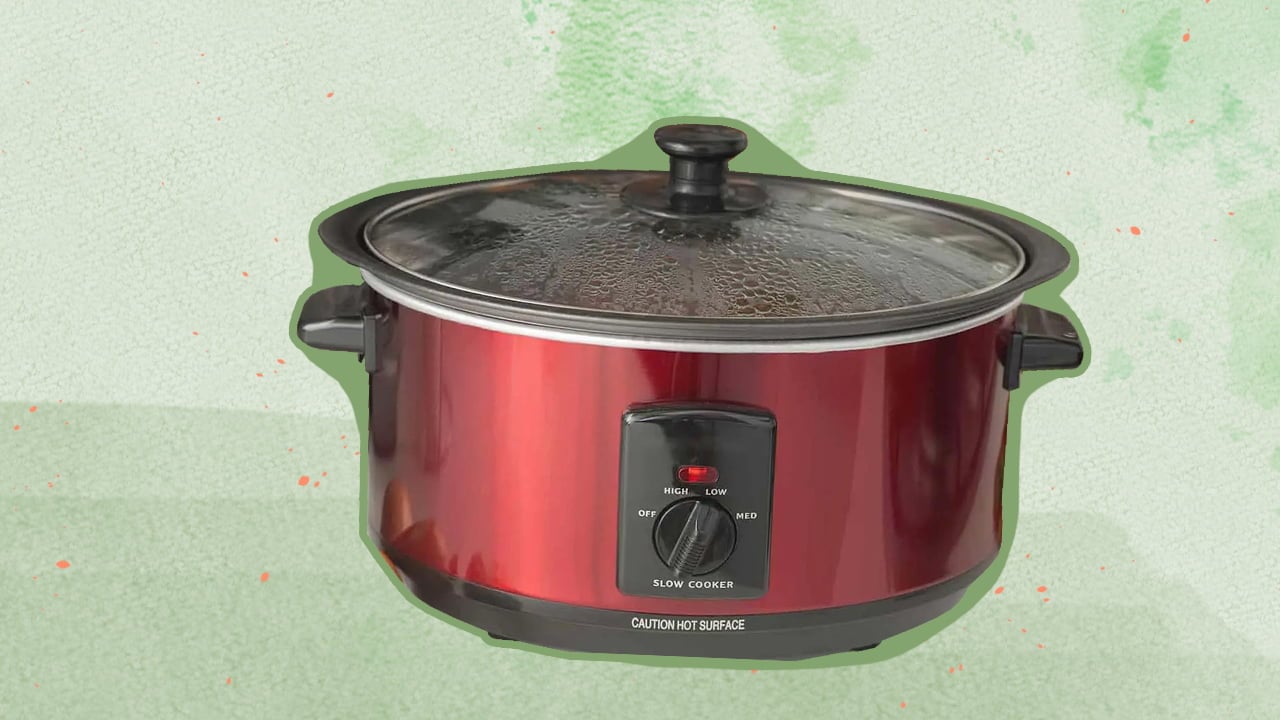
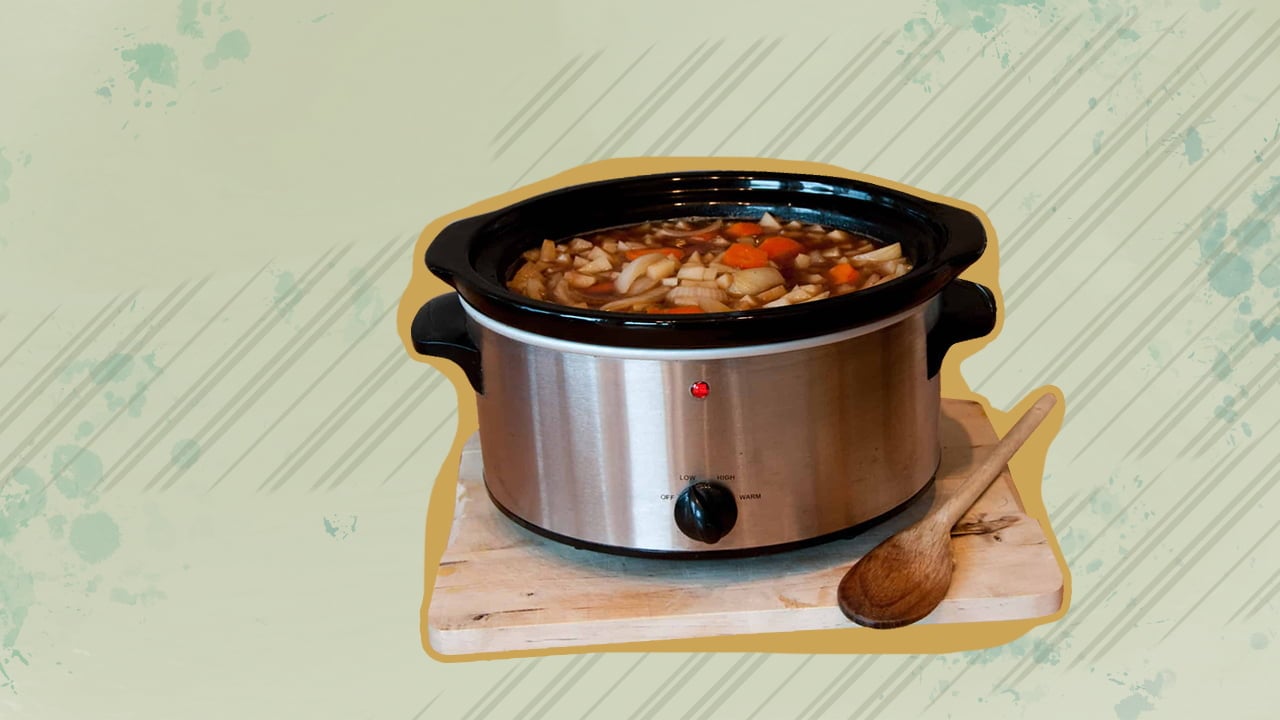

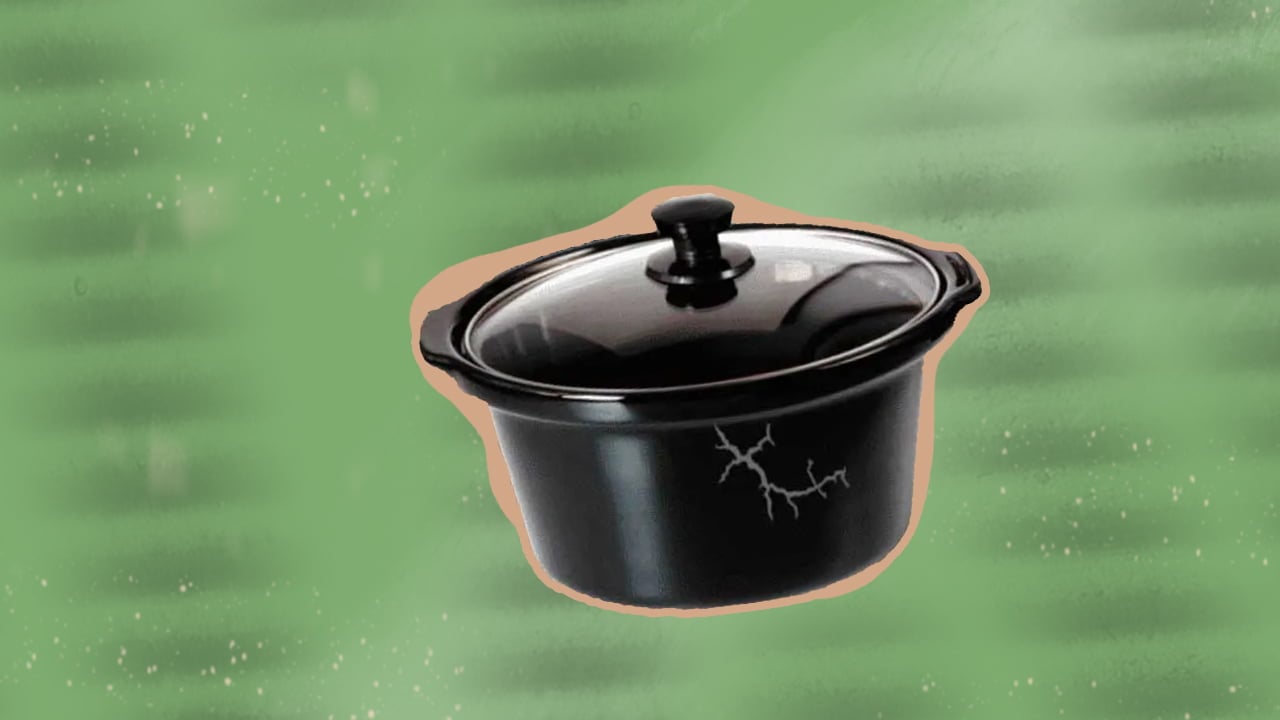

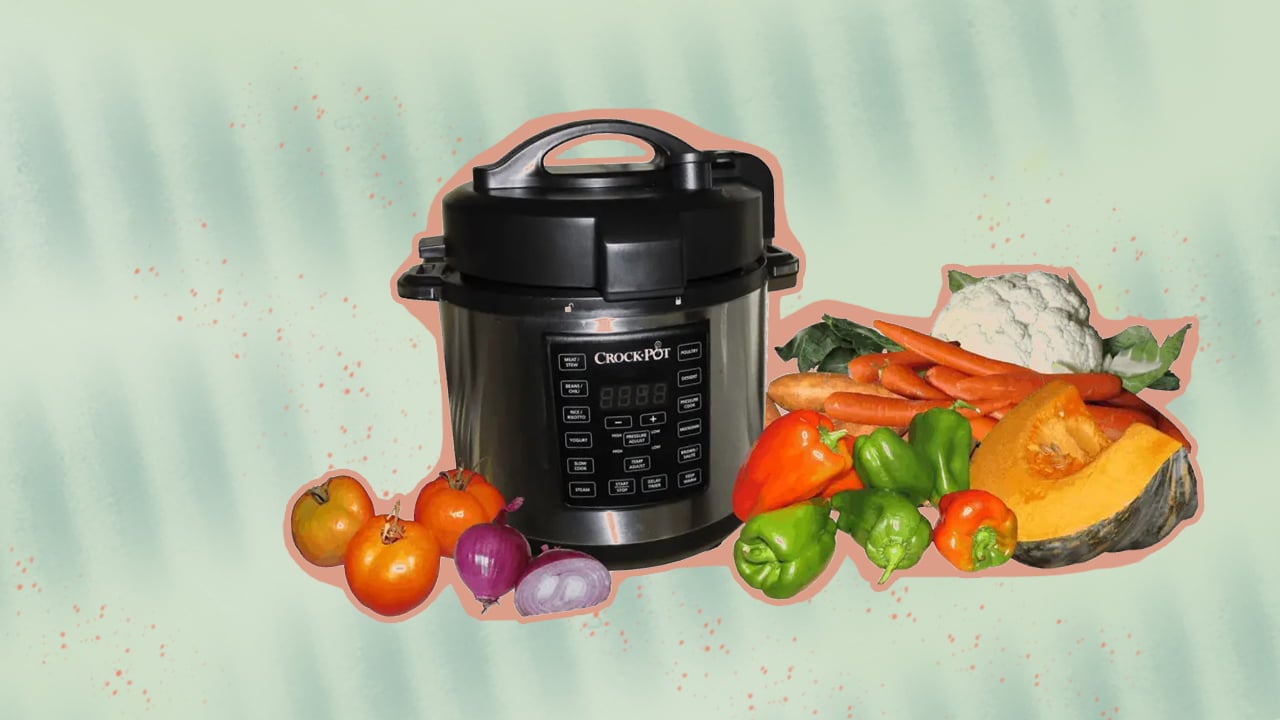

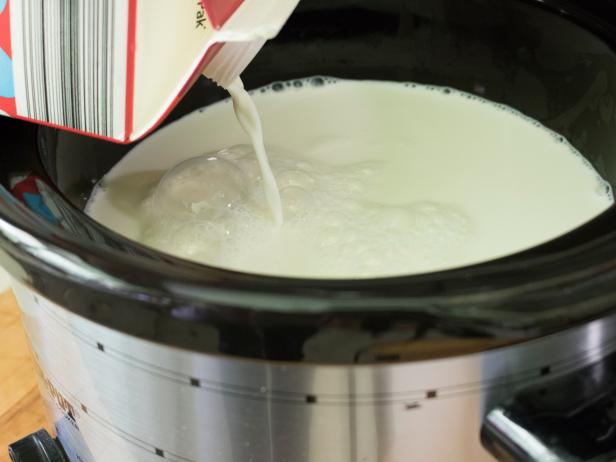
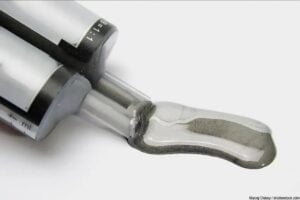
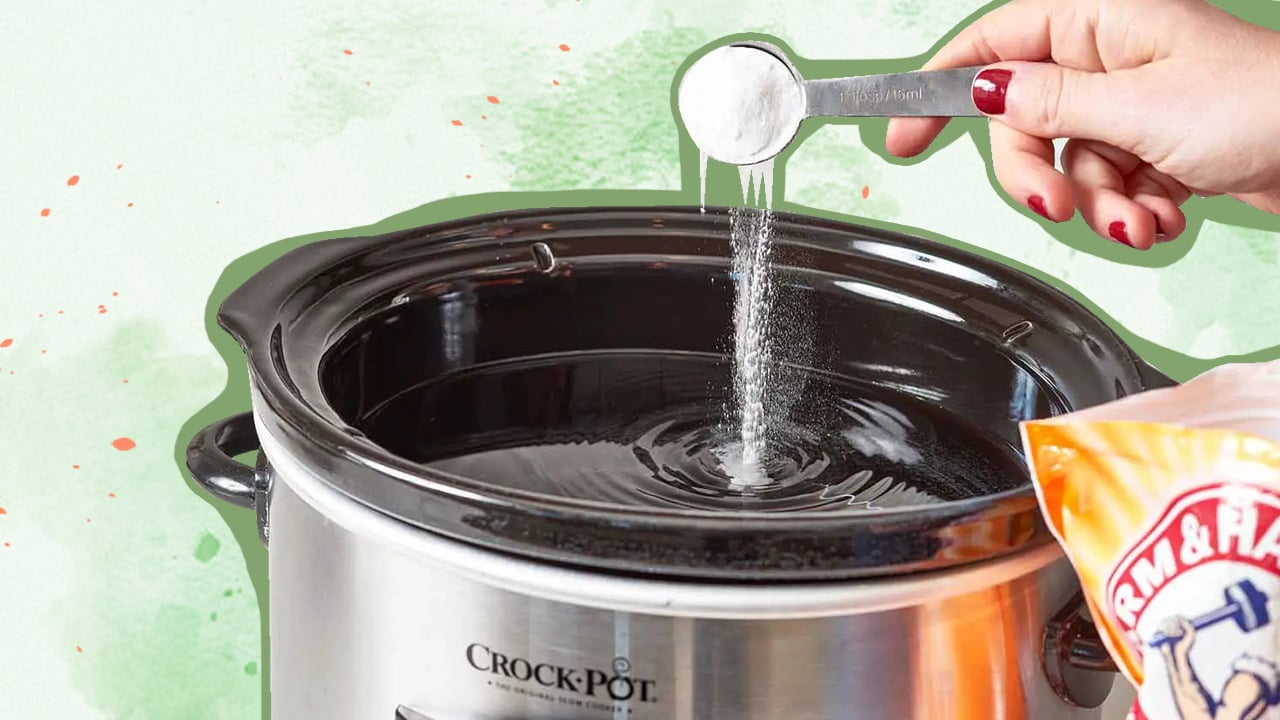
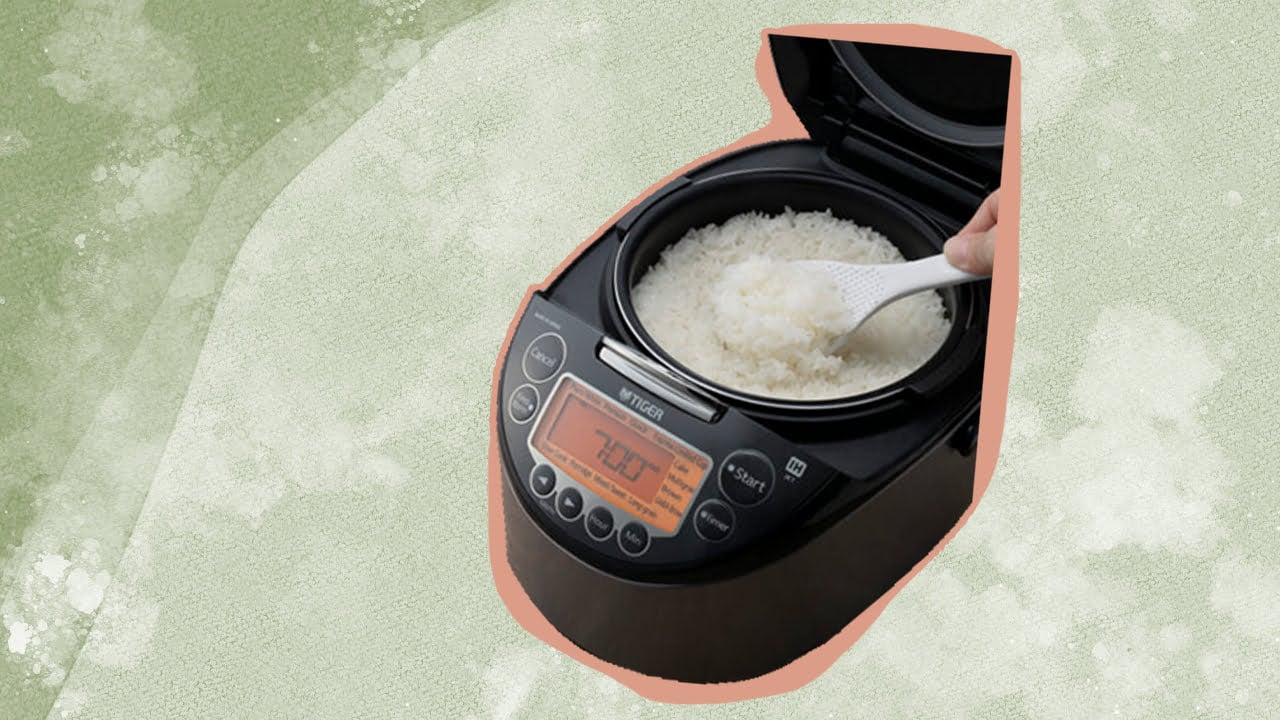
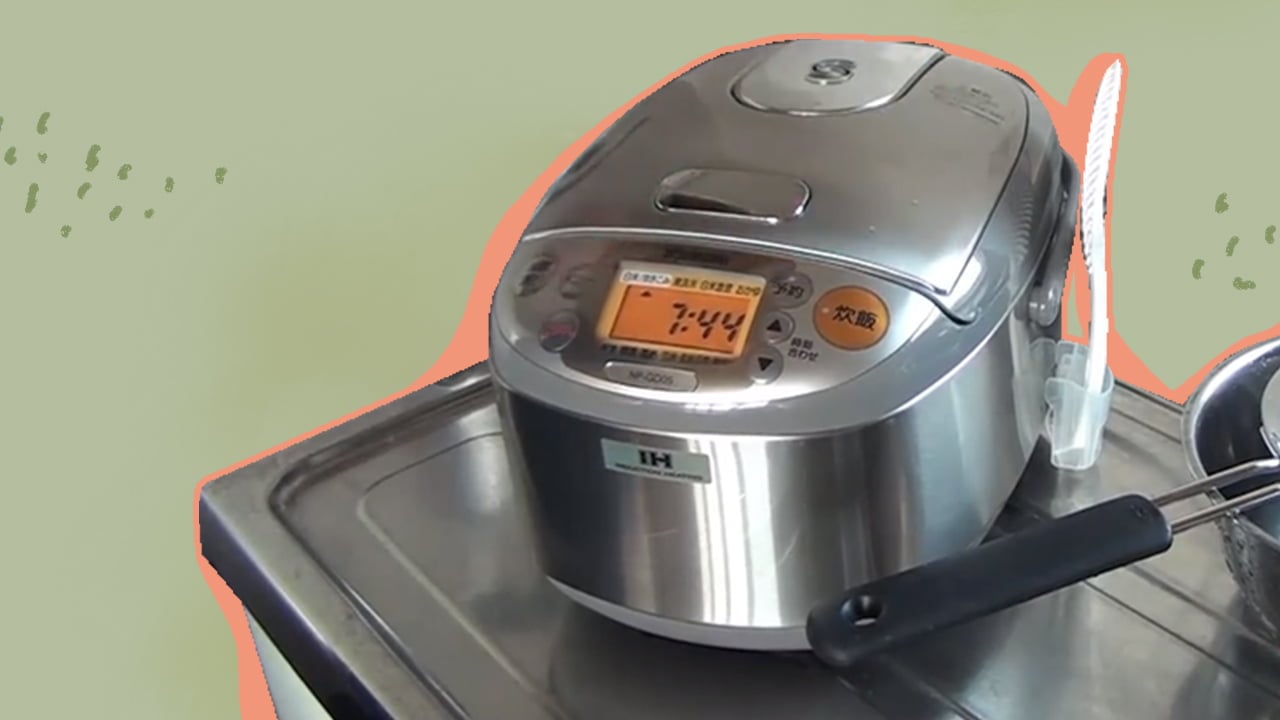
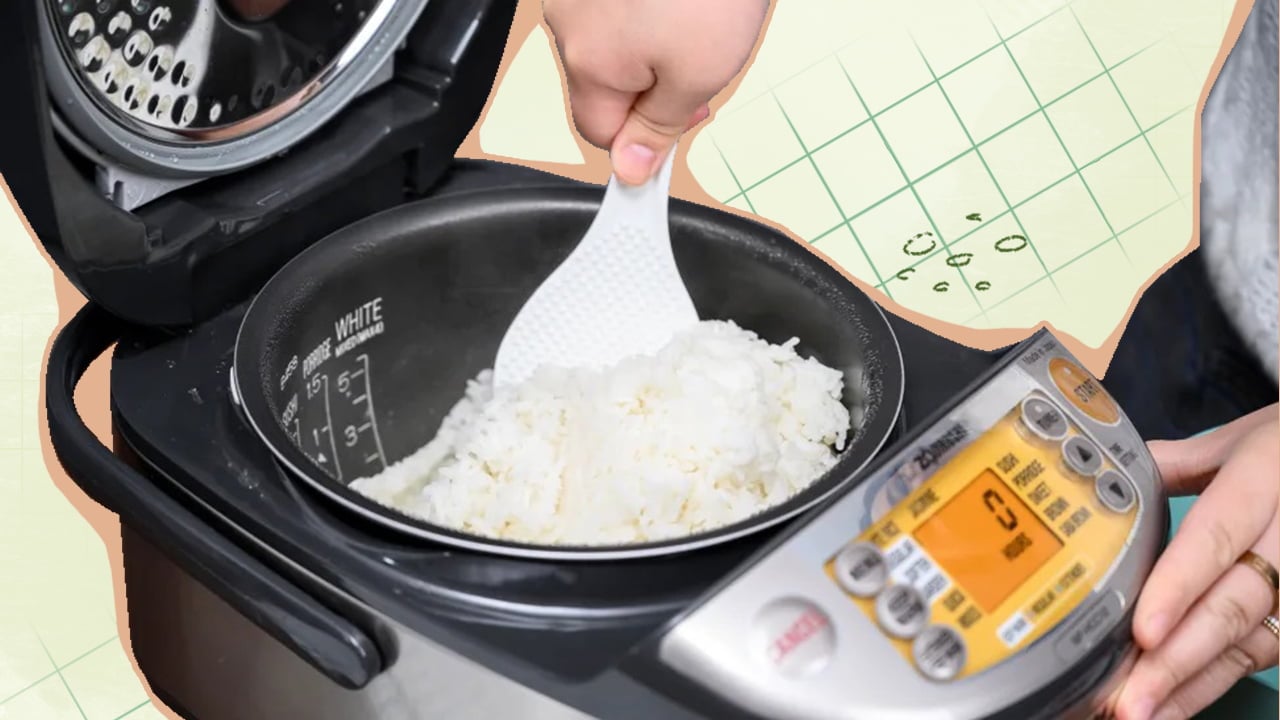
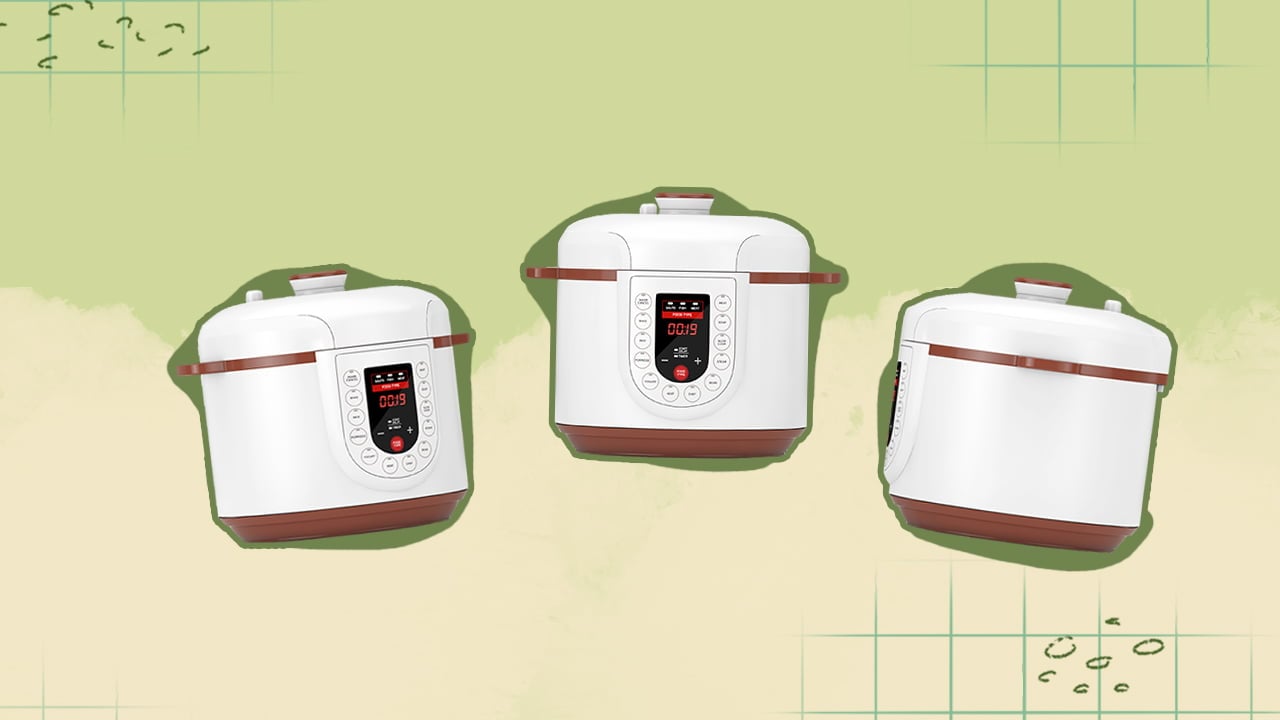
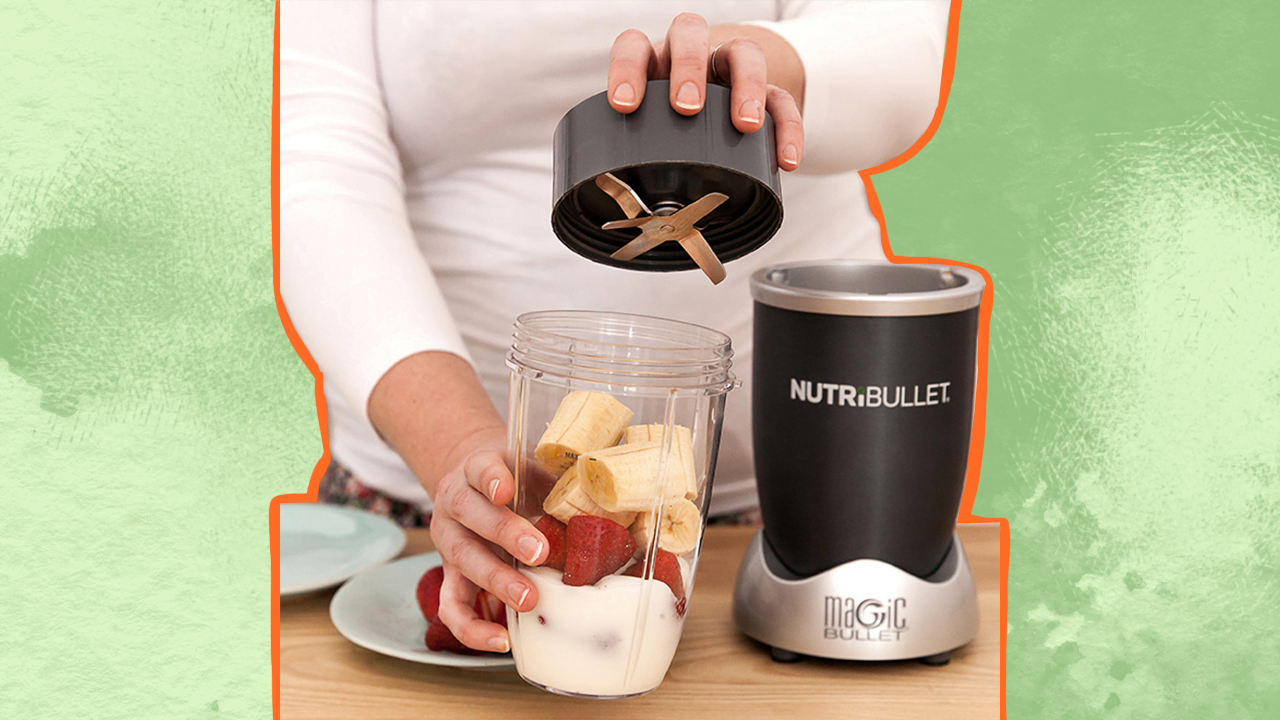
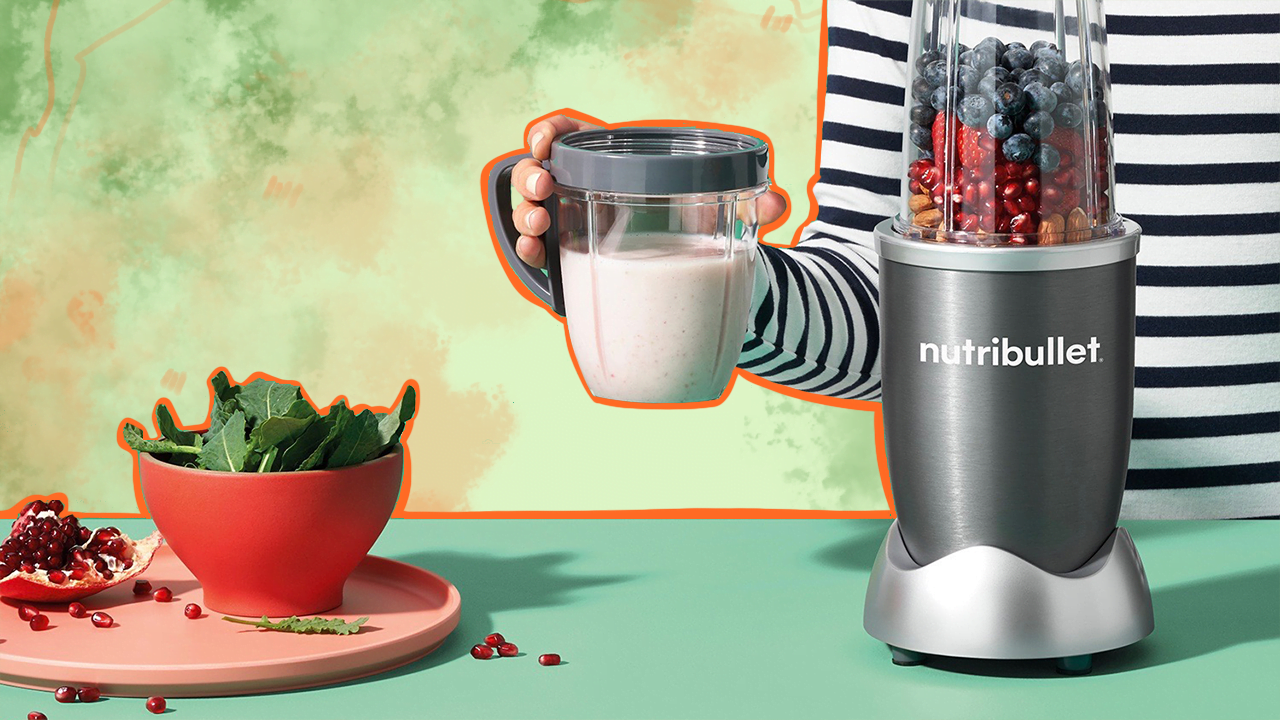
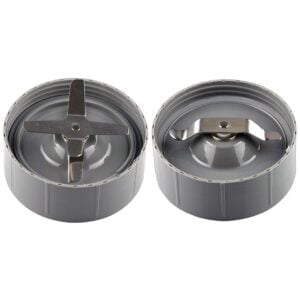




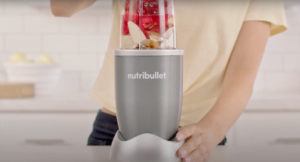





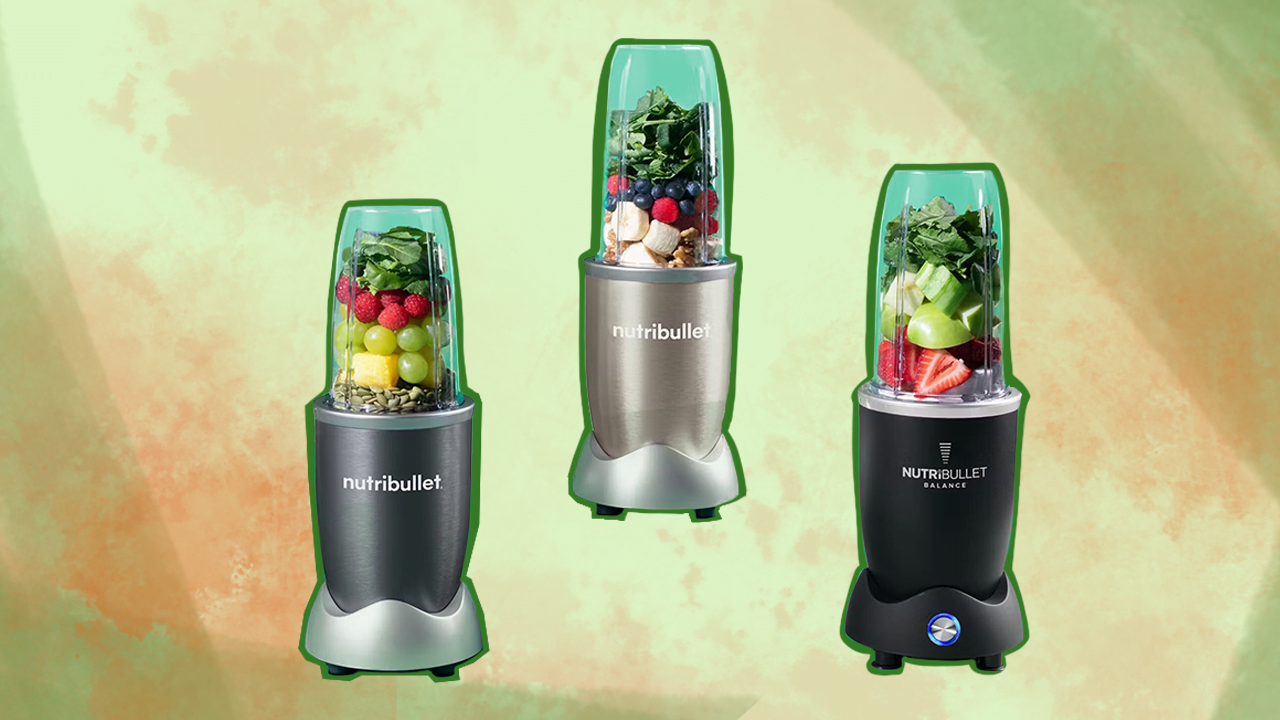
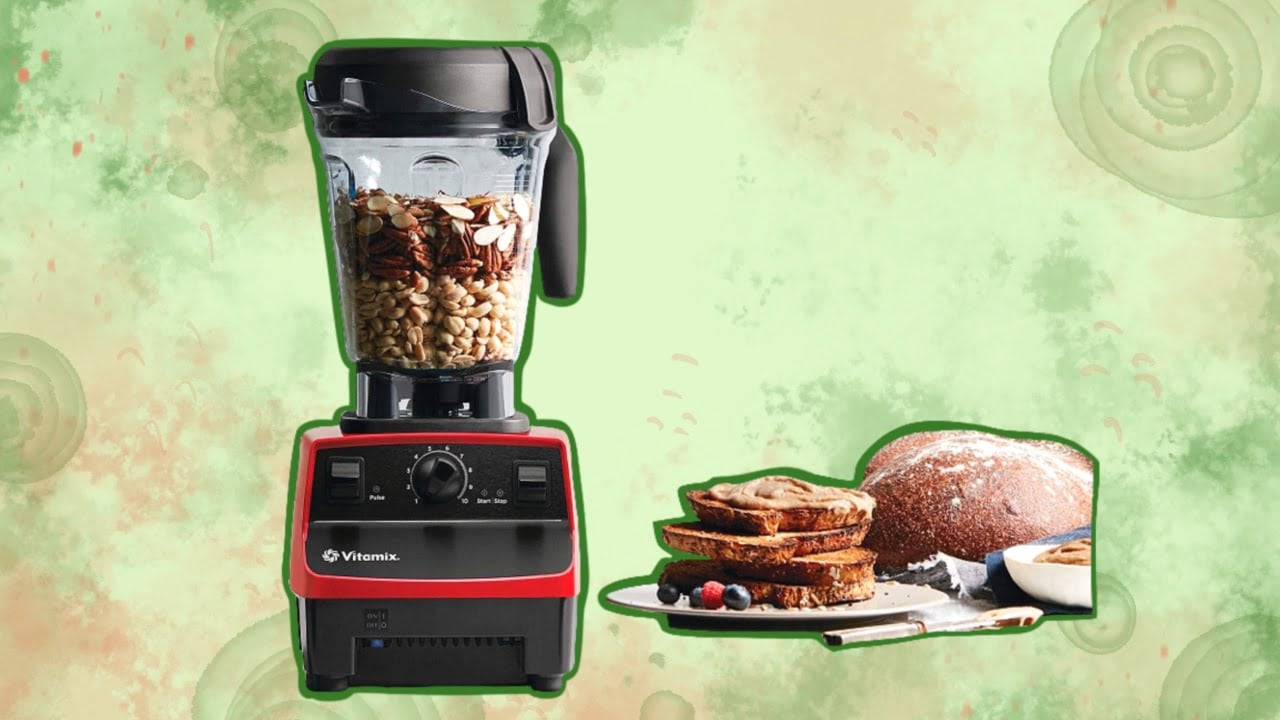
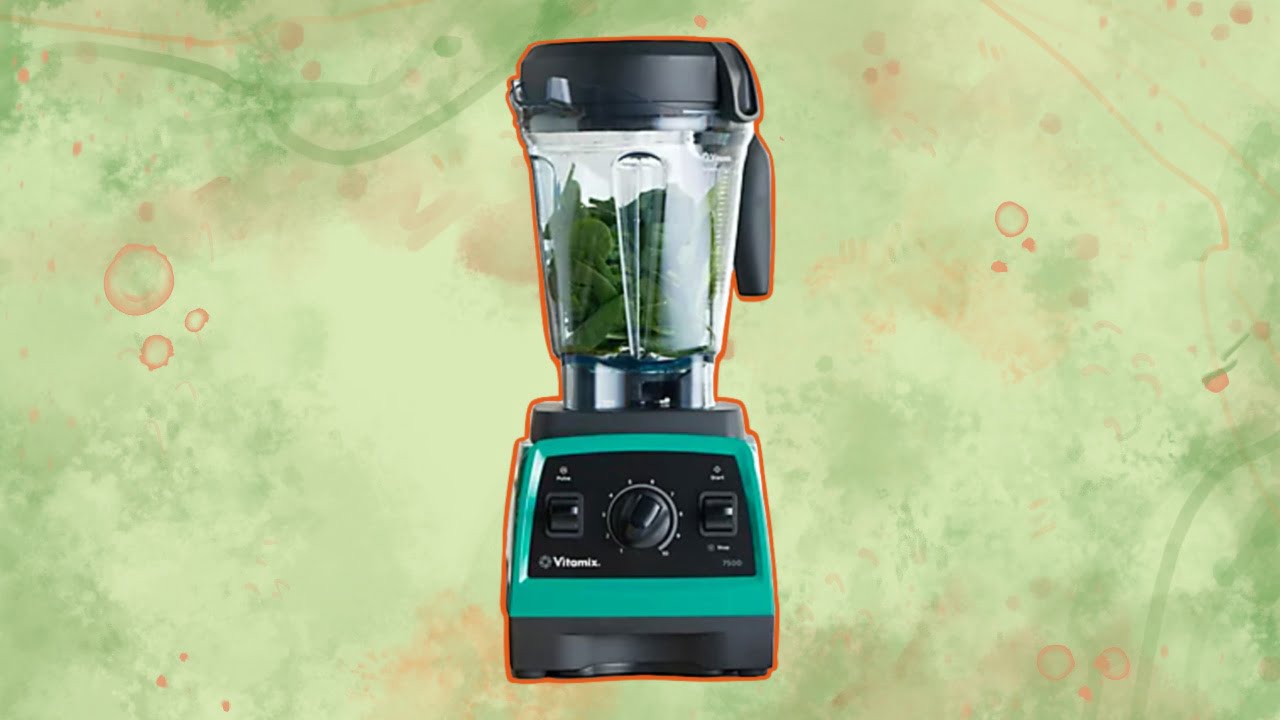
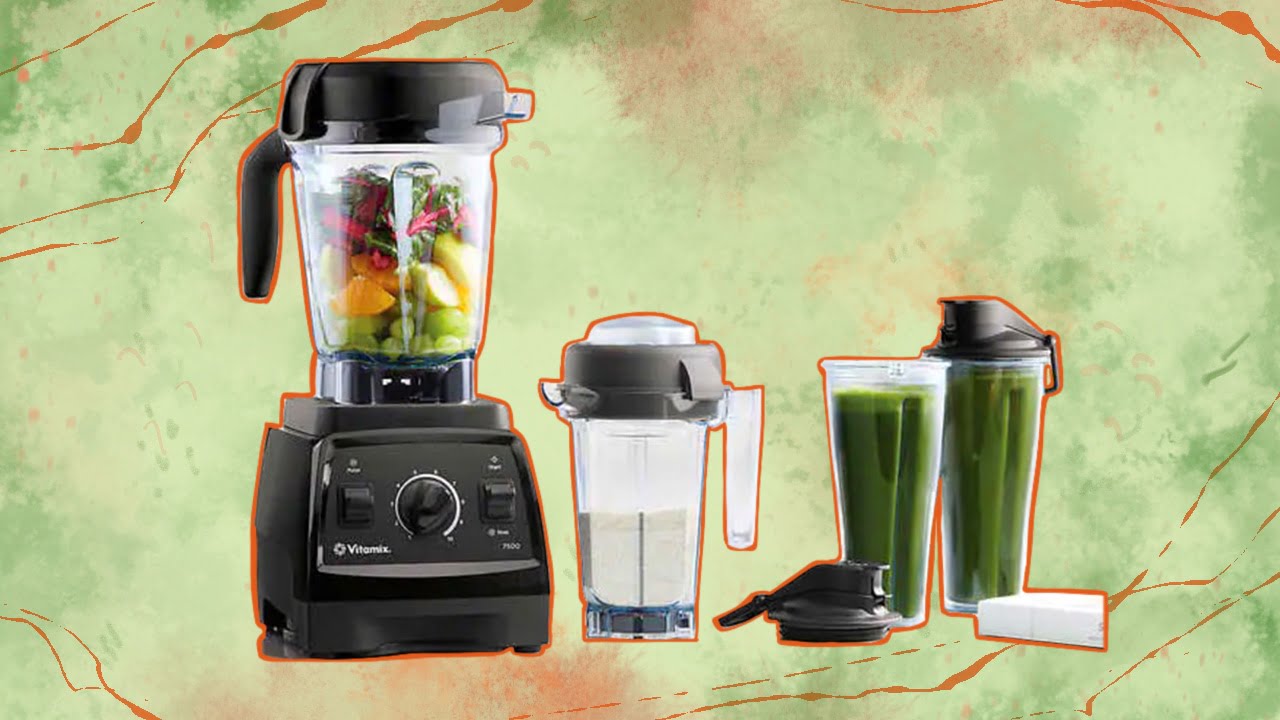
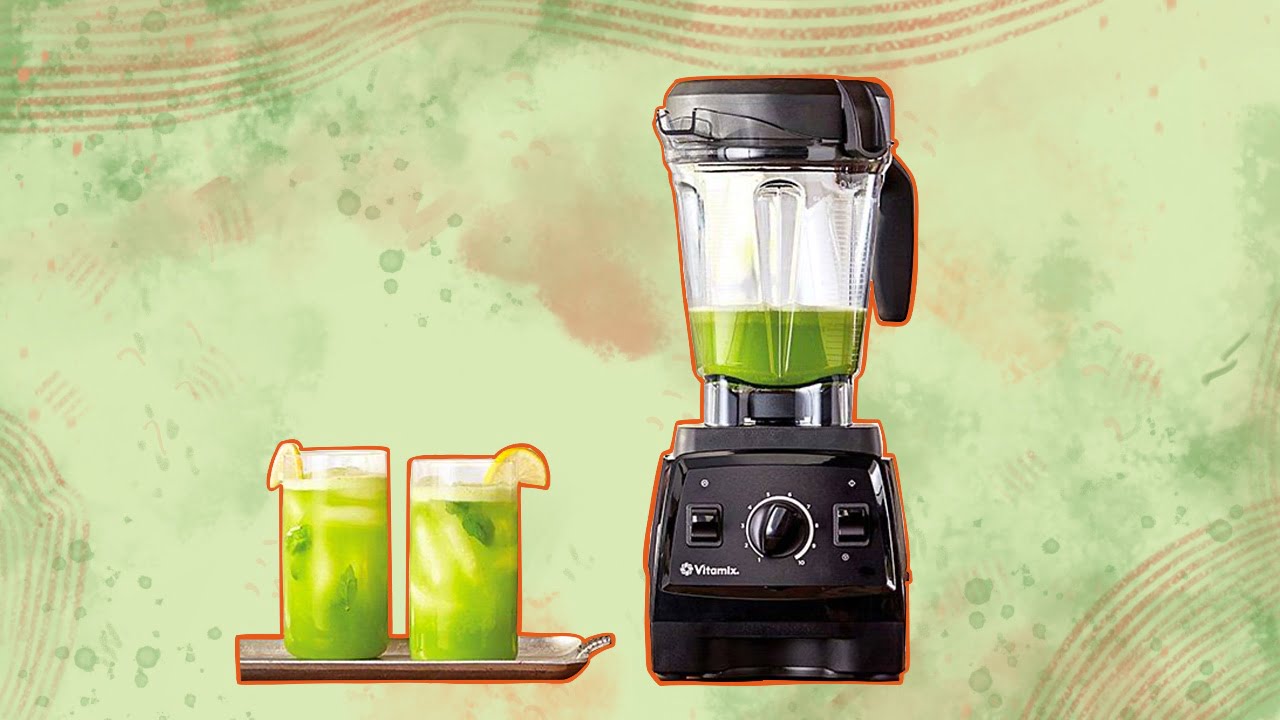


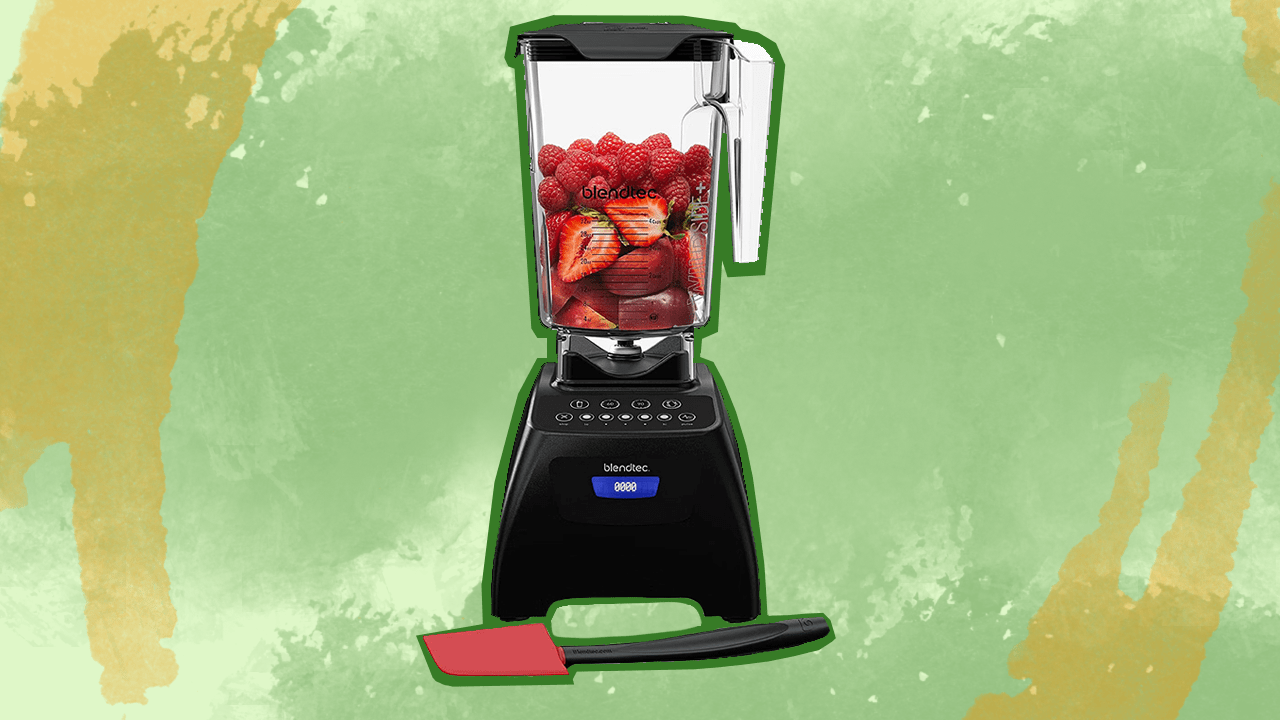



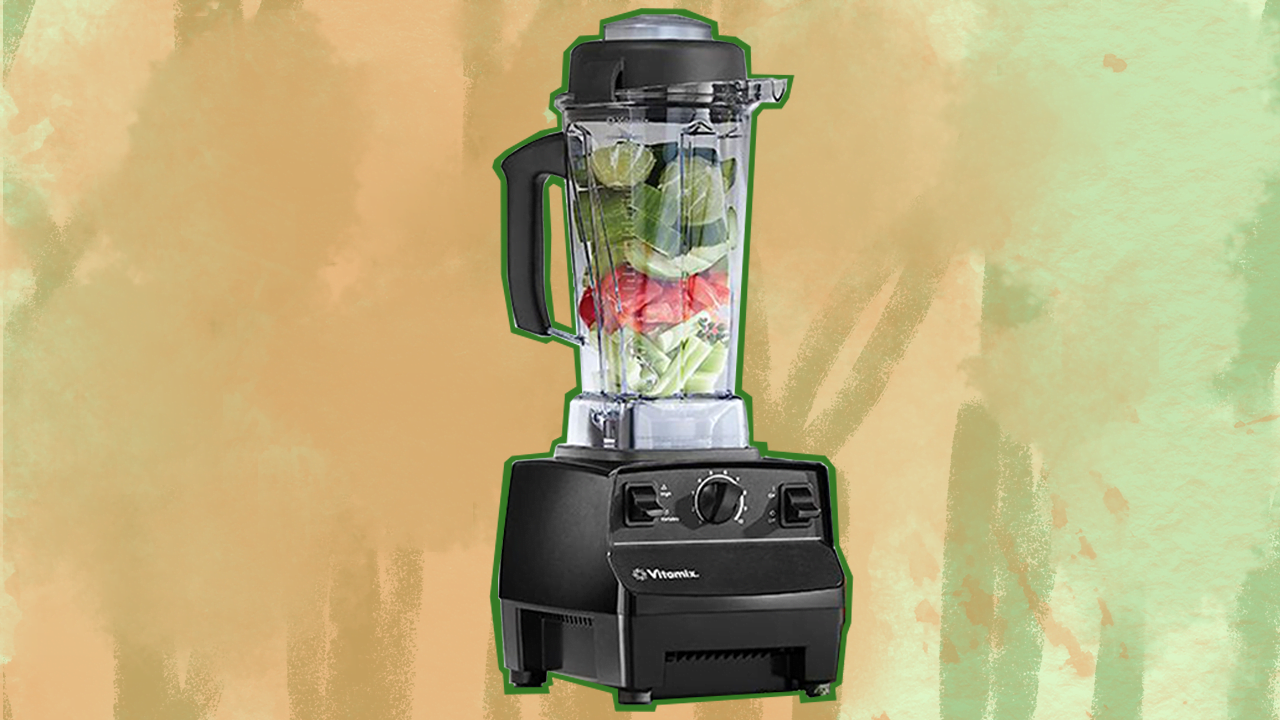

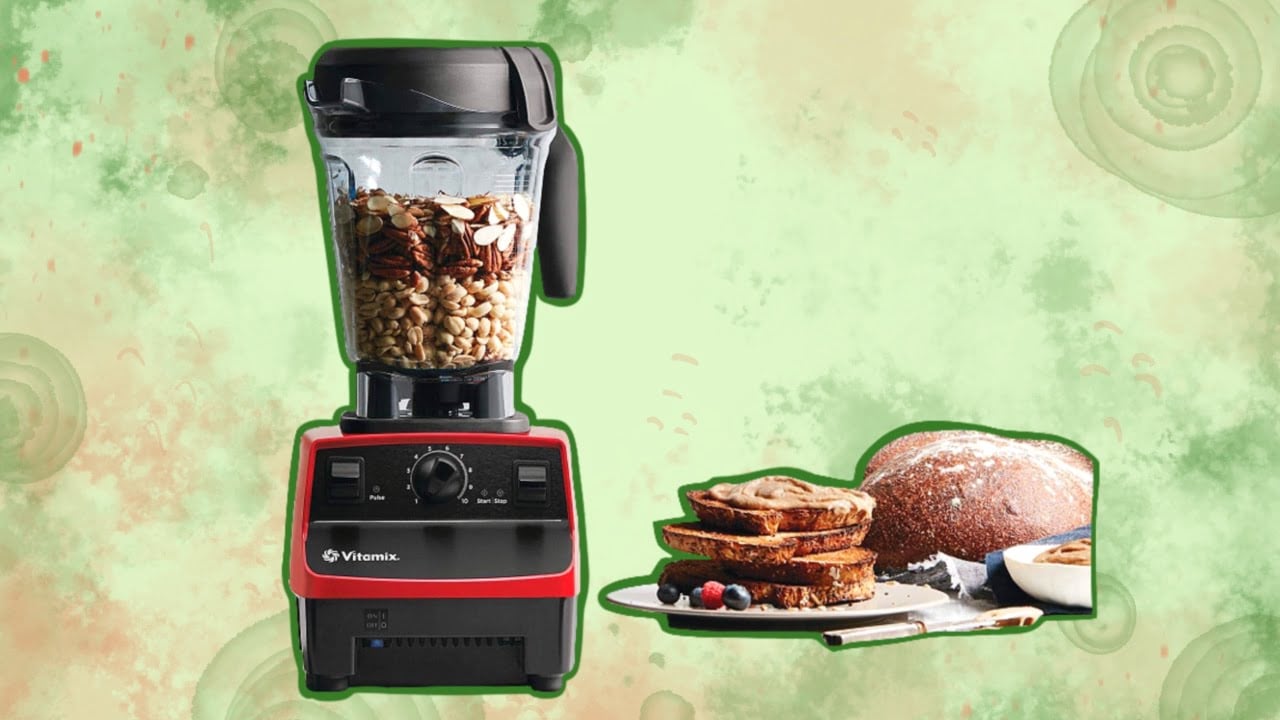
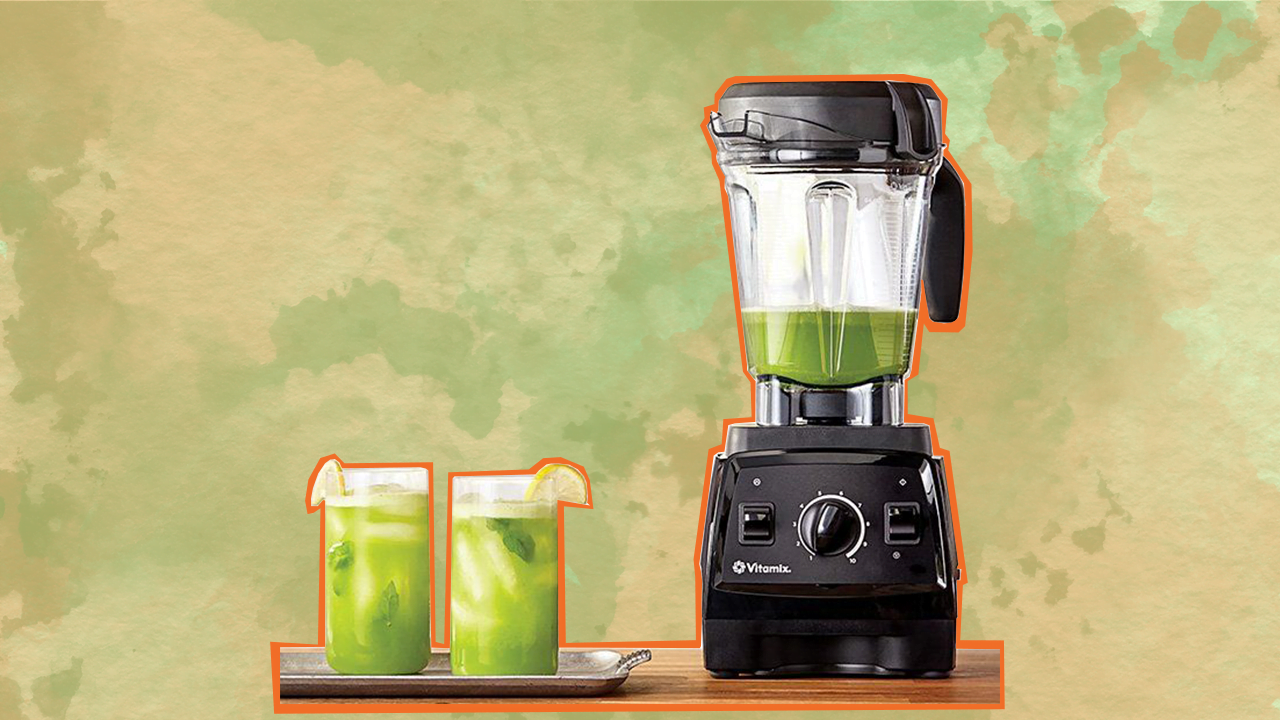



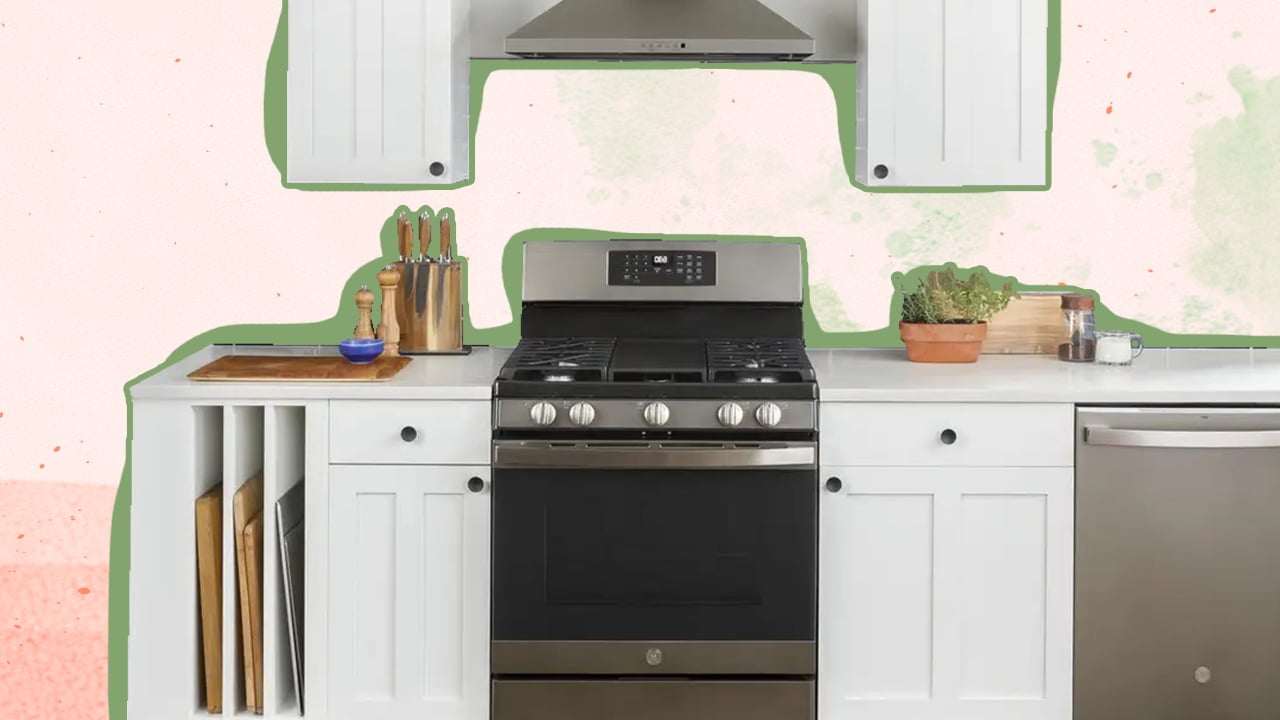

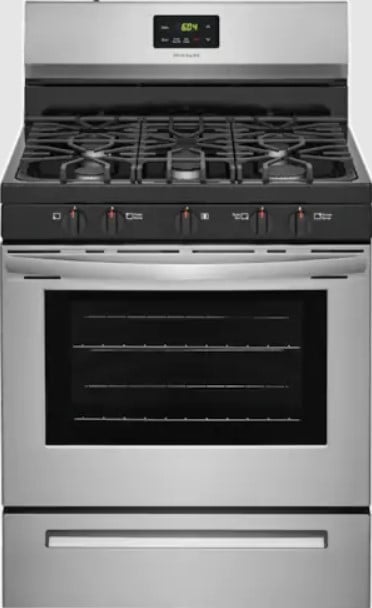

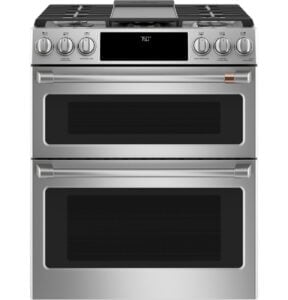
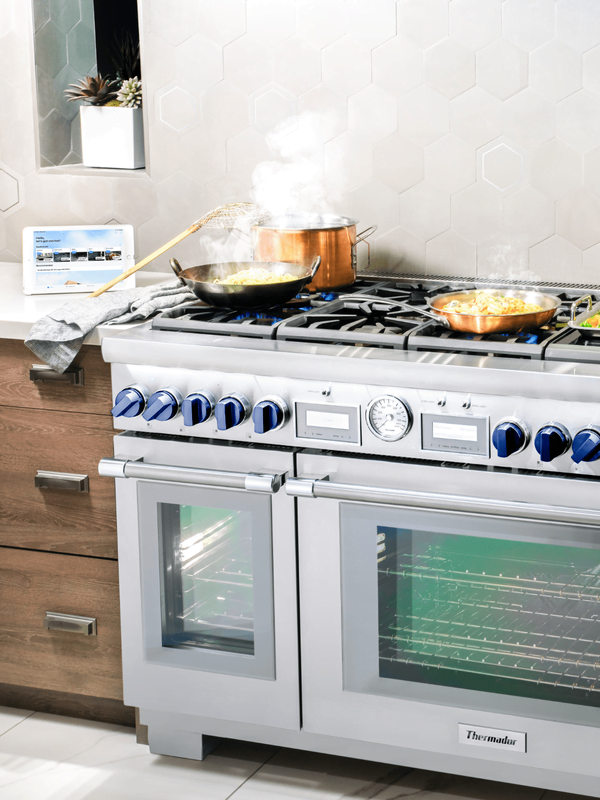

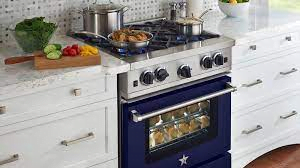








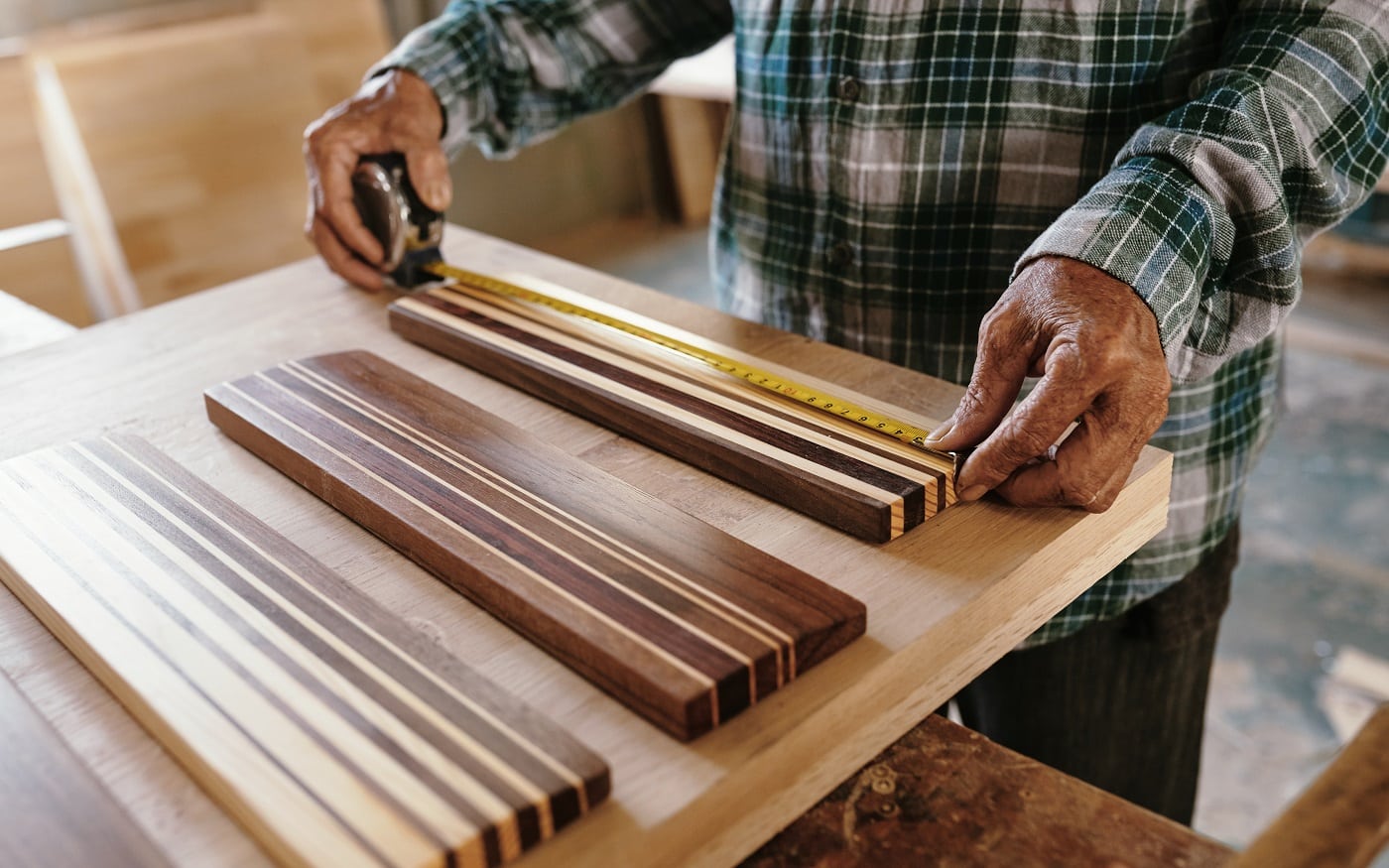

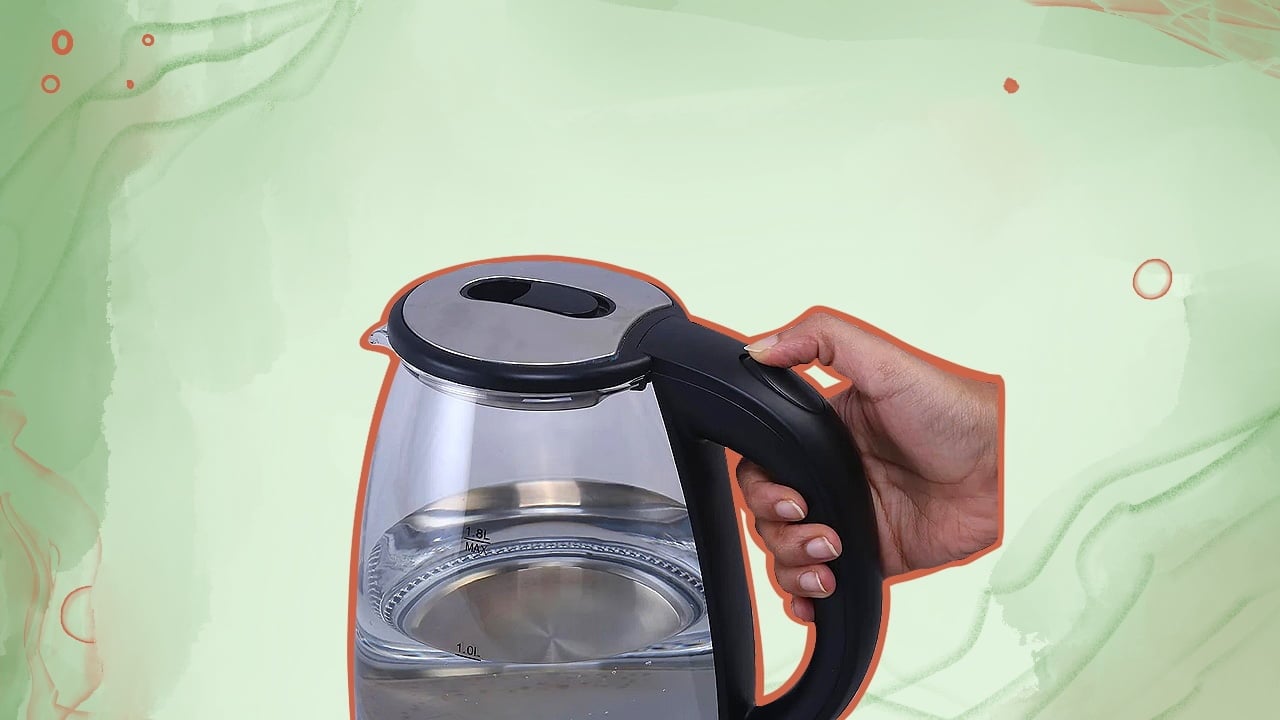
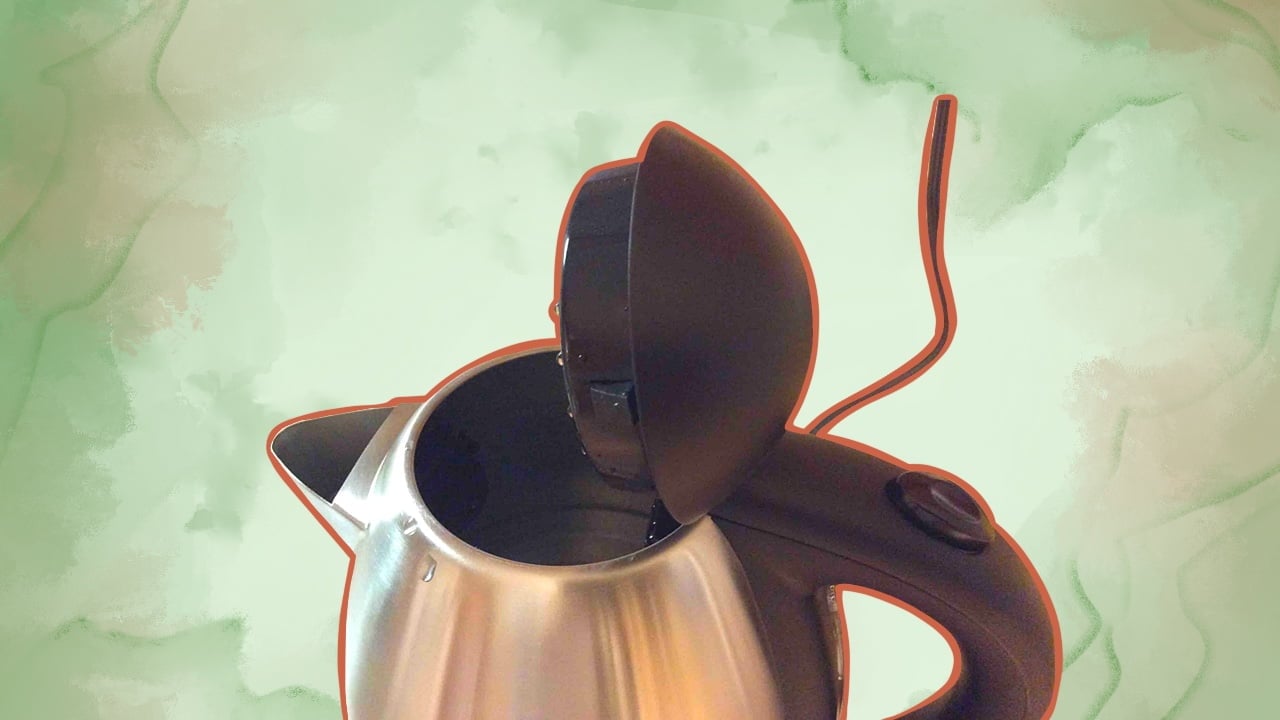

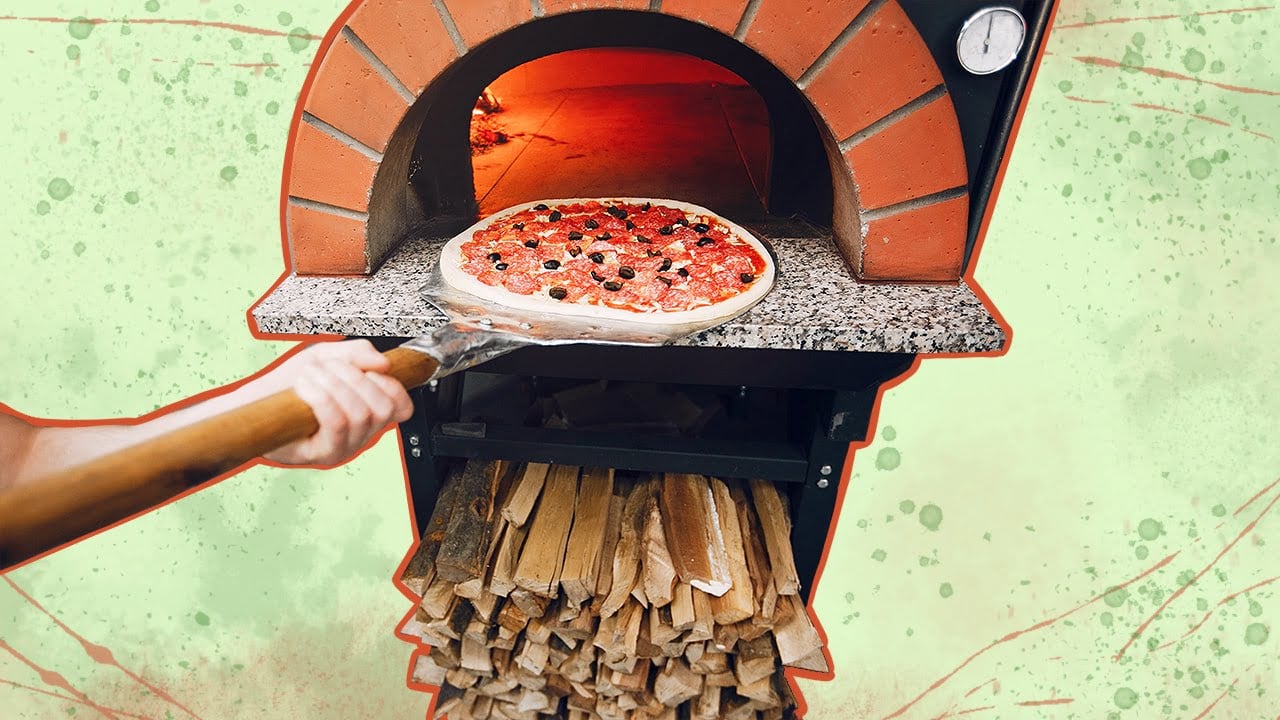
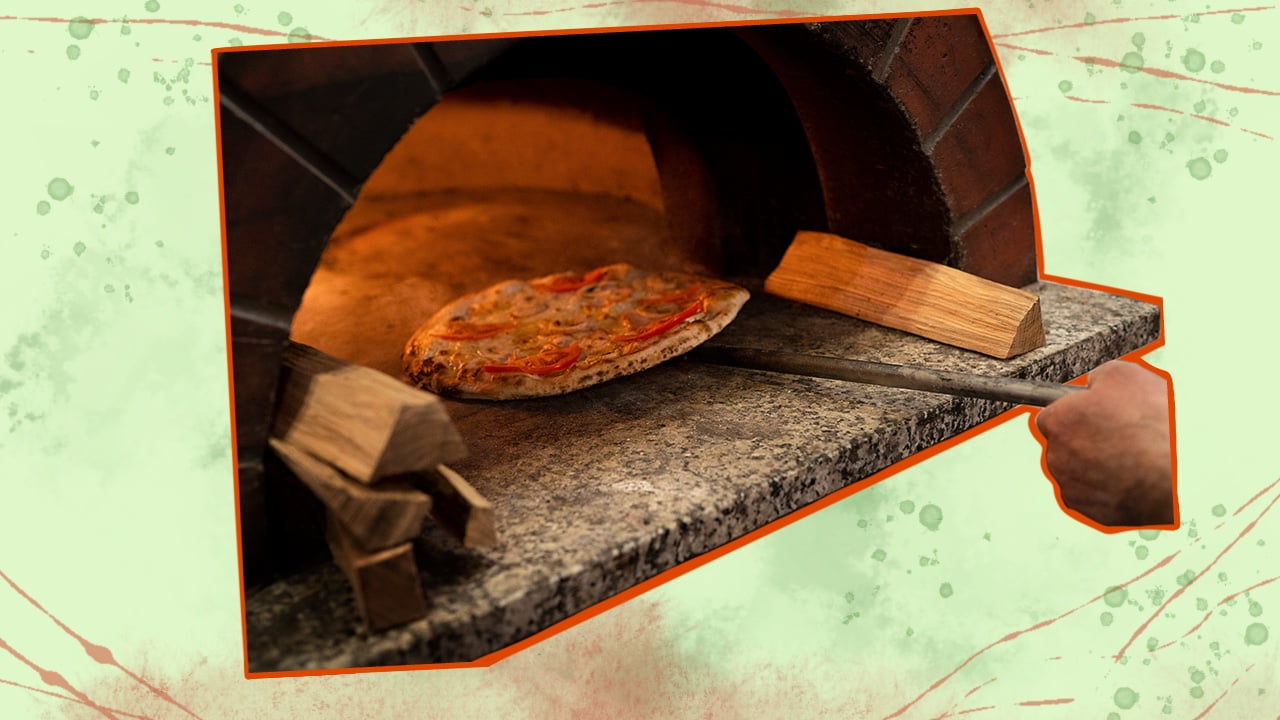
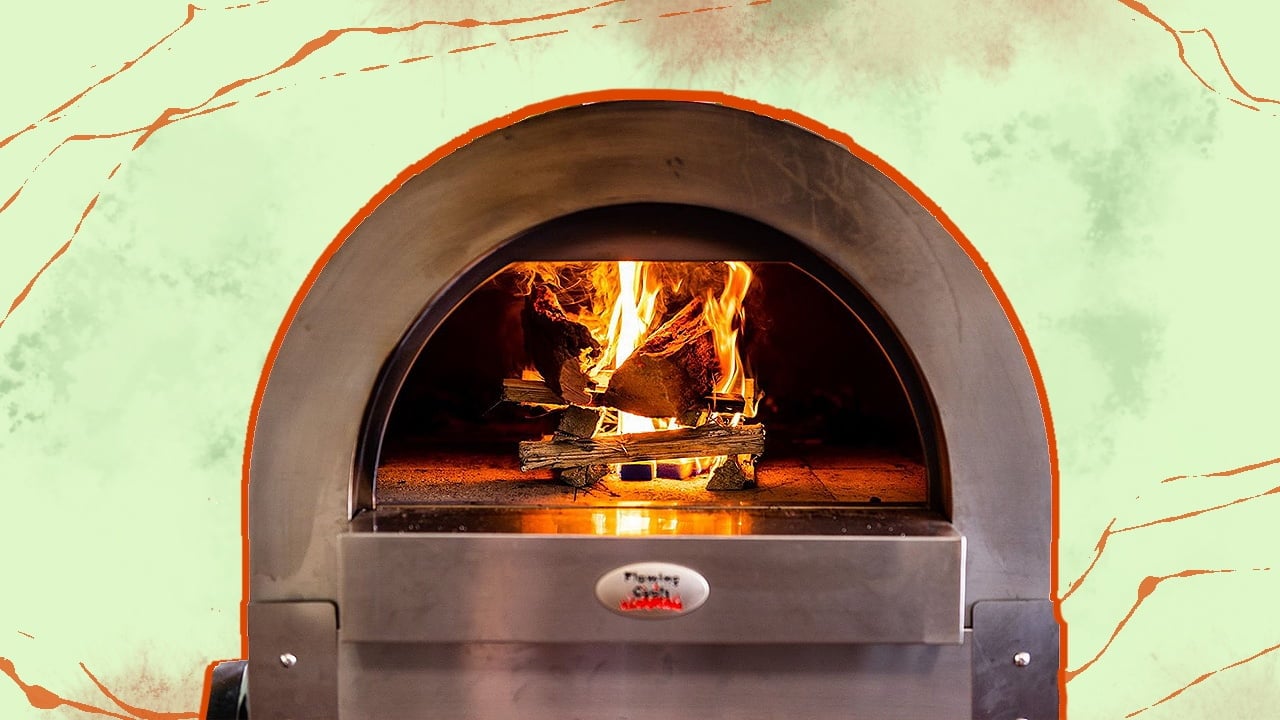
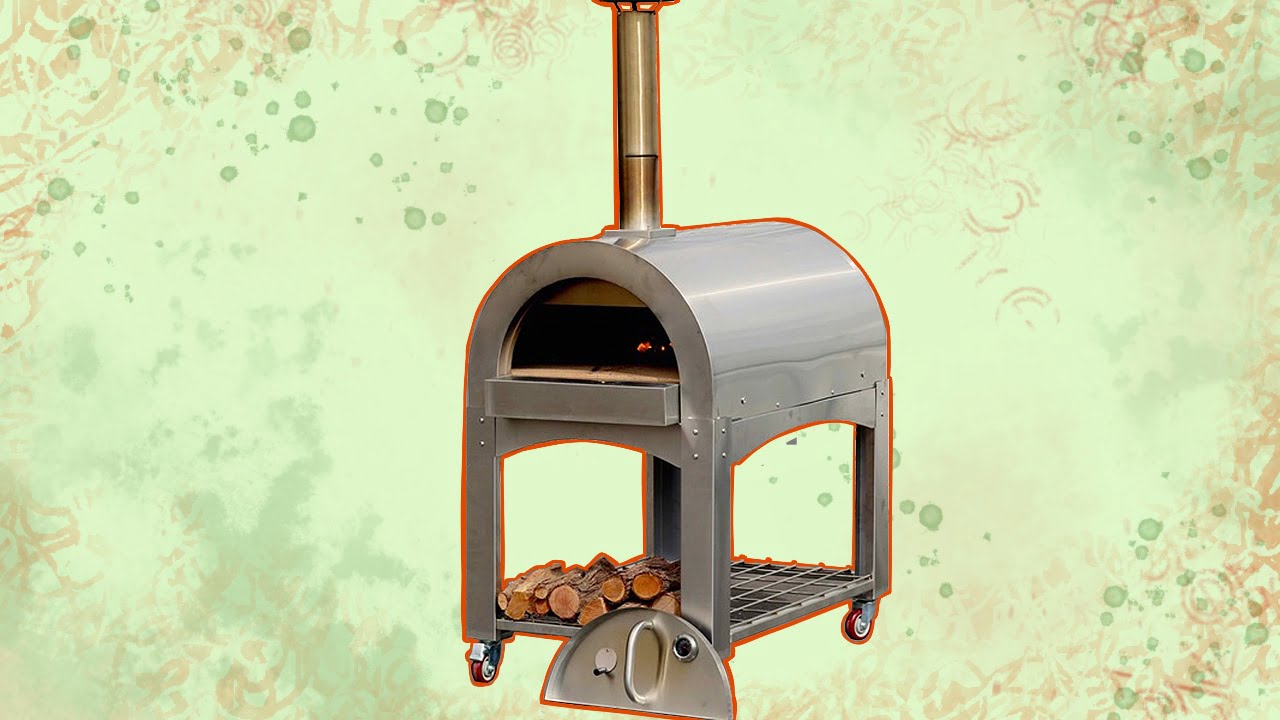
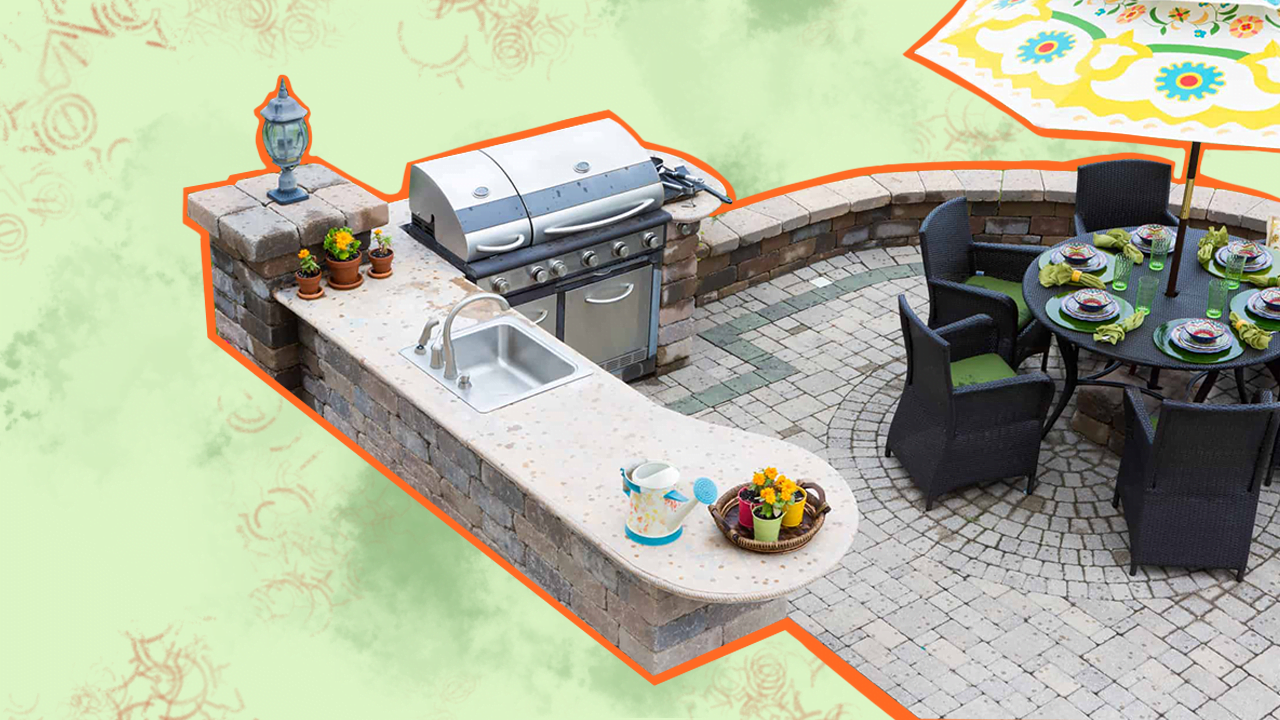

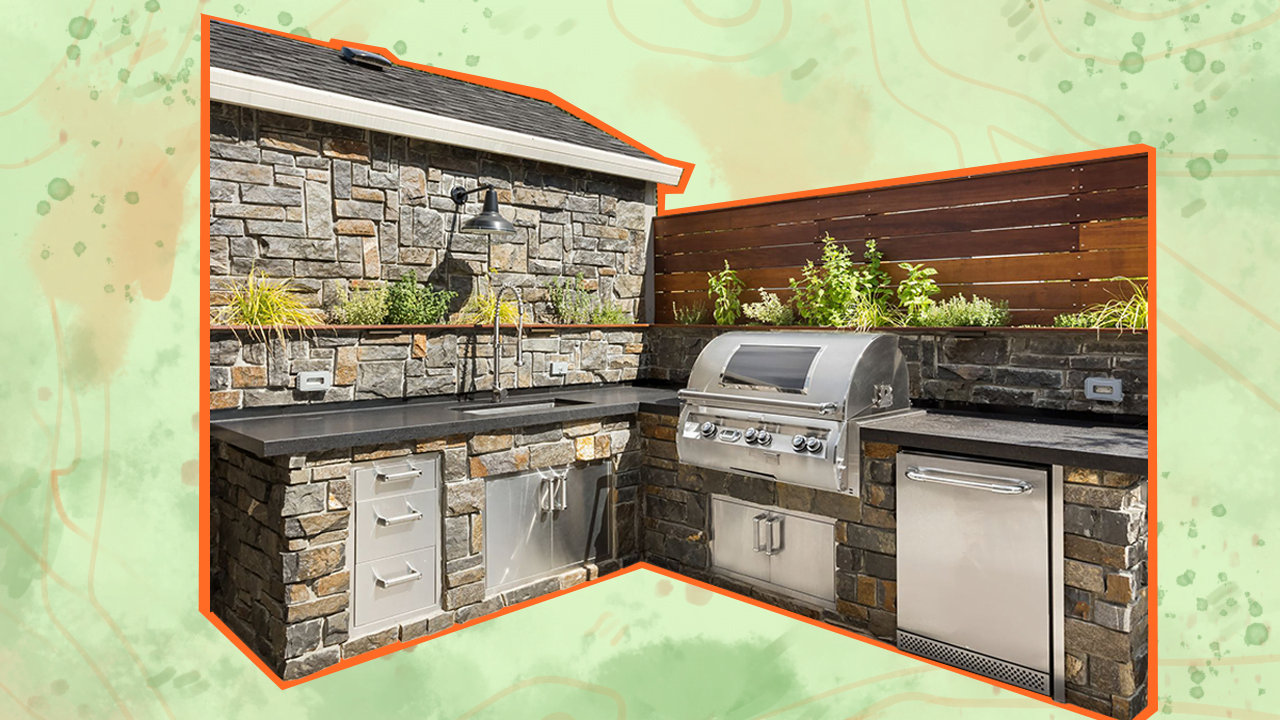

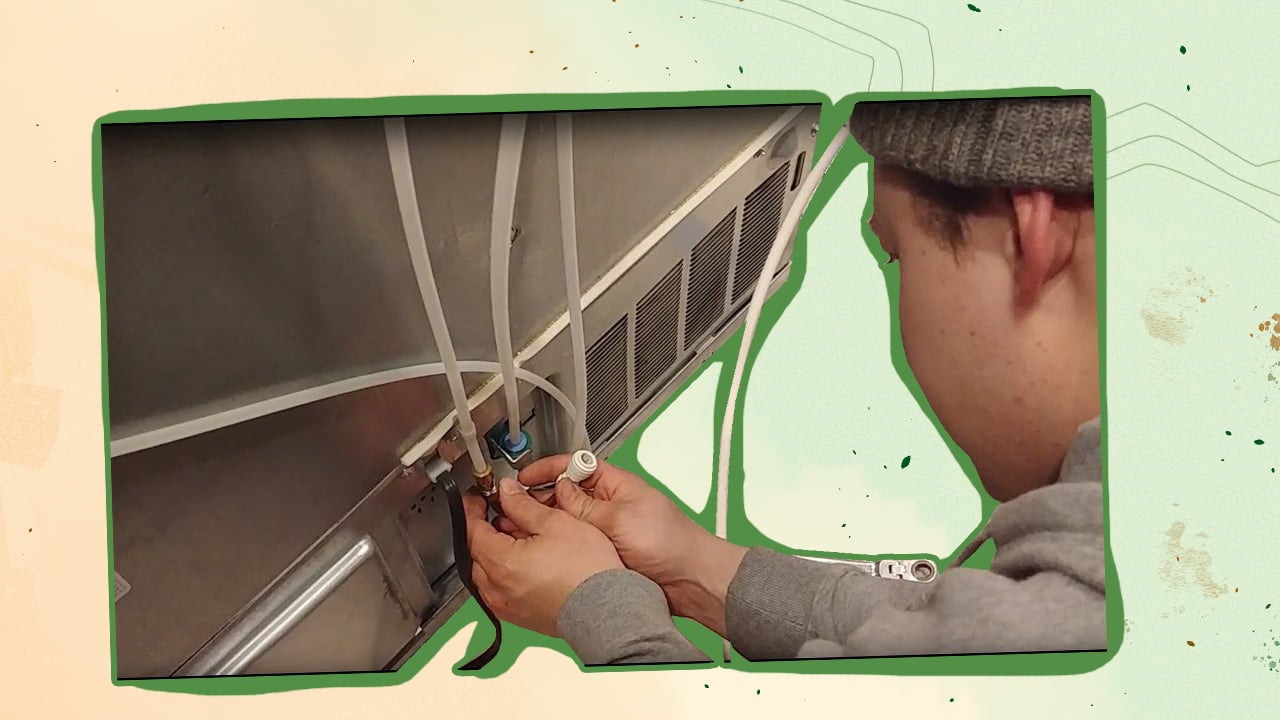
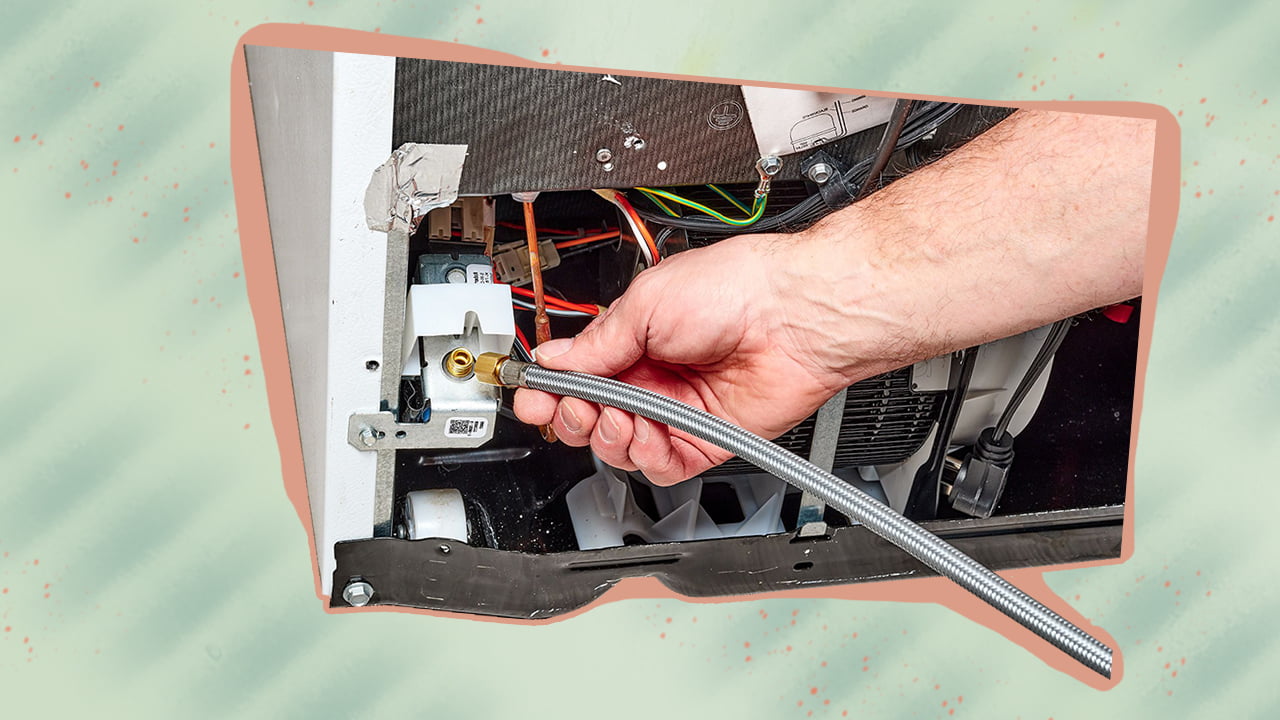

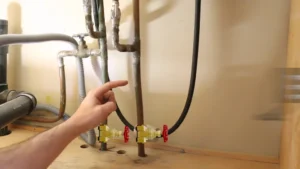
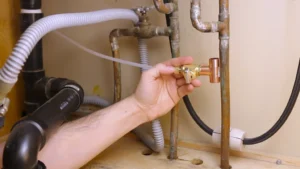

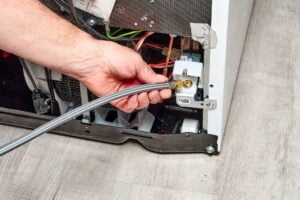
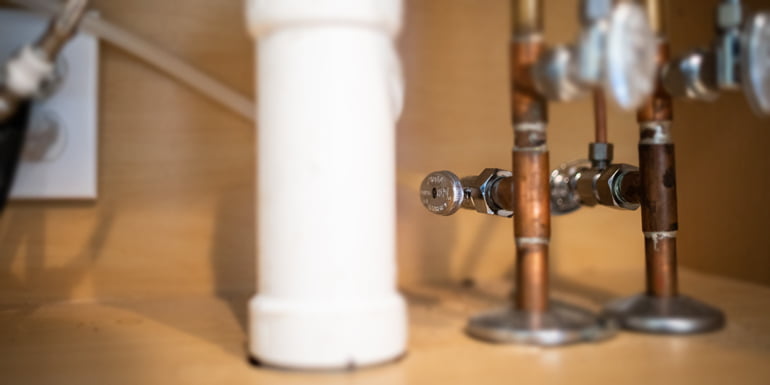
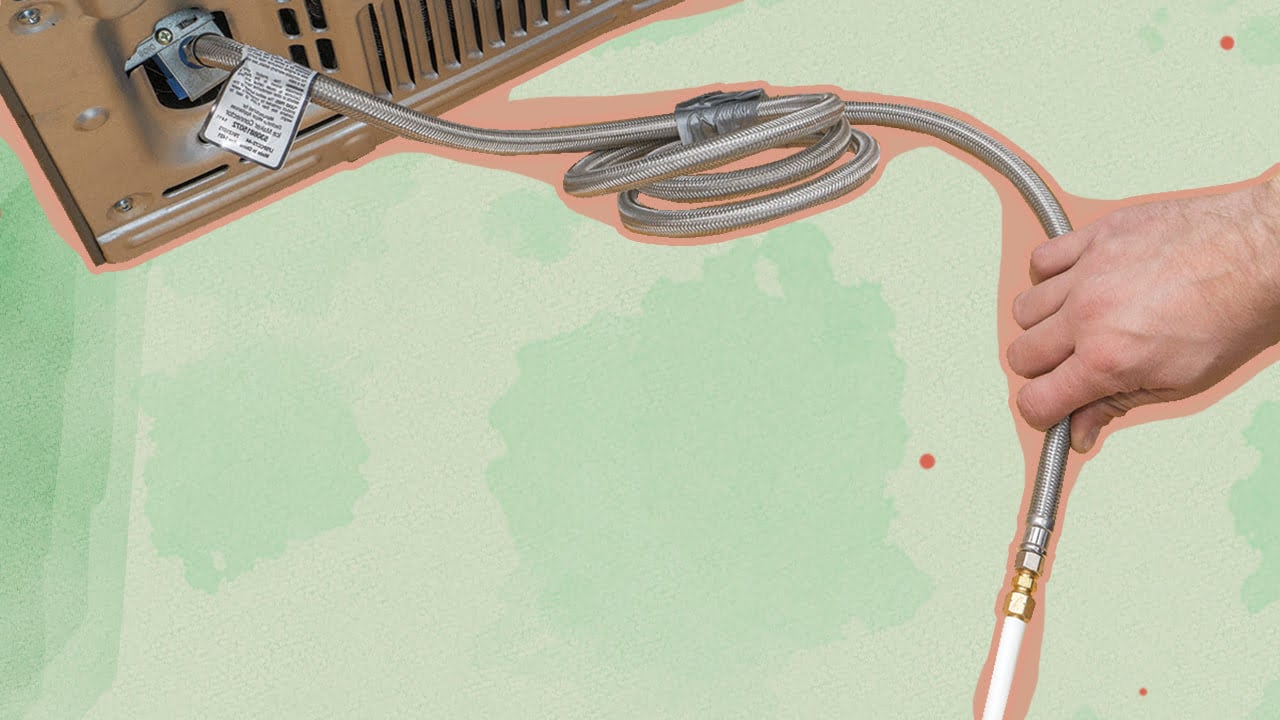



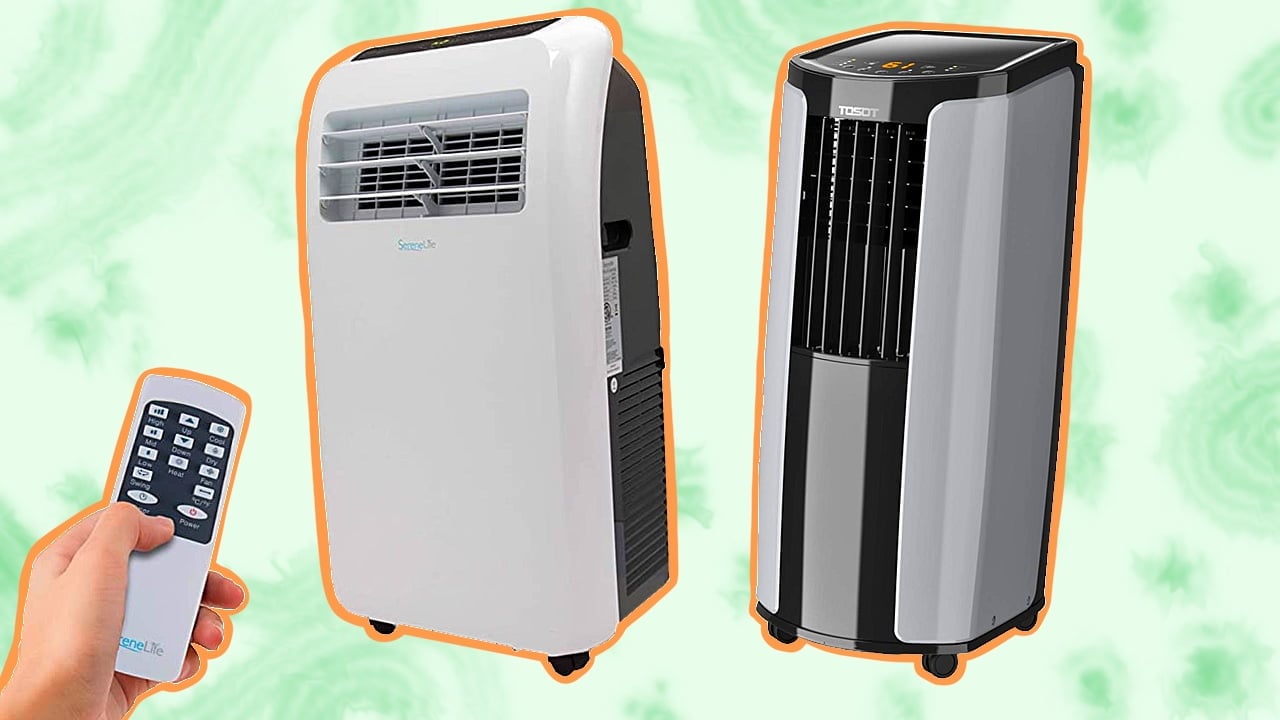

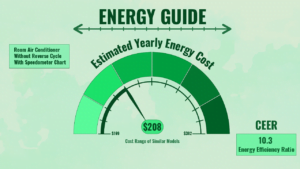
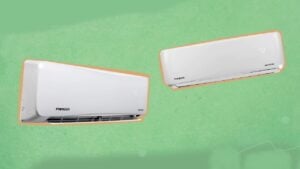

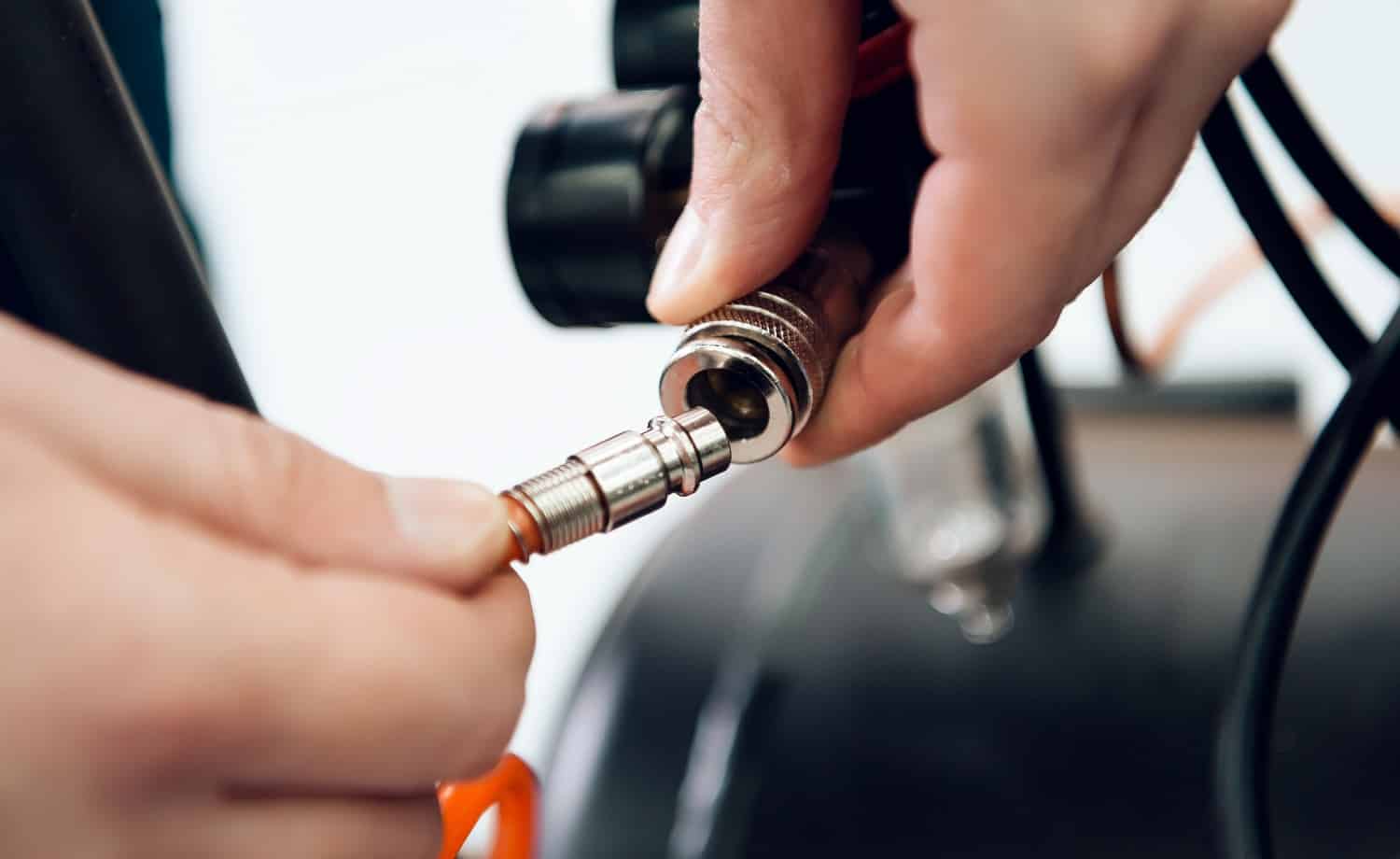
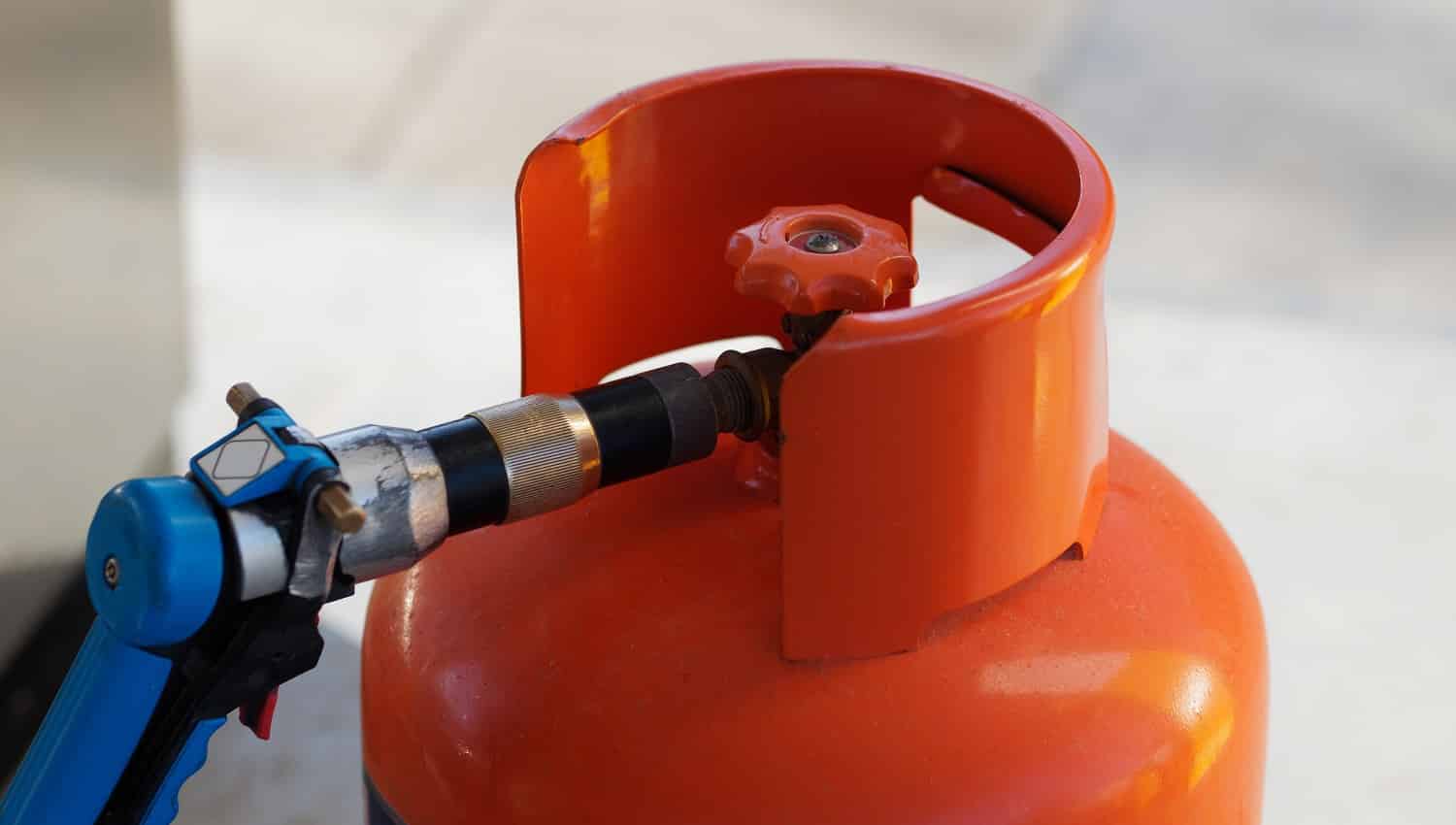
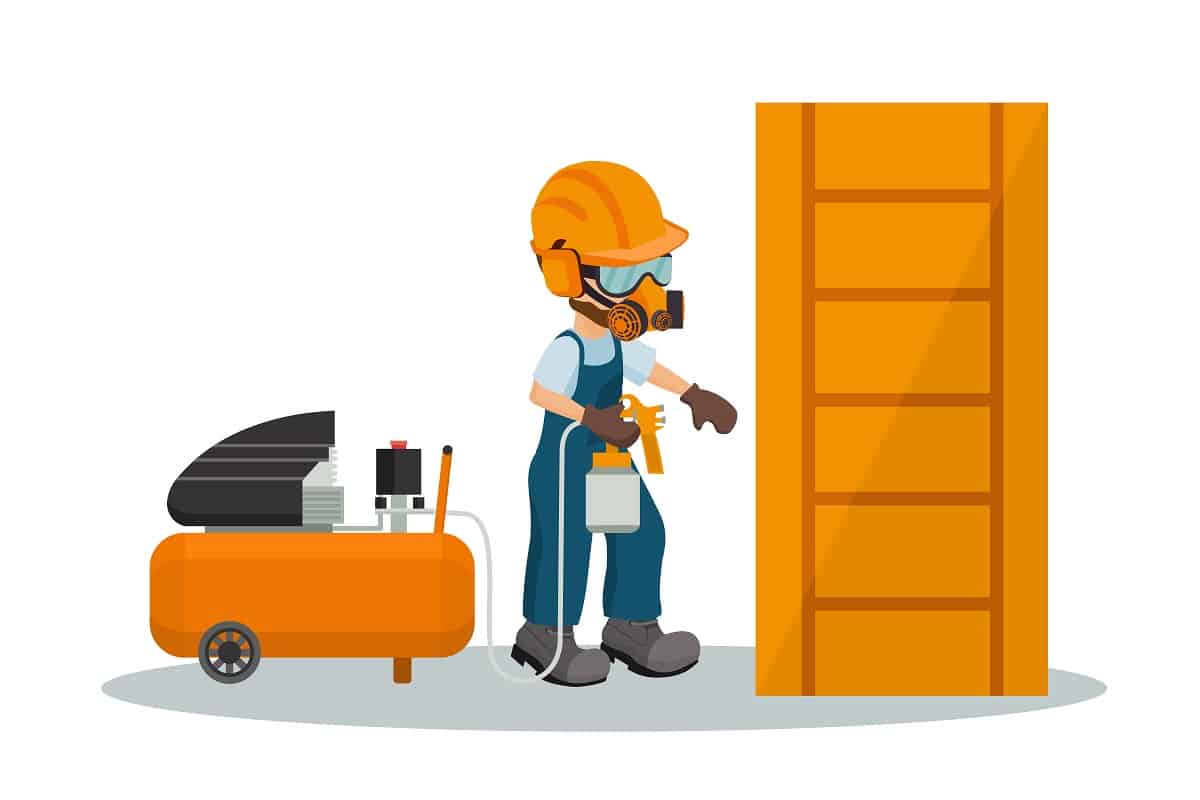
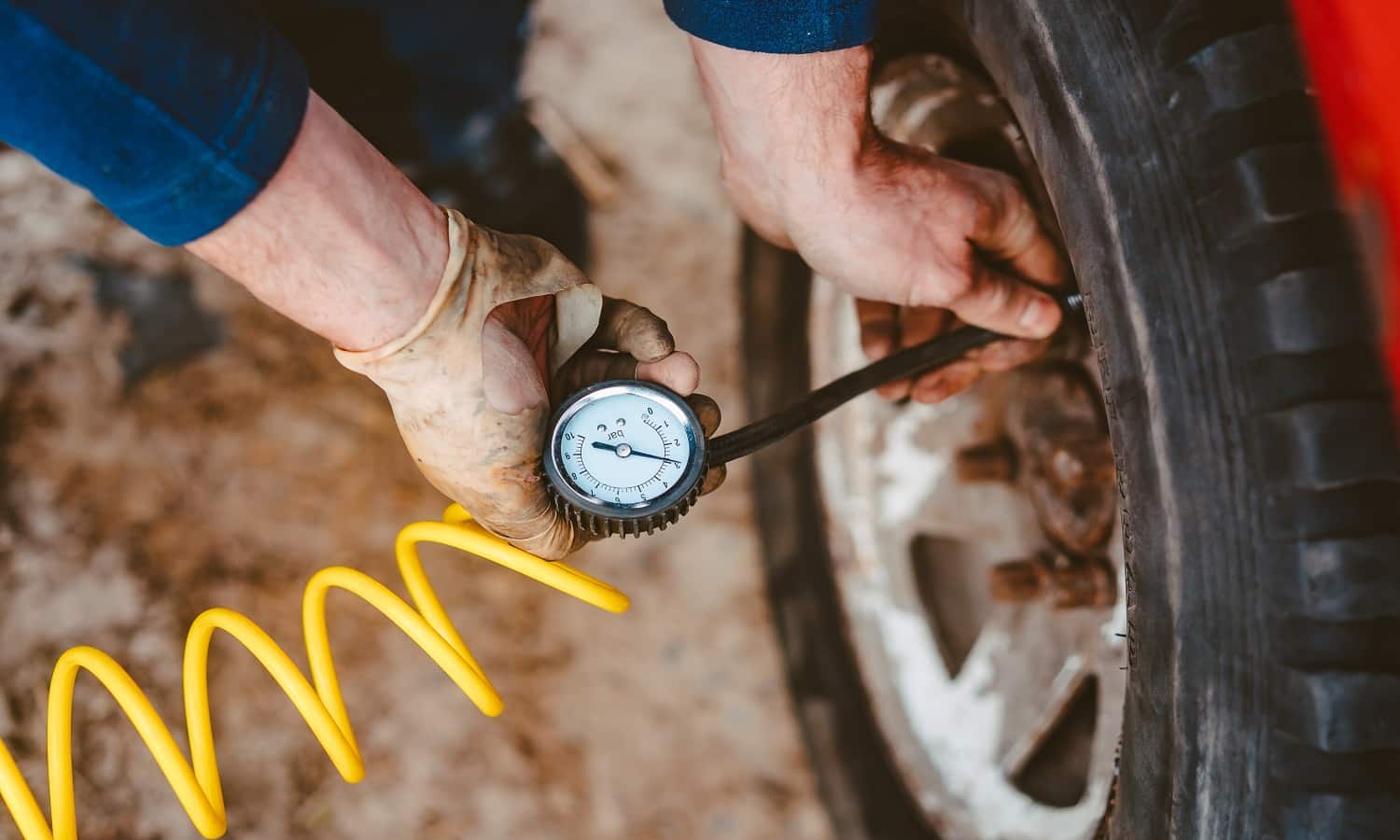

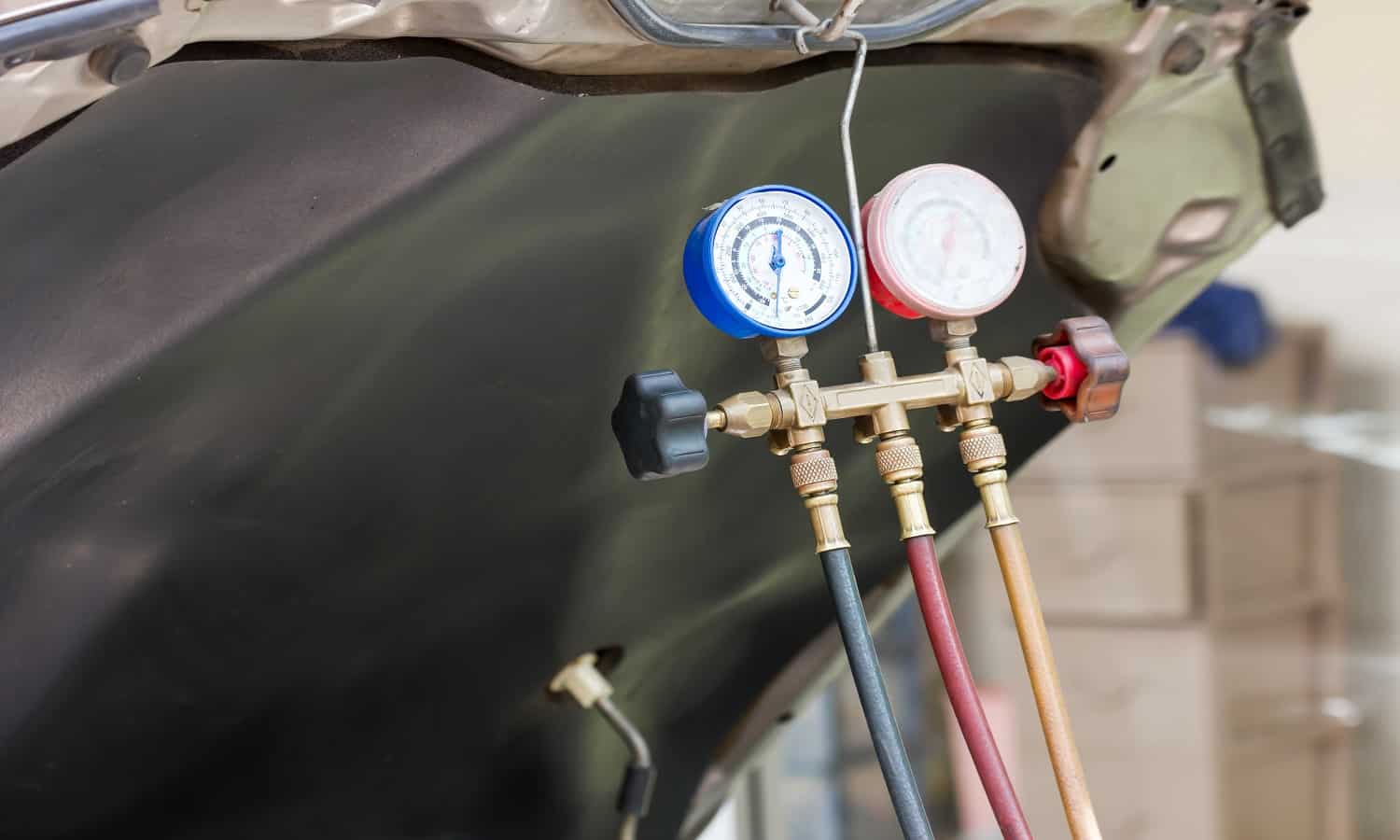
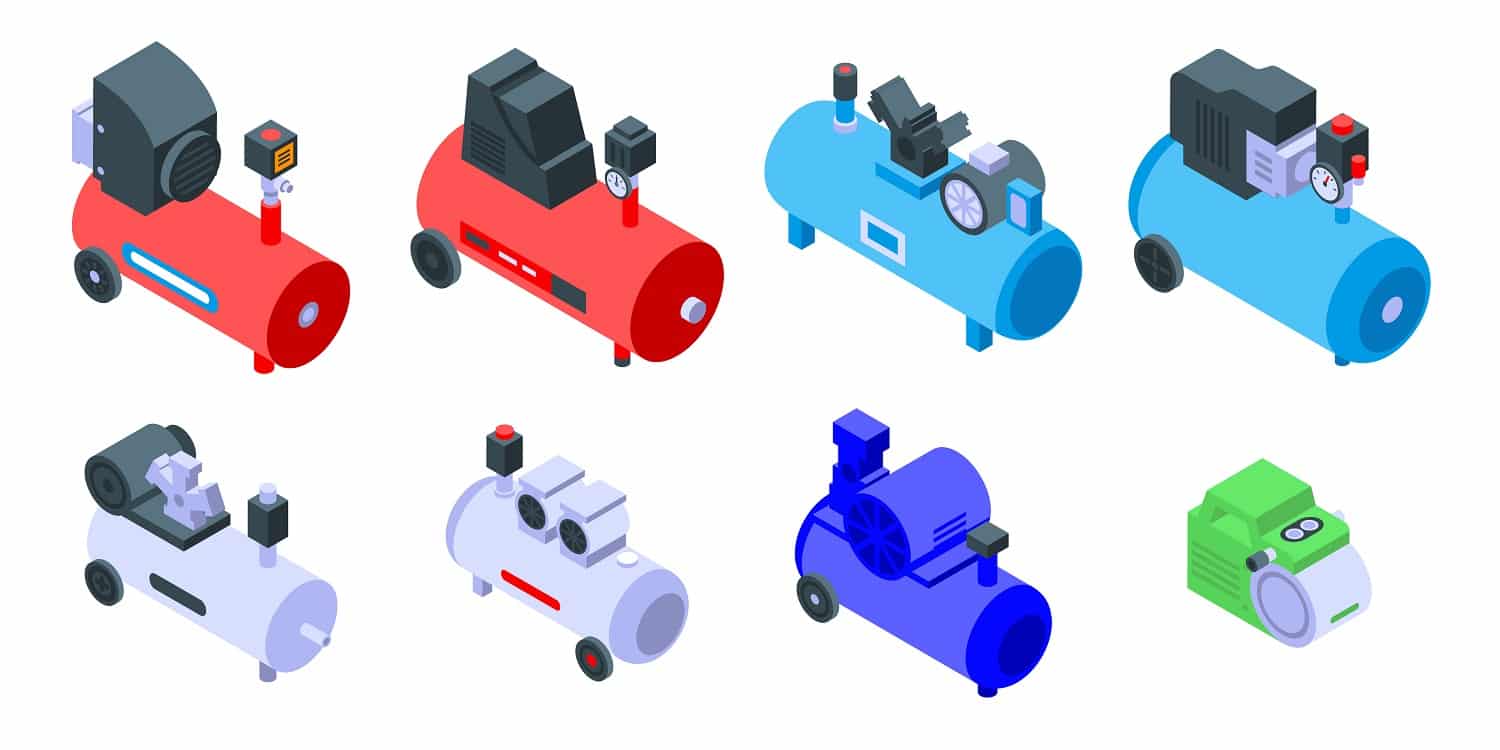
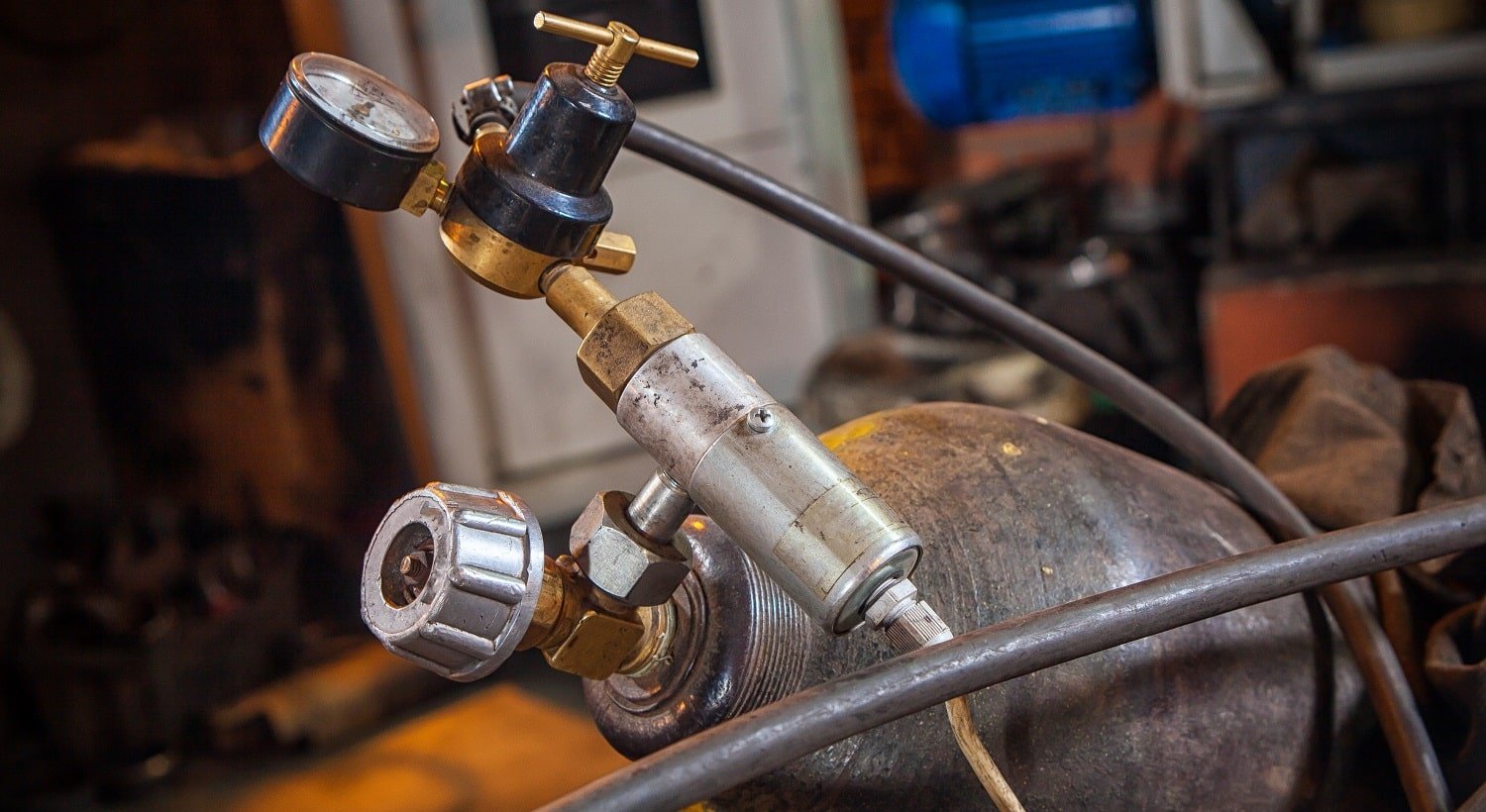
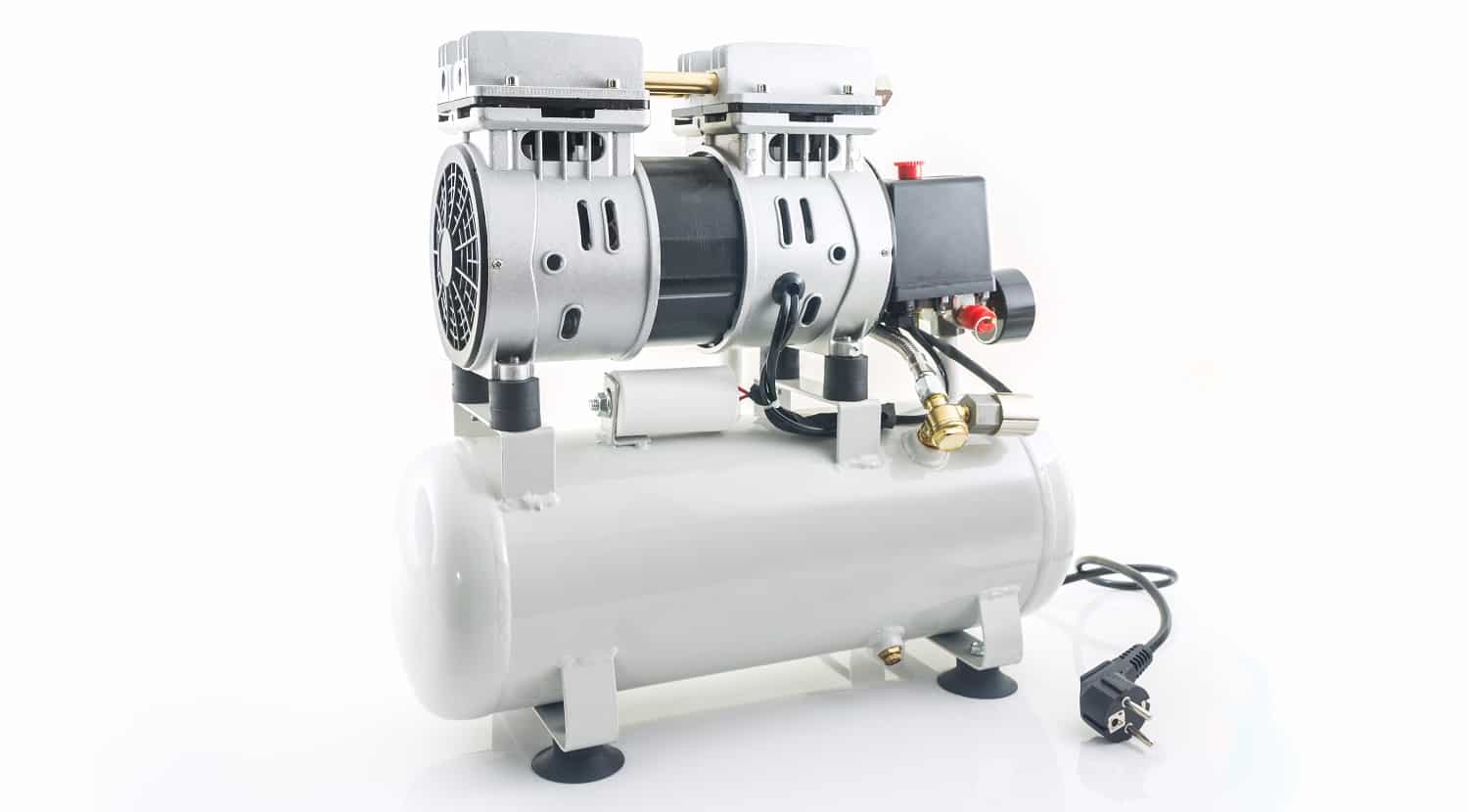
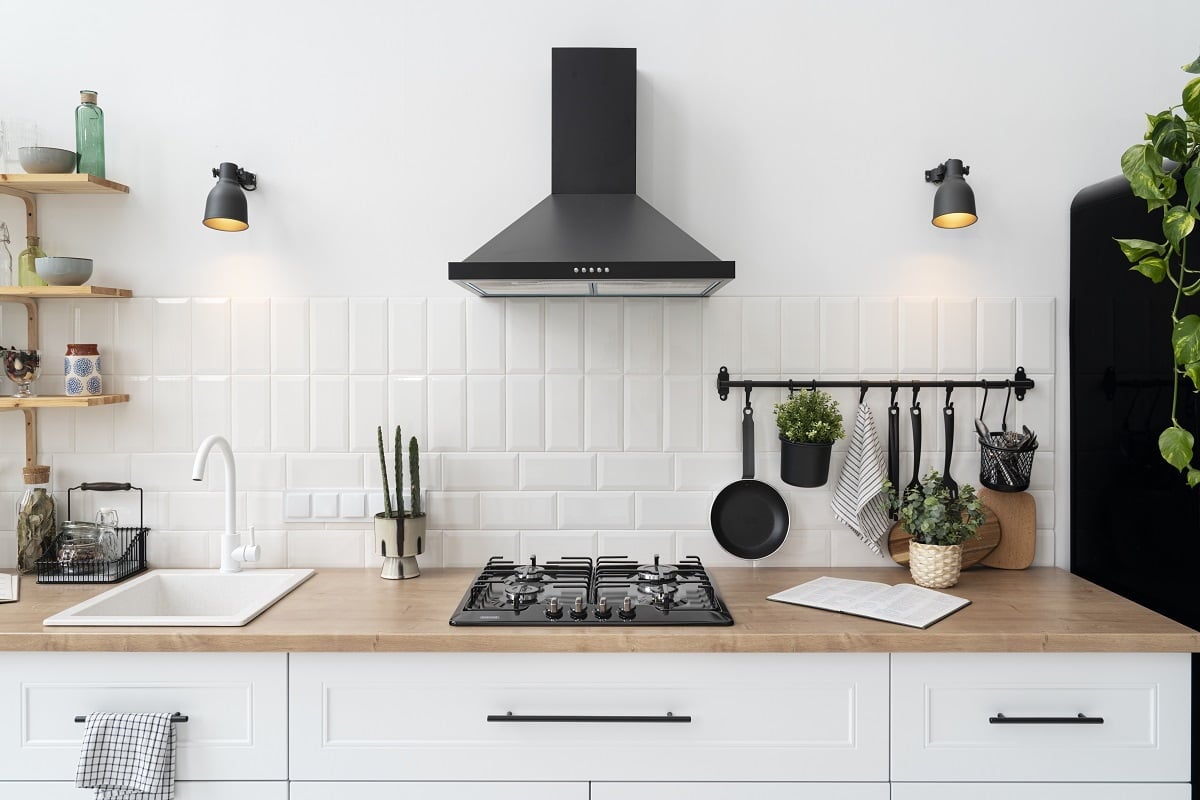
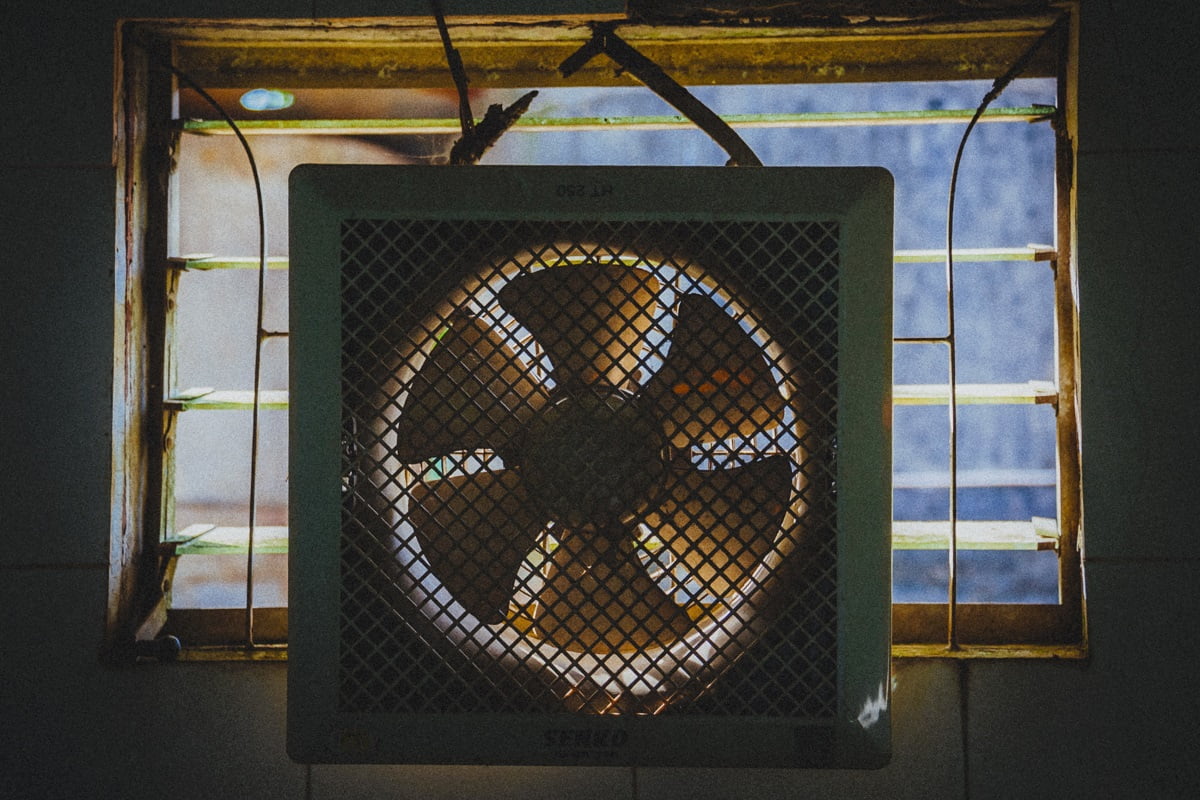
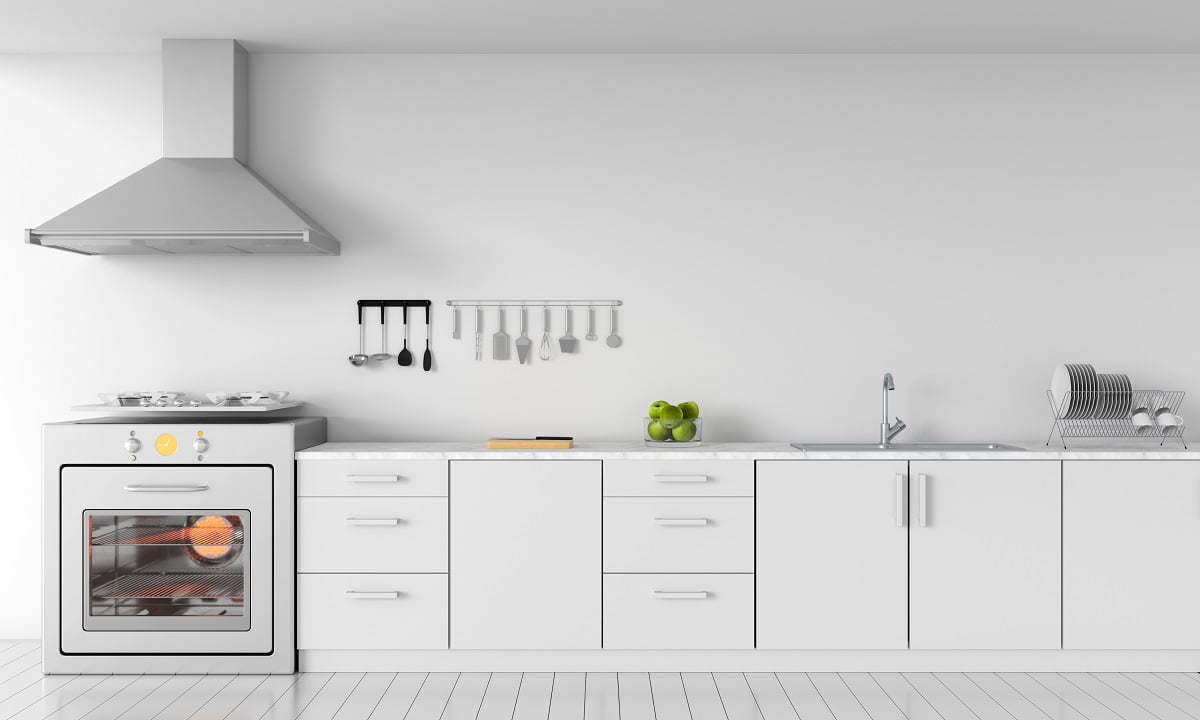








![13 Best Telescoping Ladders to Climb This Year [Buyer's Guide] 13 Best Telescoping Ladders to Climb This Year [Buyer’s Guide]](https://homesthetics.net/wp-content/uploads/2021/06/best-telescoping-ladder.jpg)
